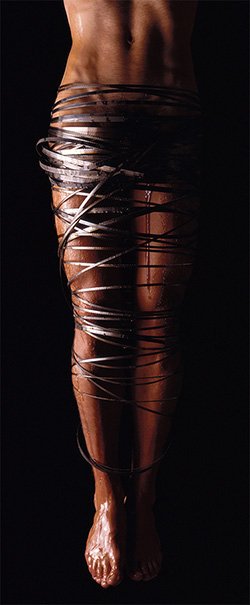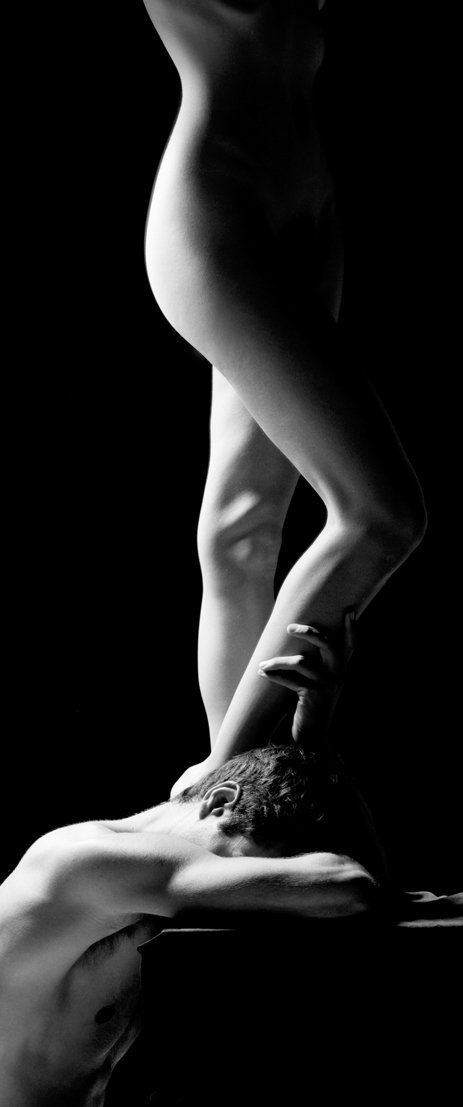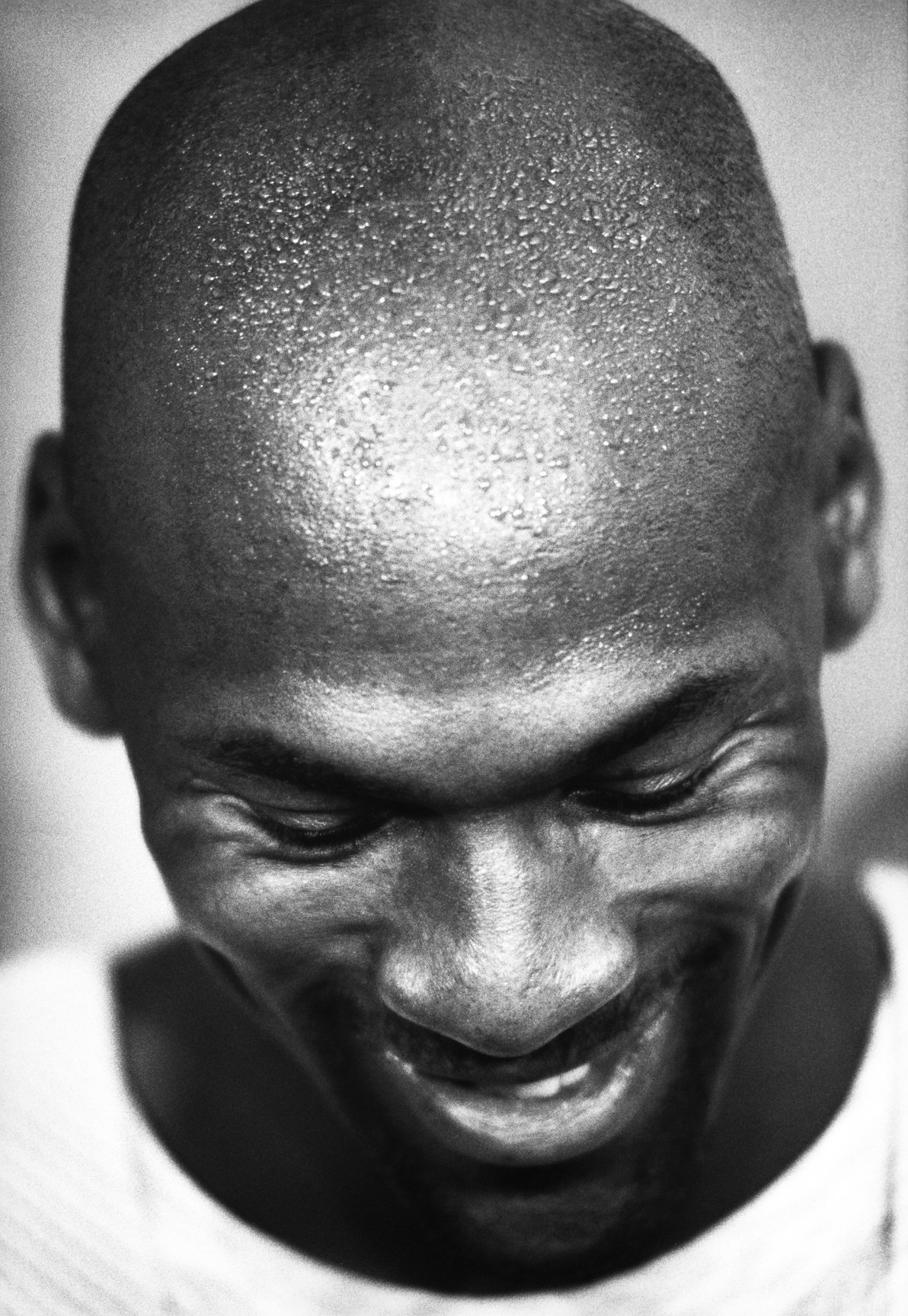
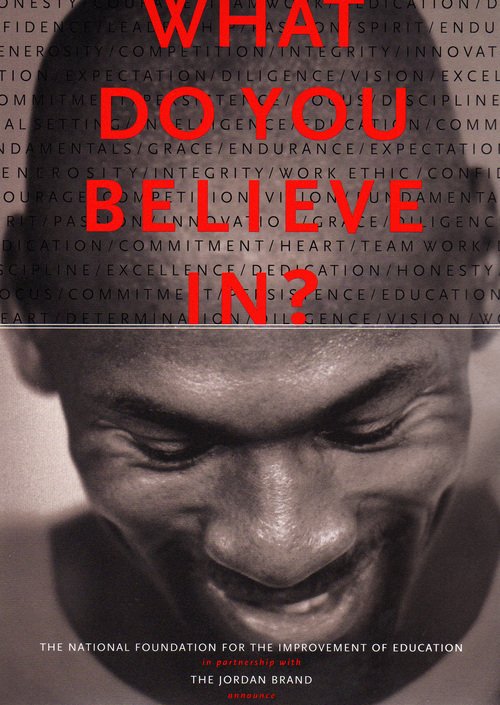
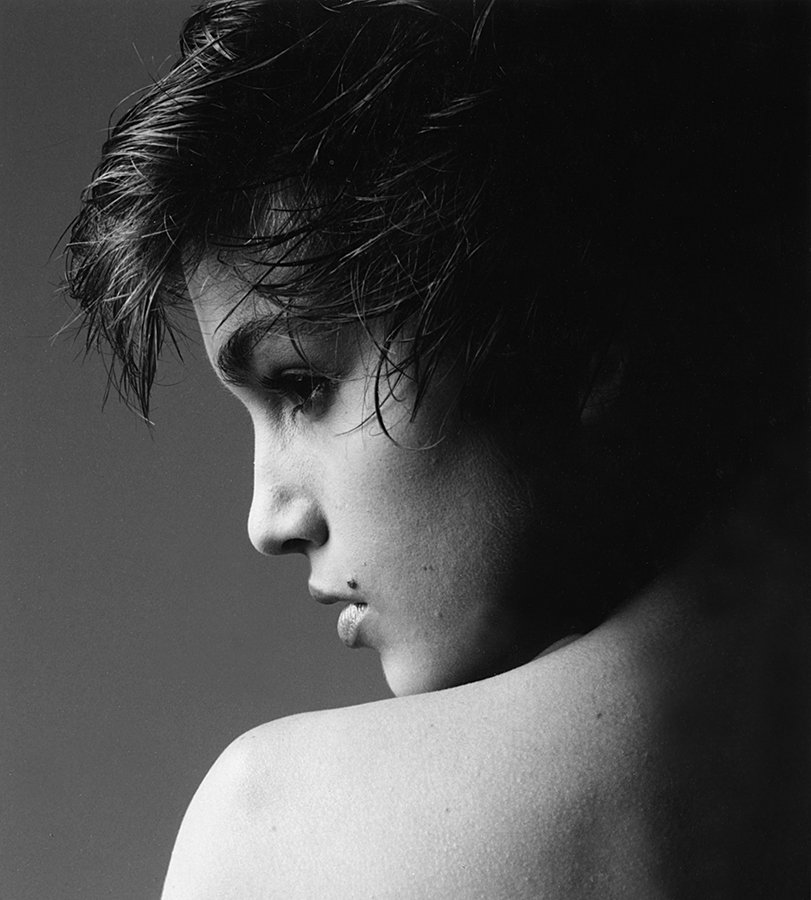
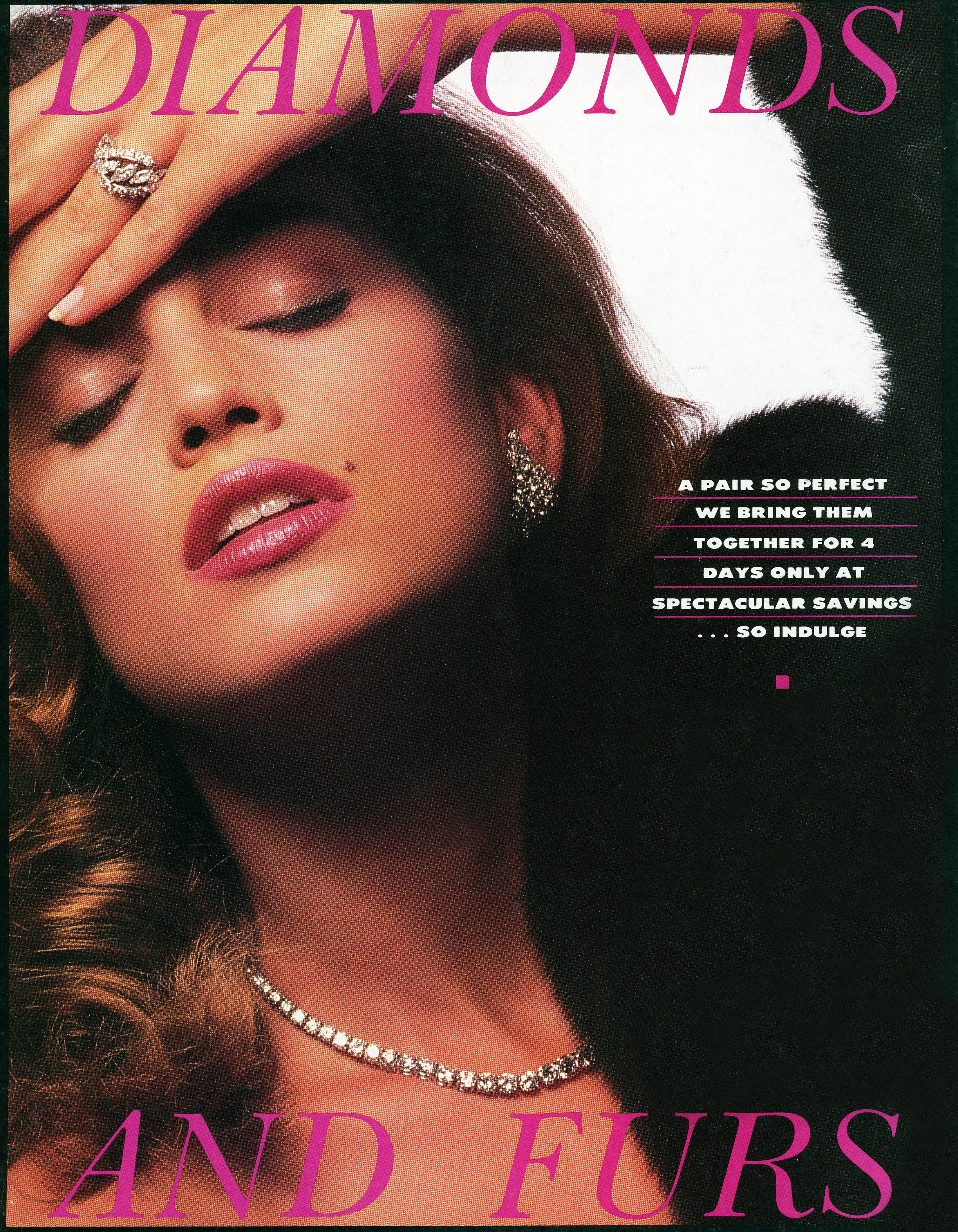

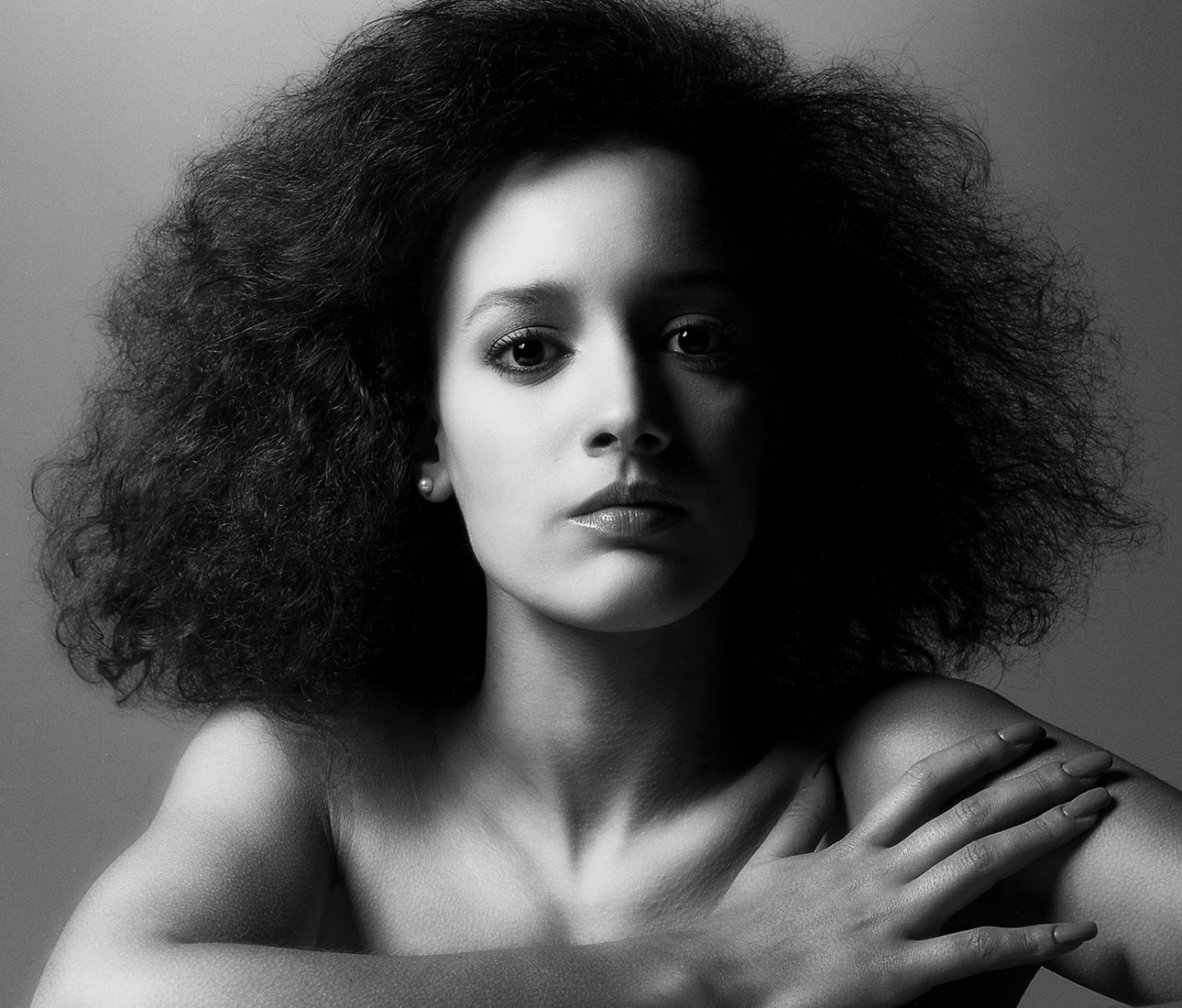
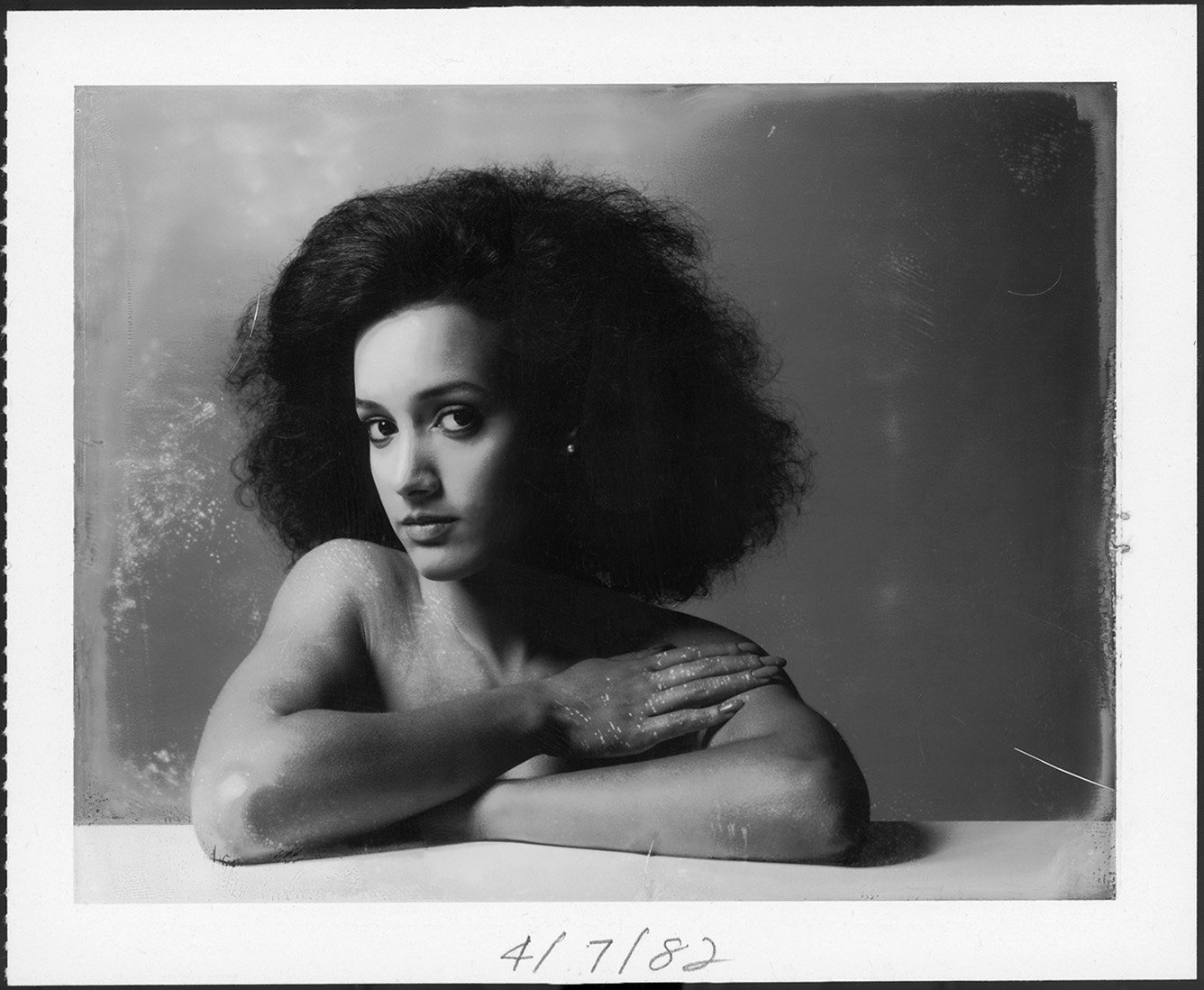


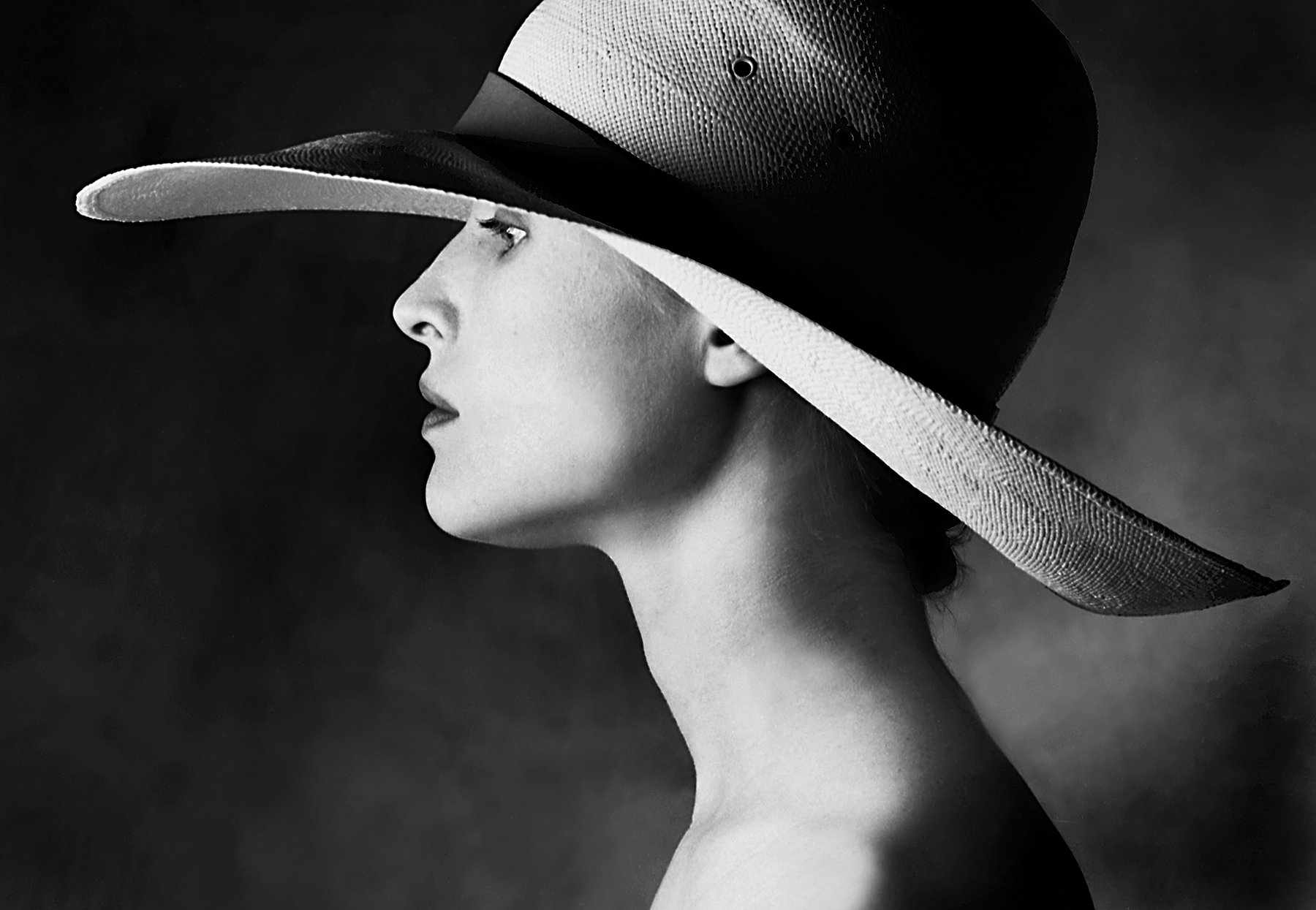
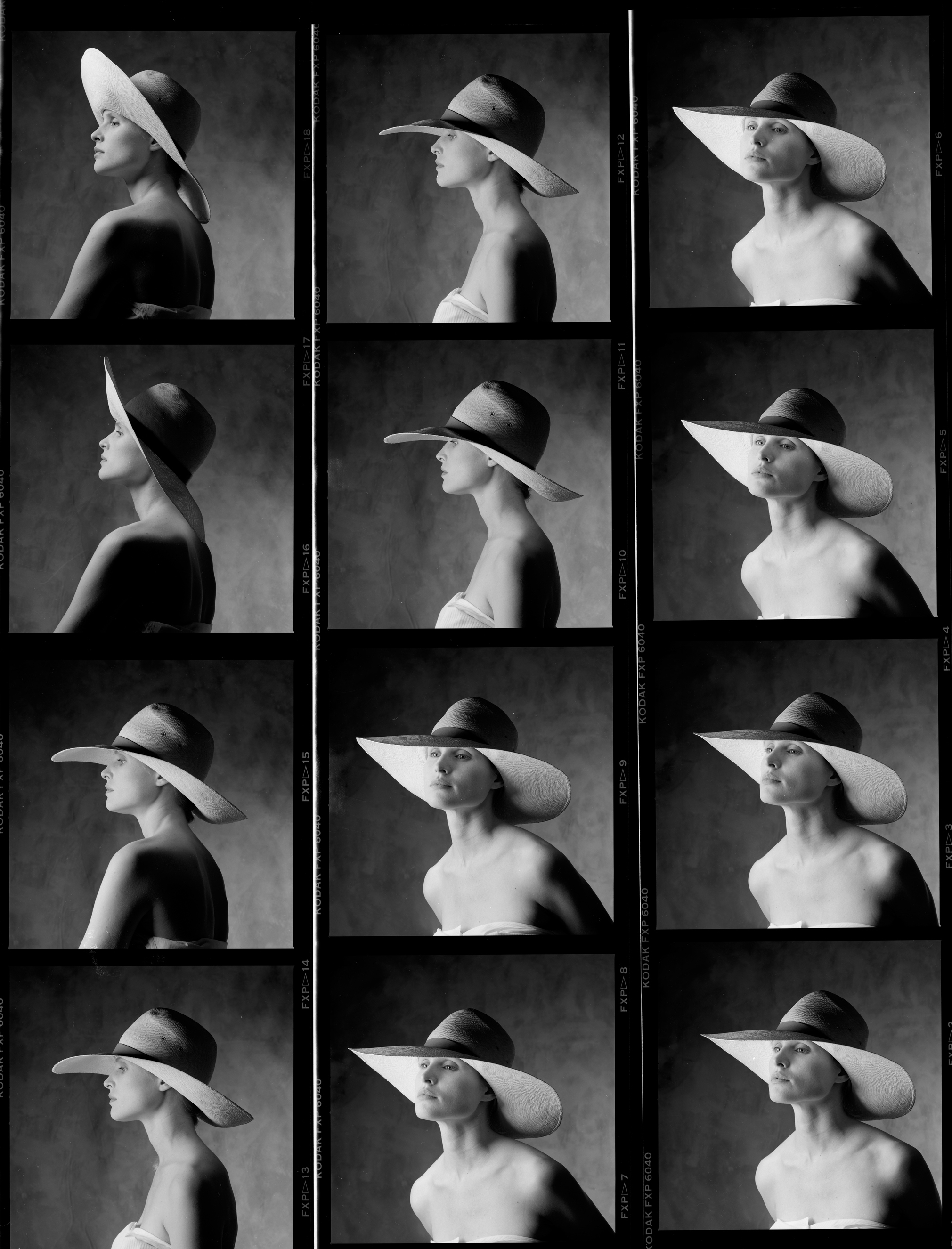
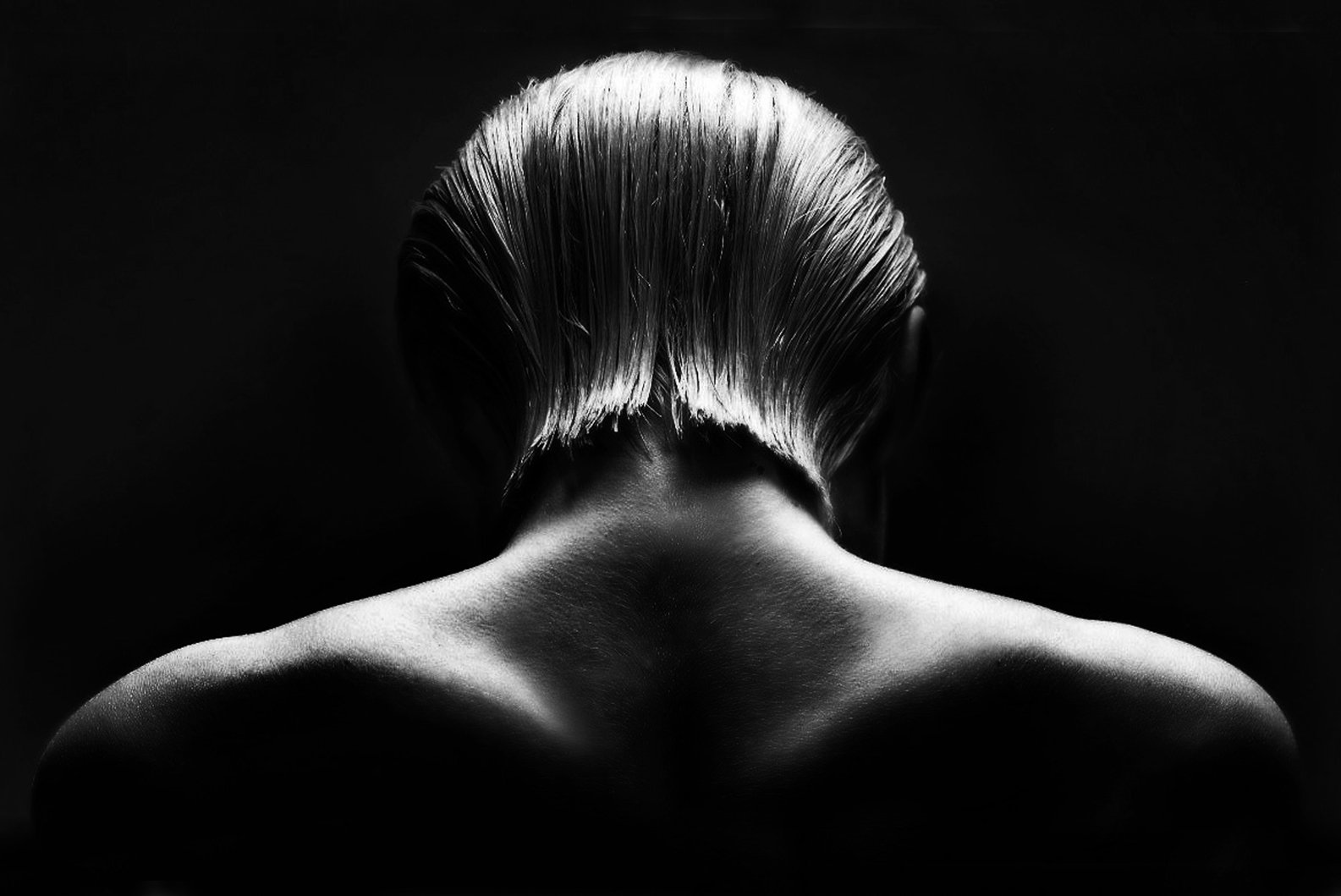
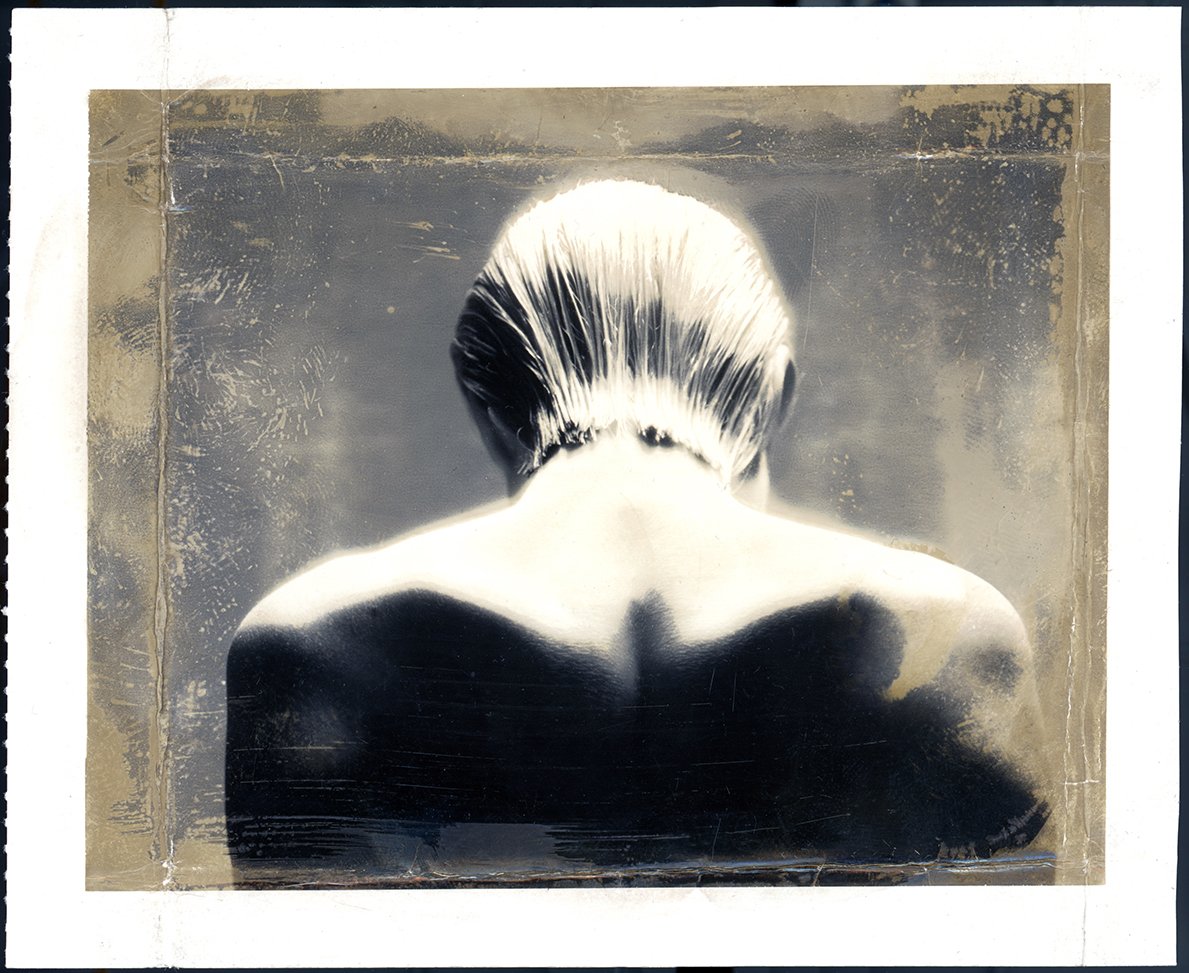
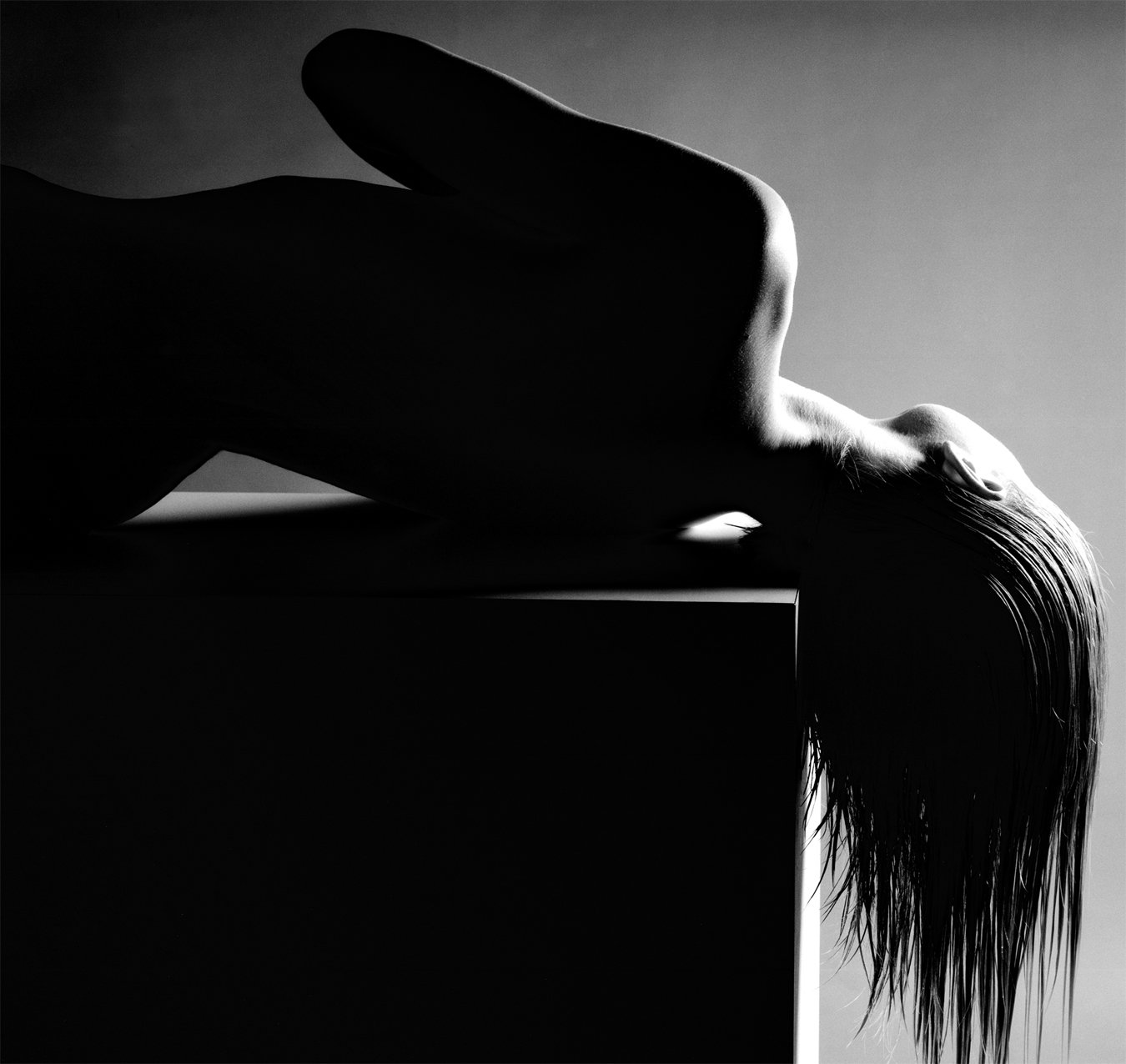
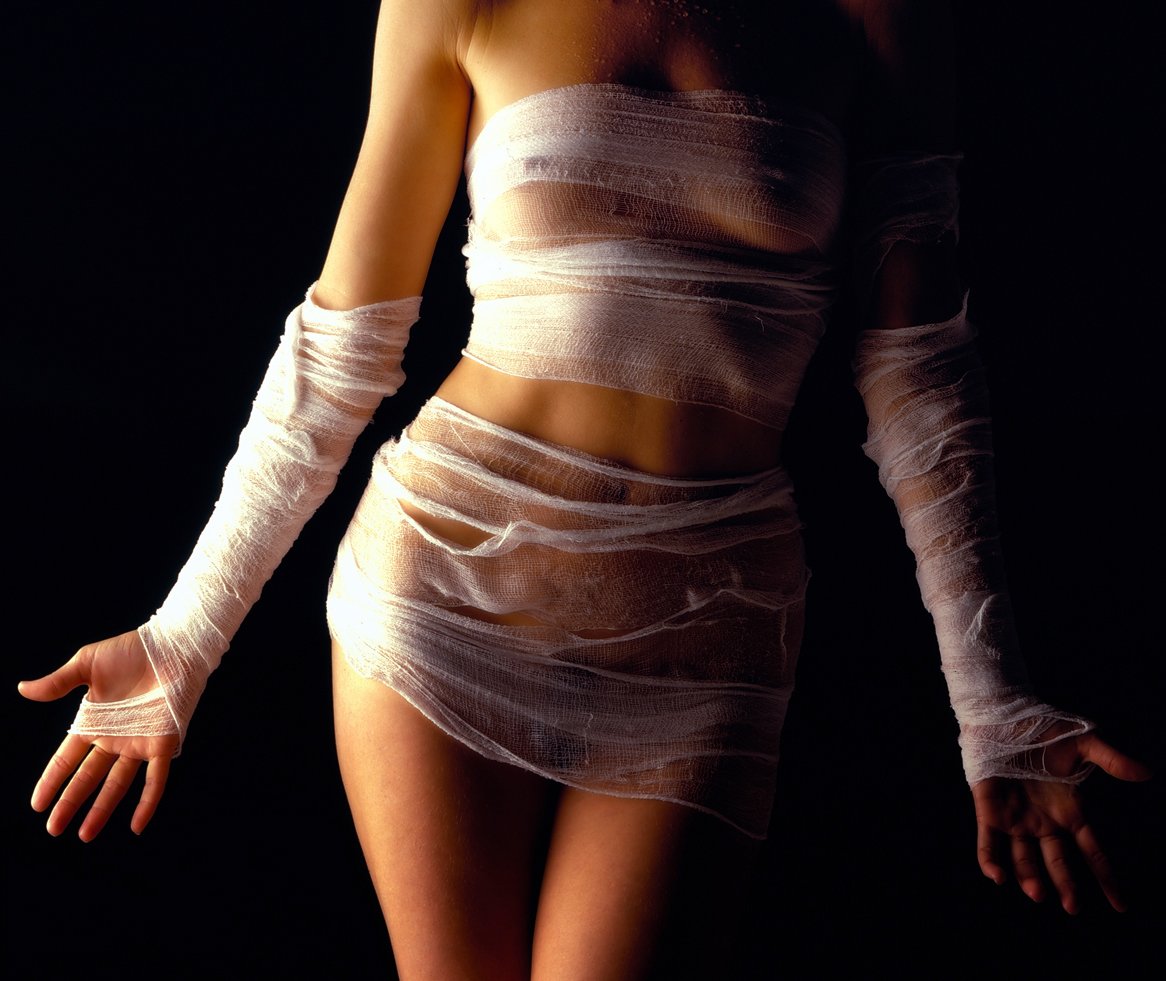
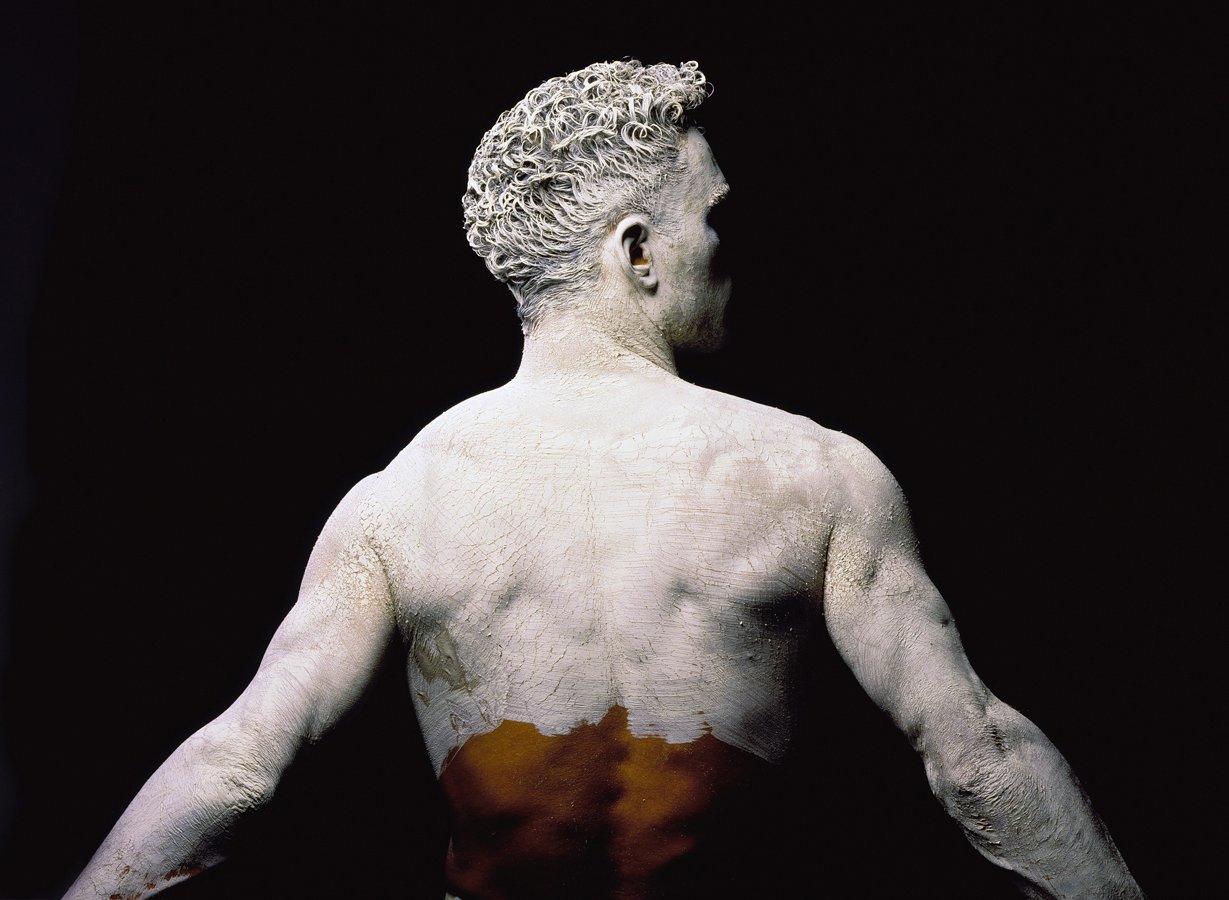


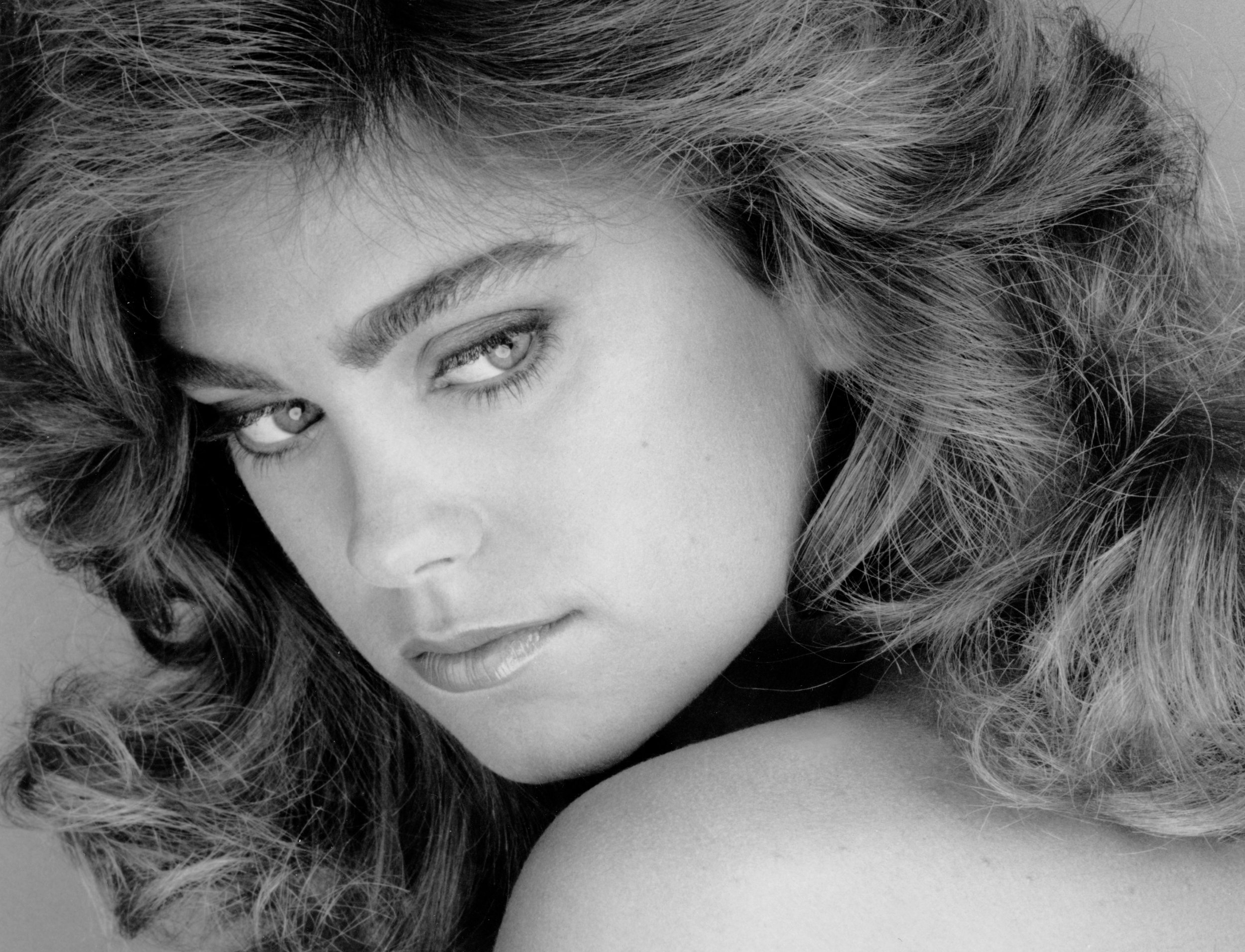
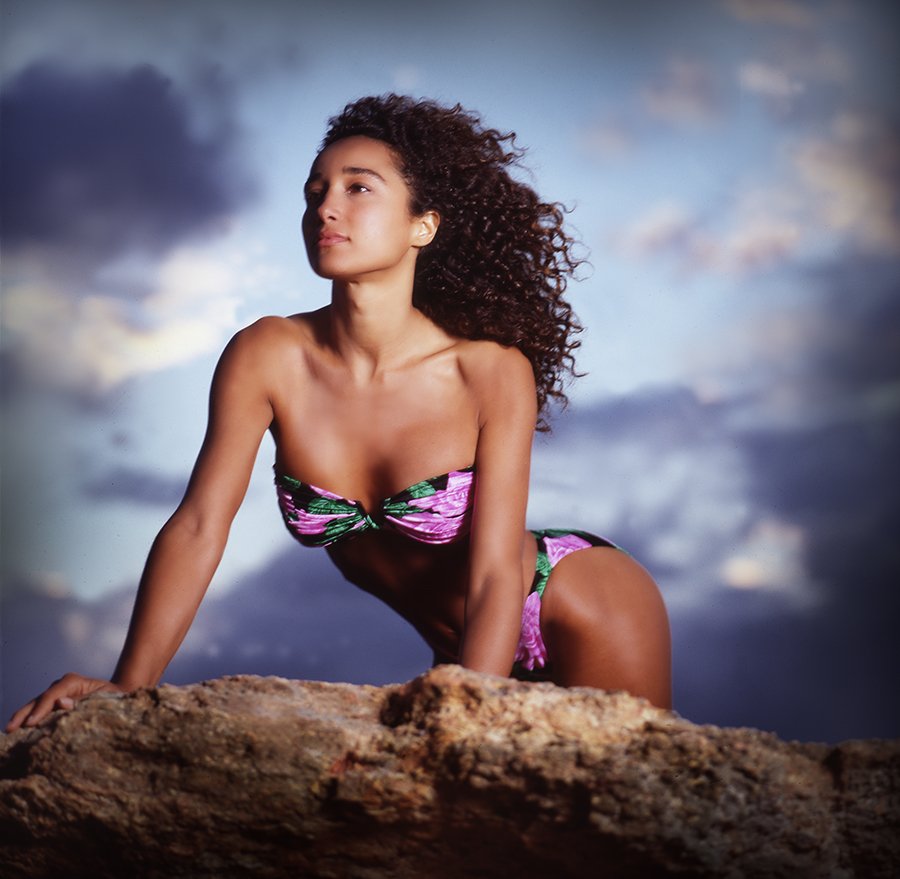
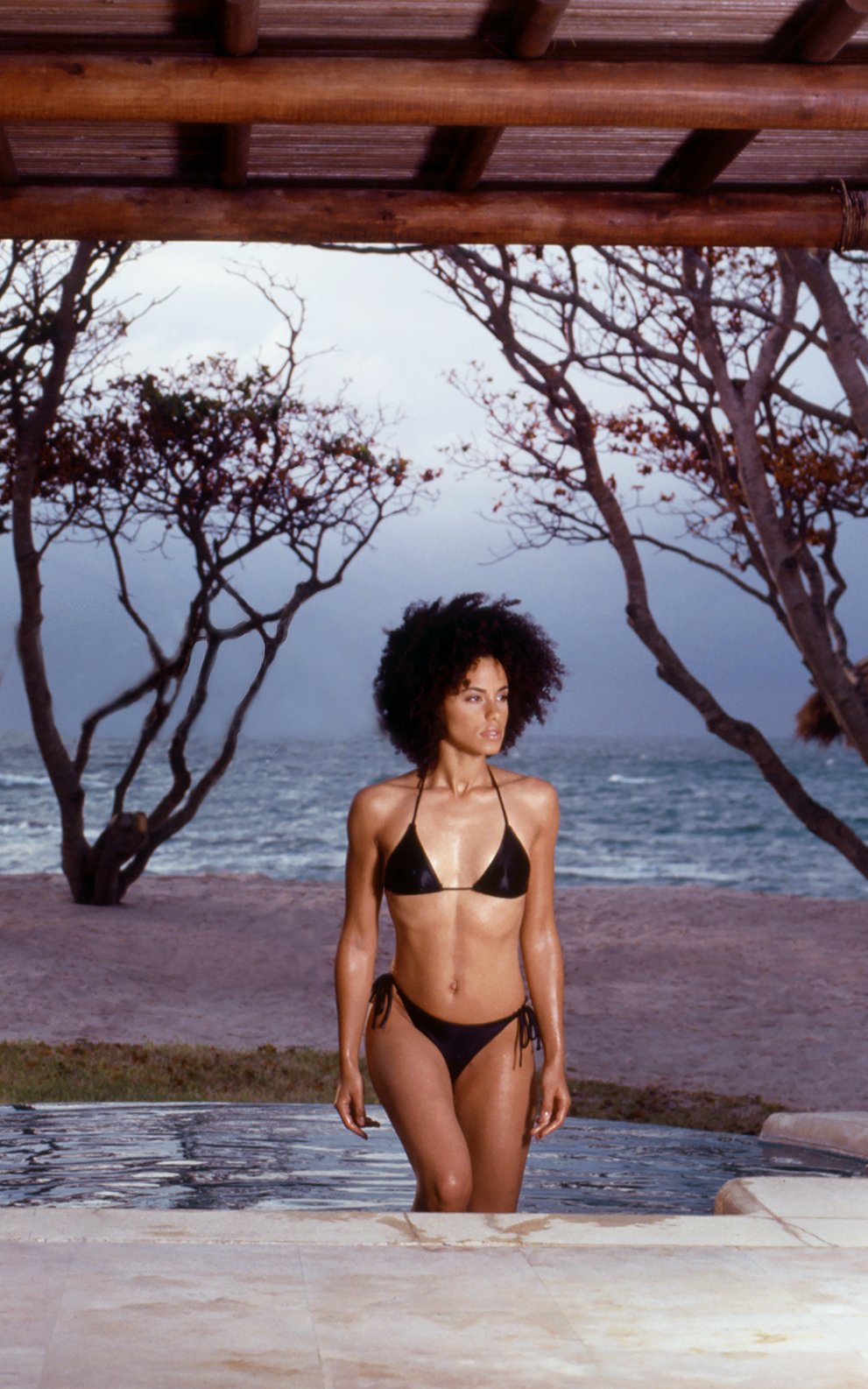
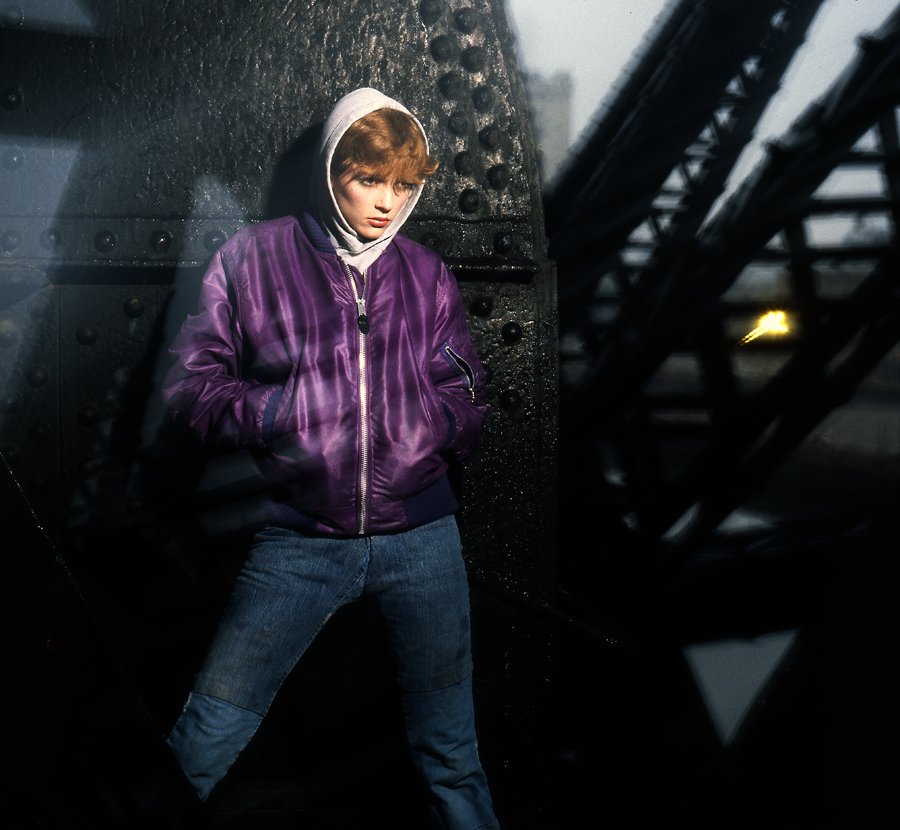

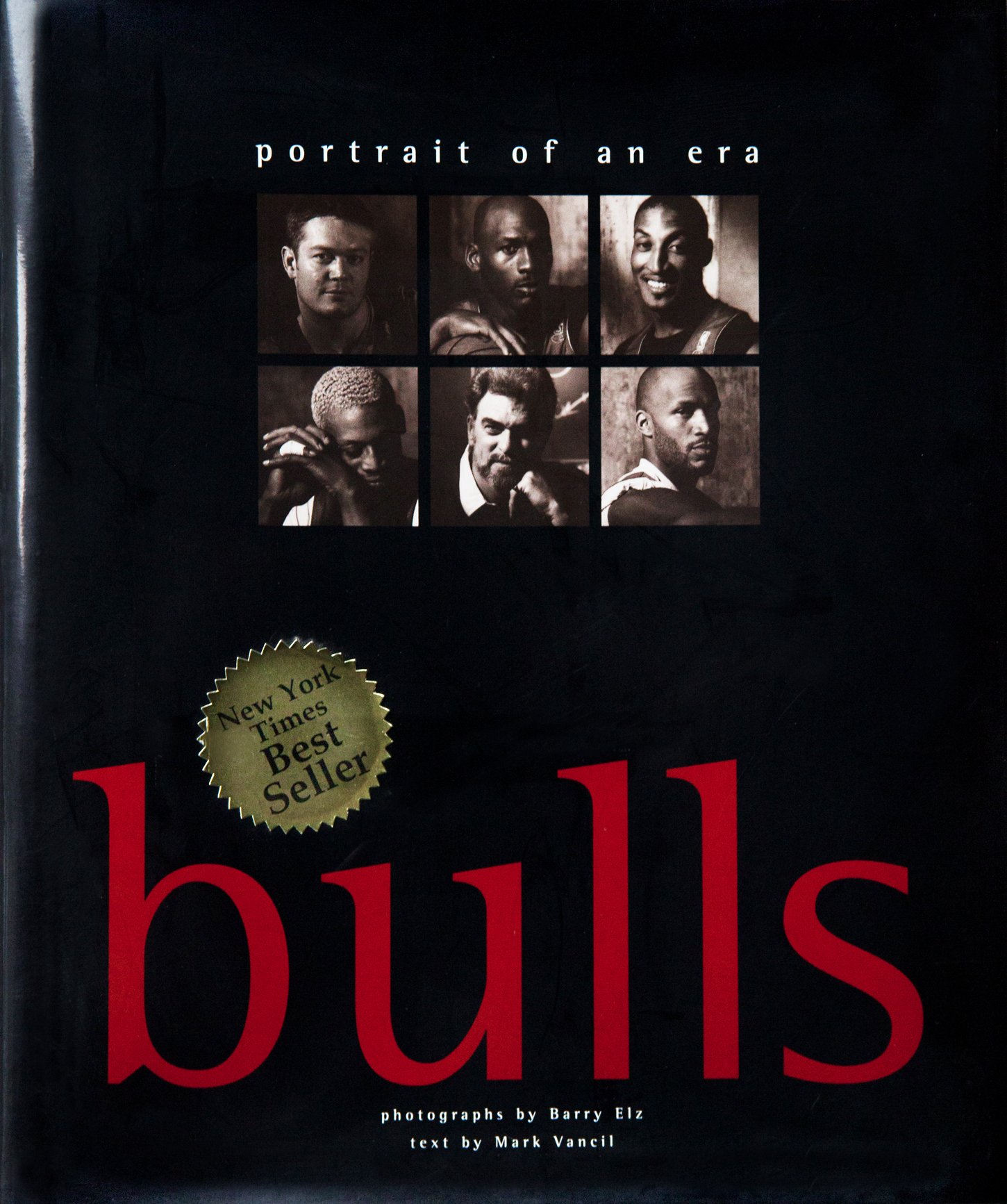
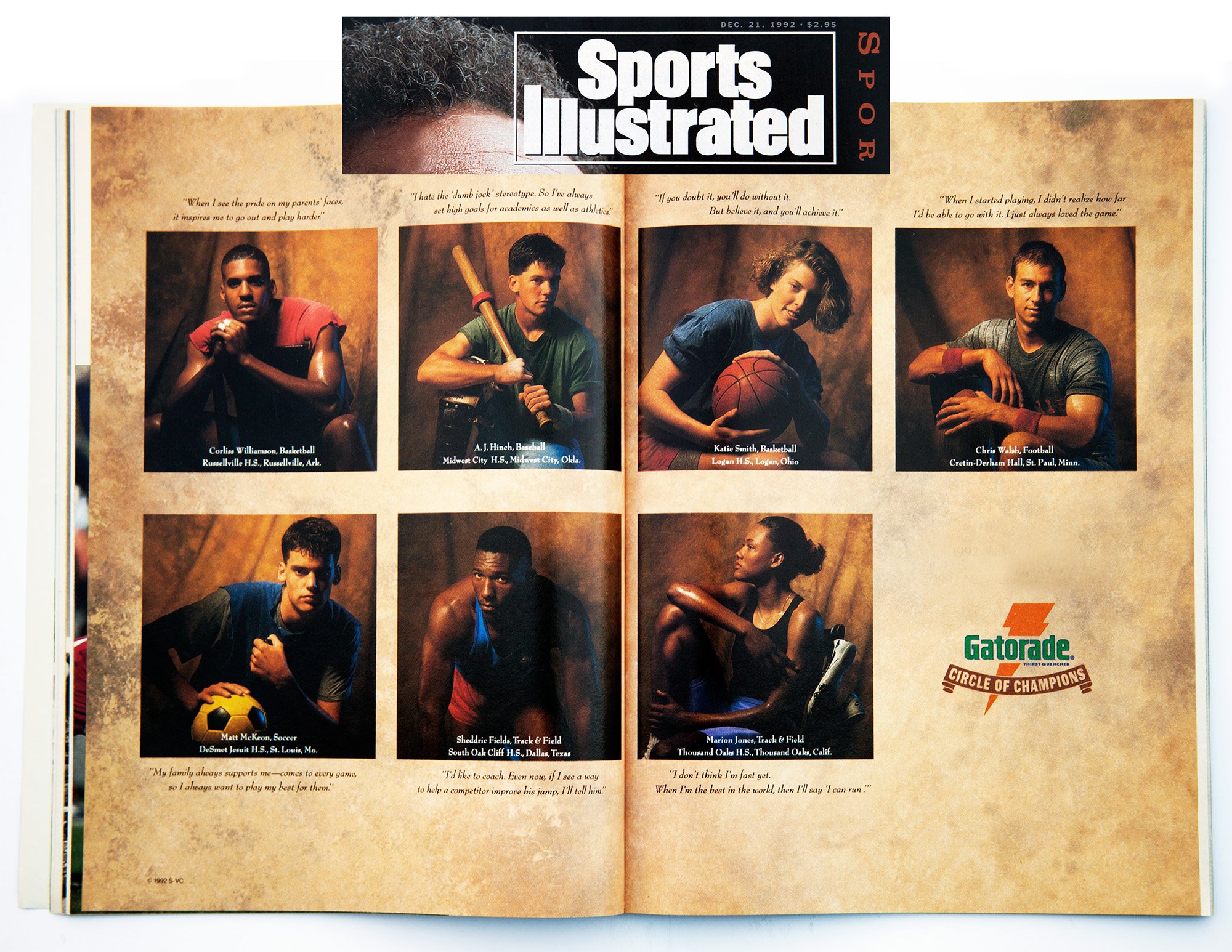
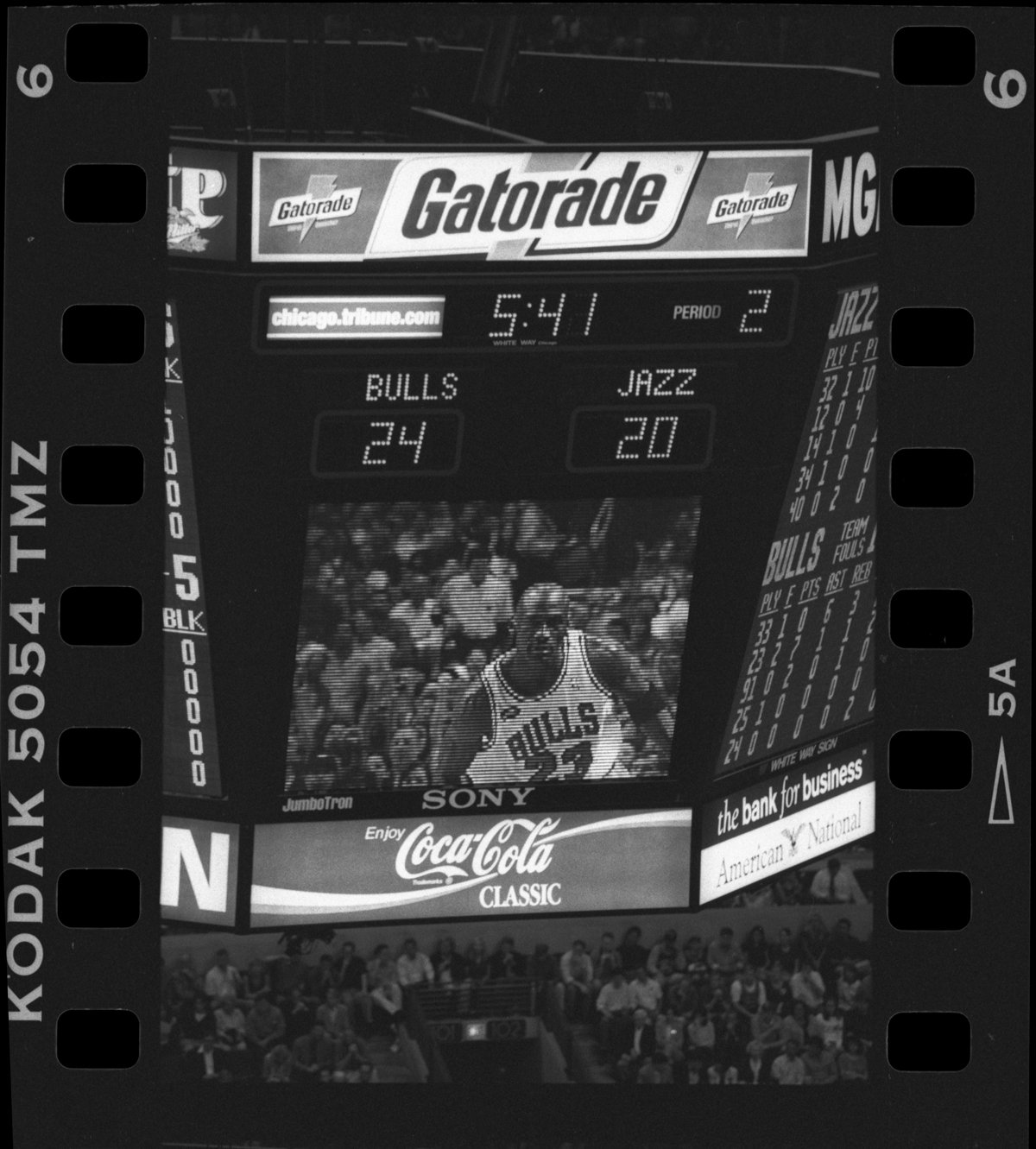
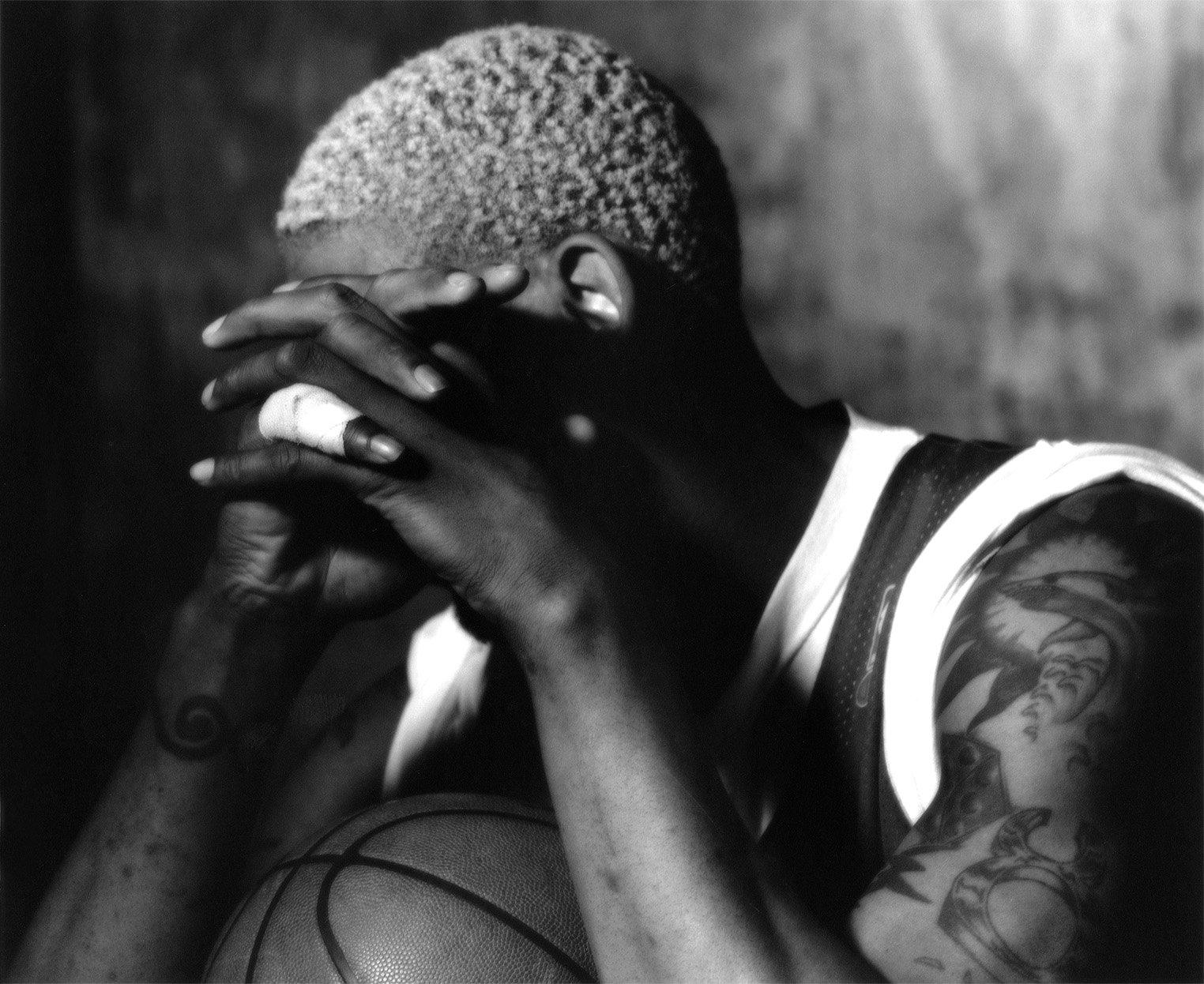
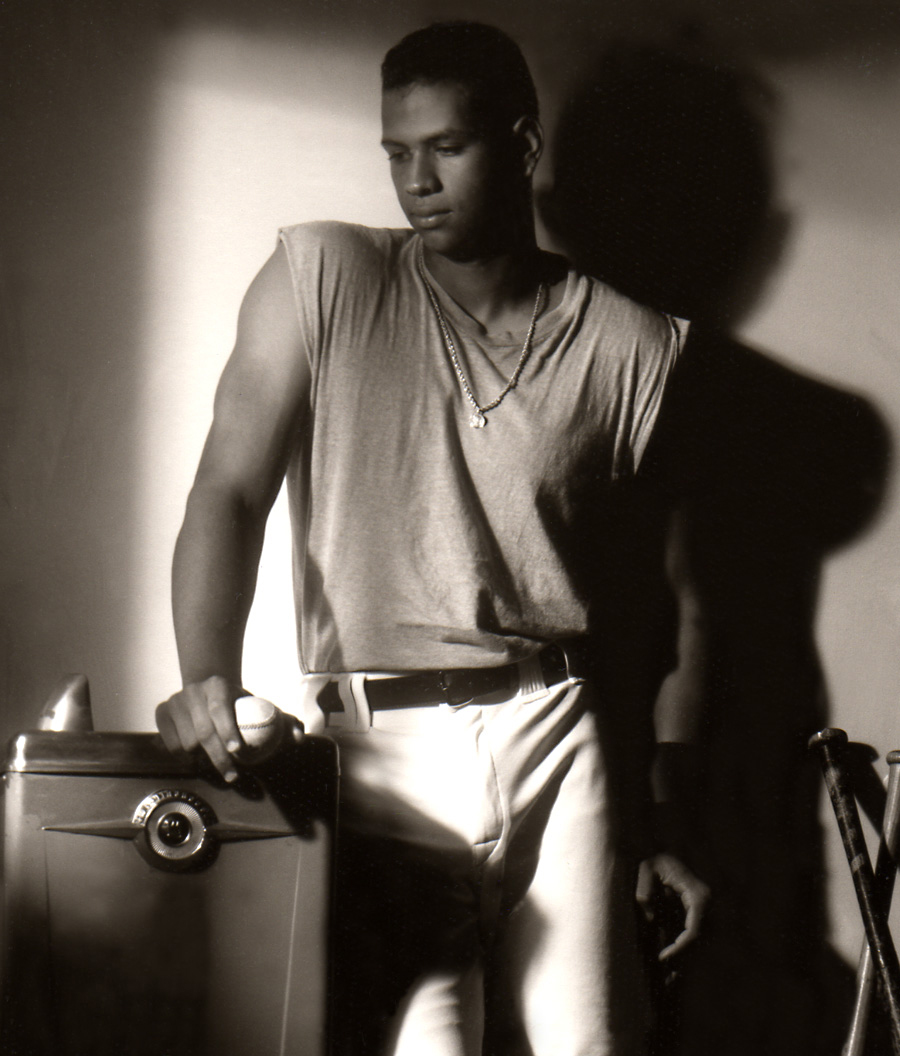
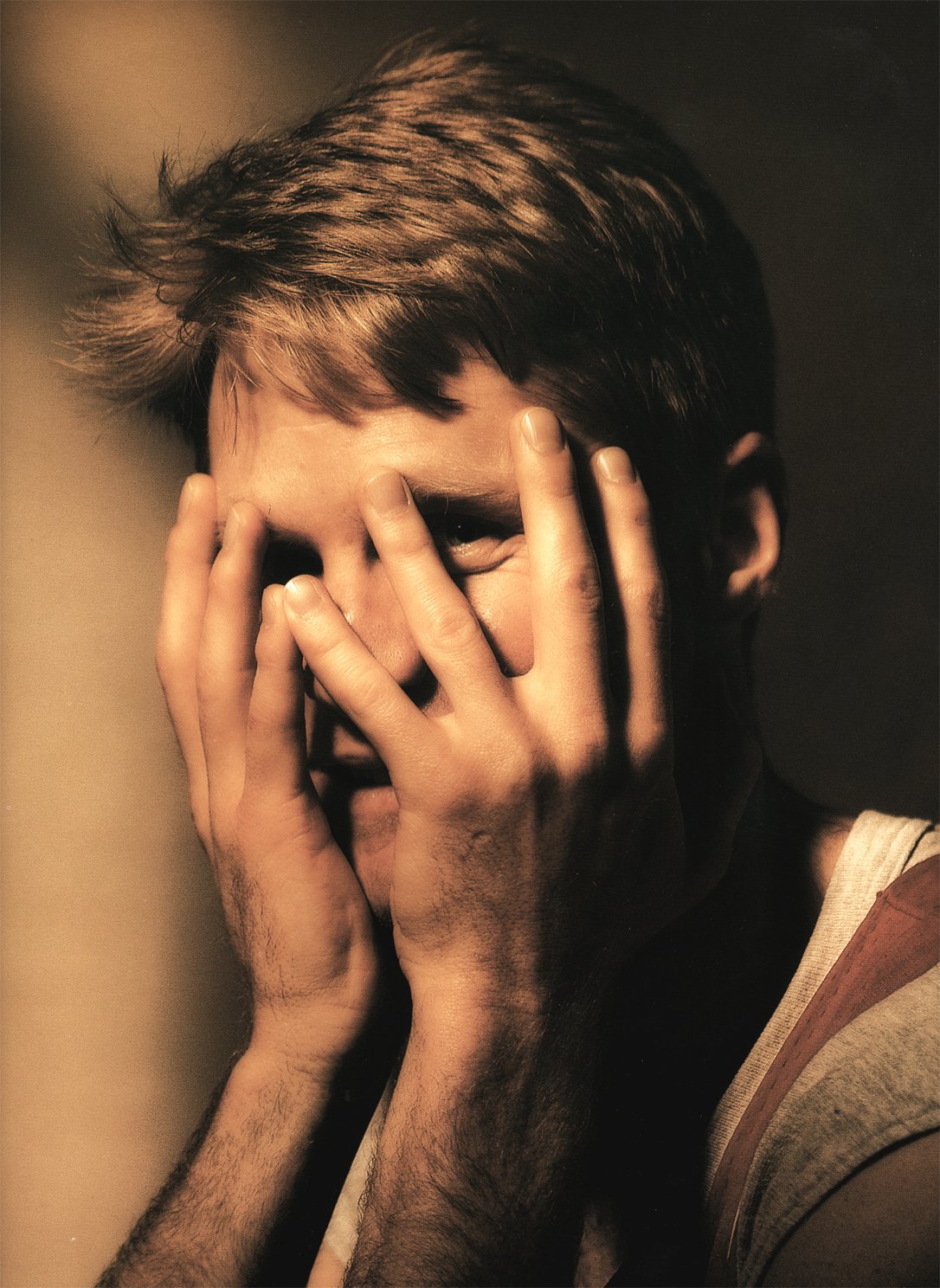
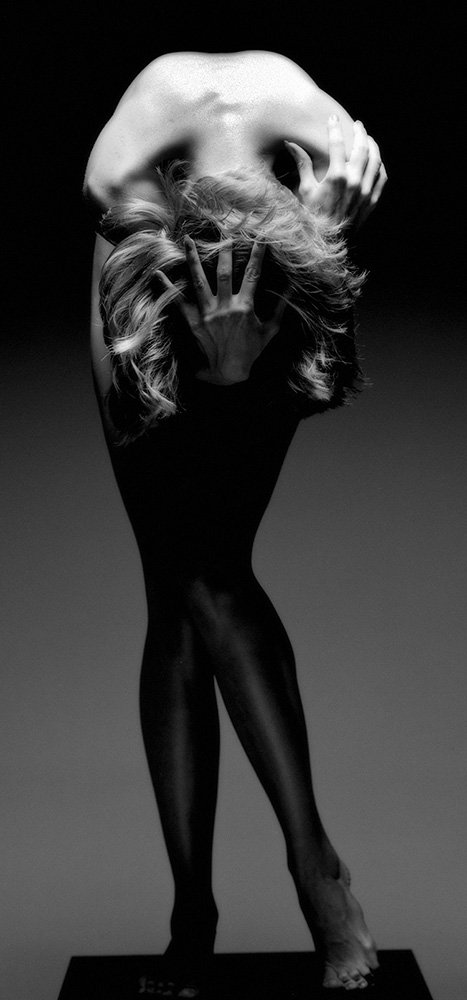
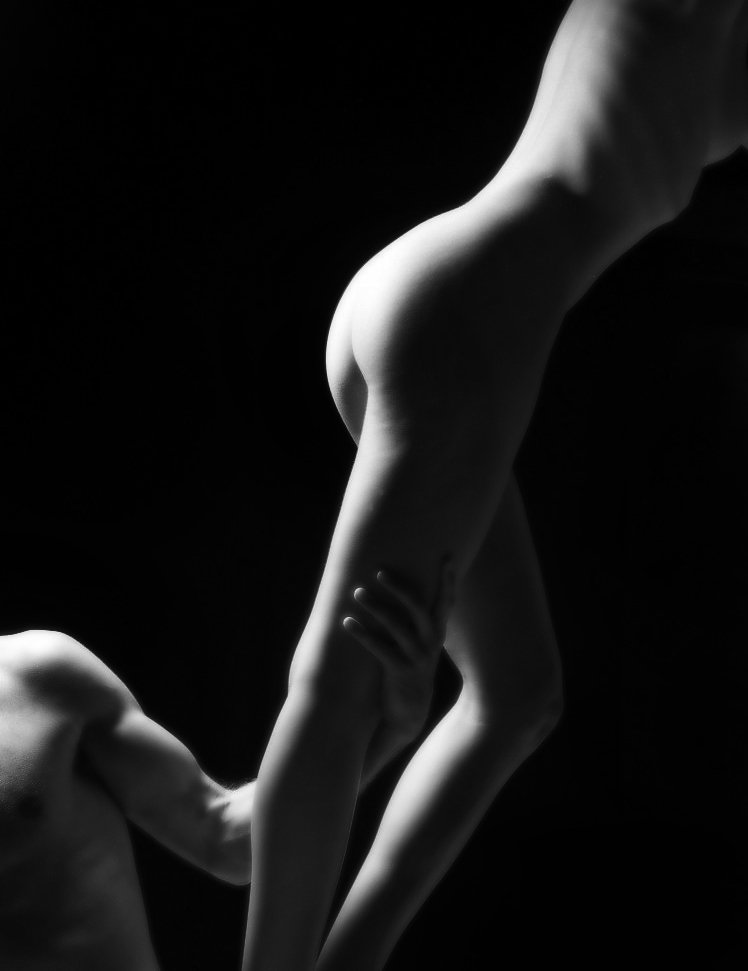

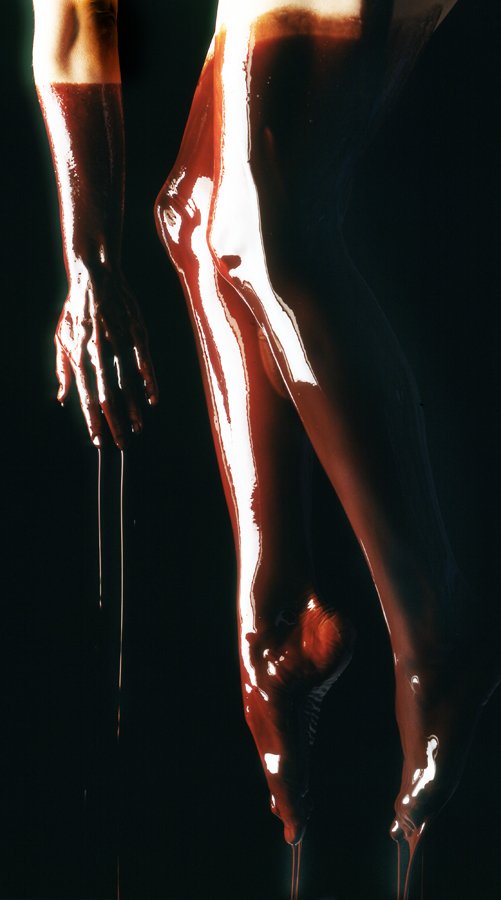
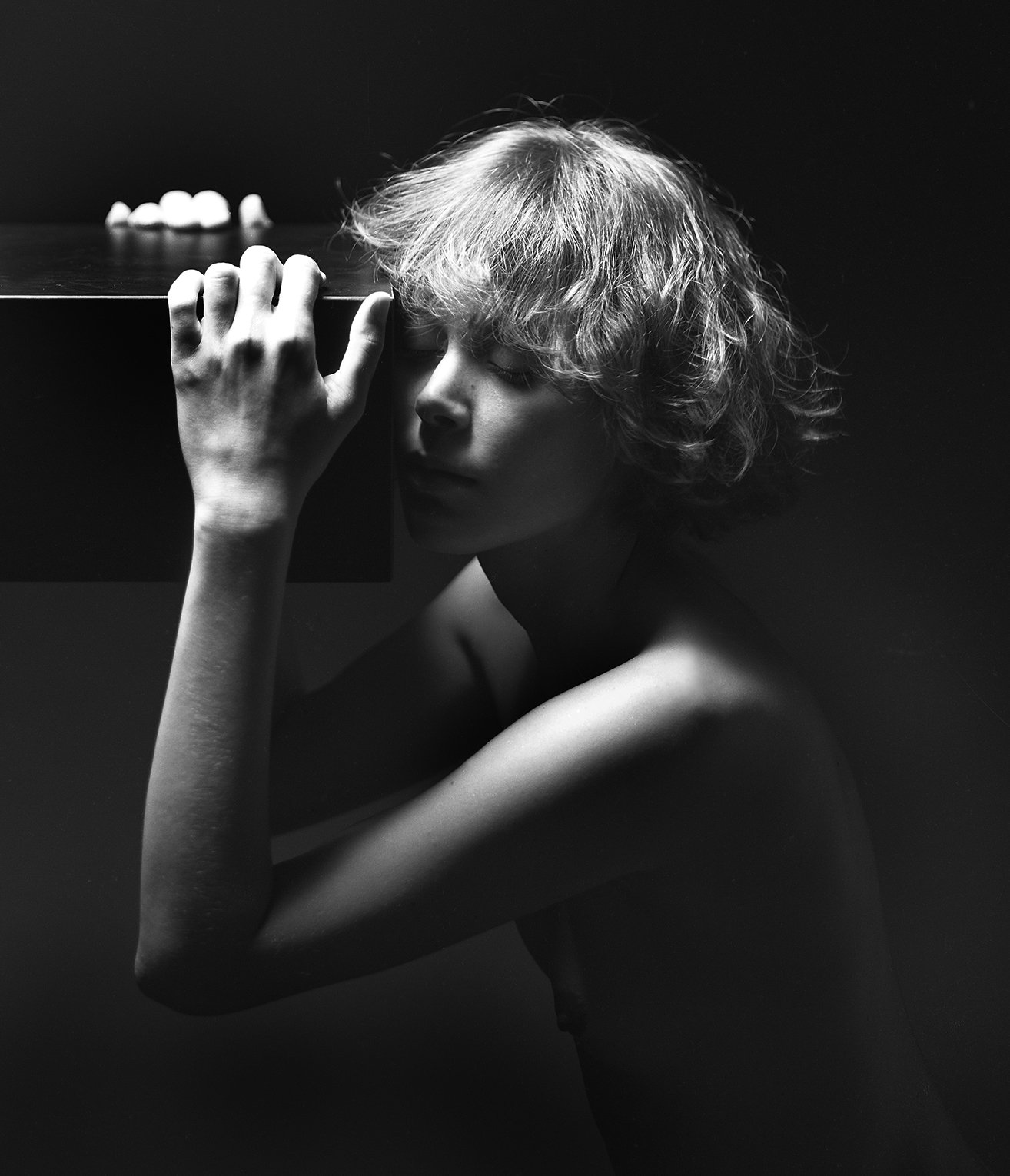
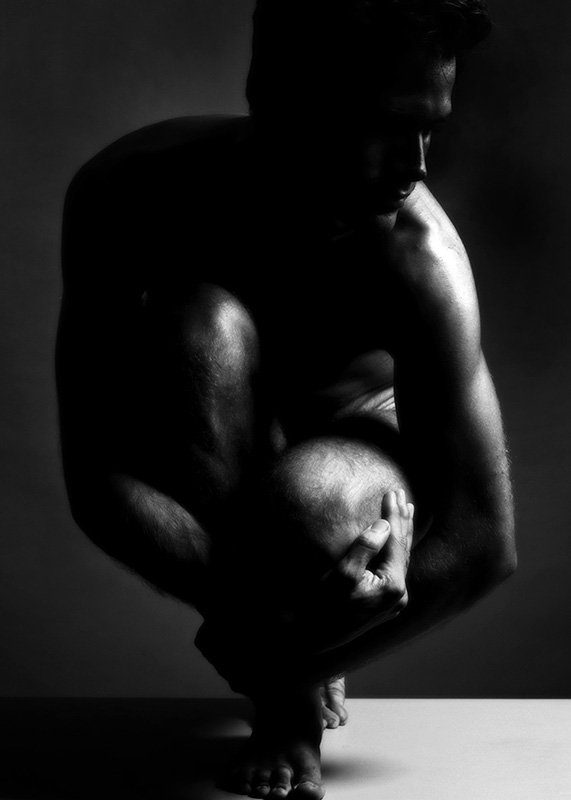
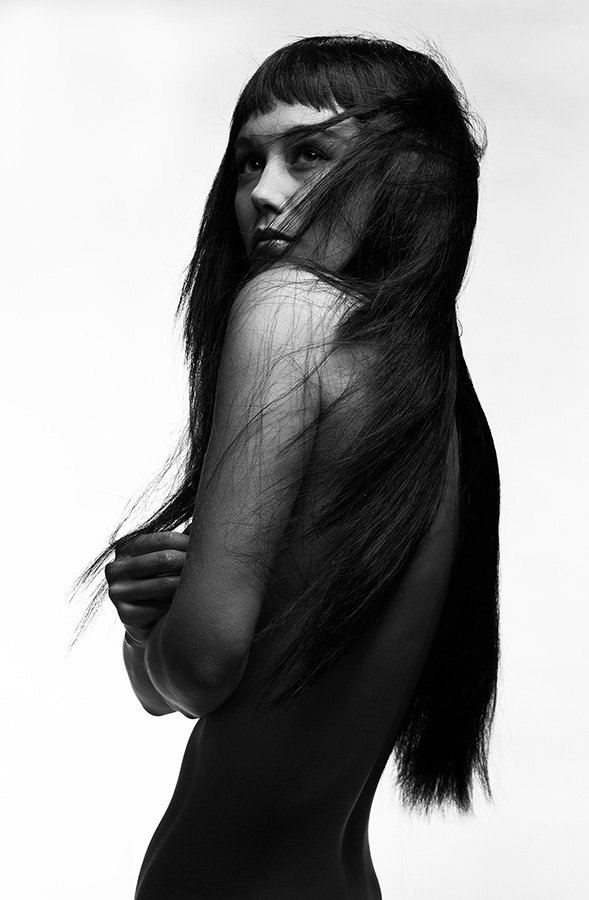
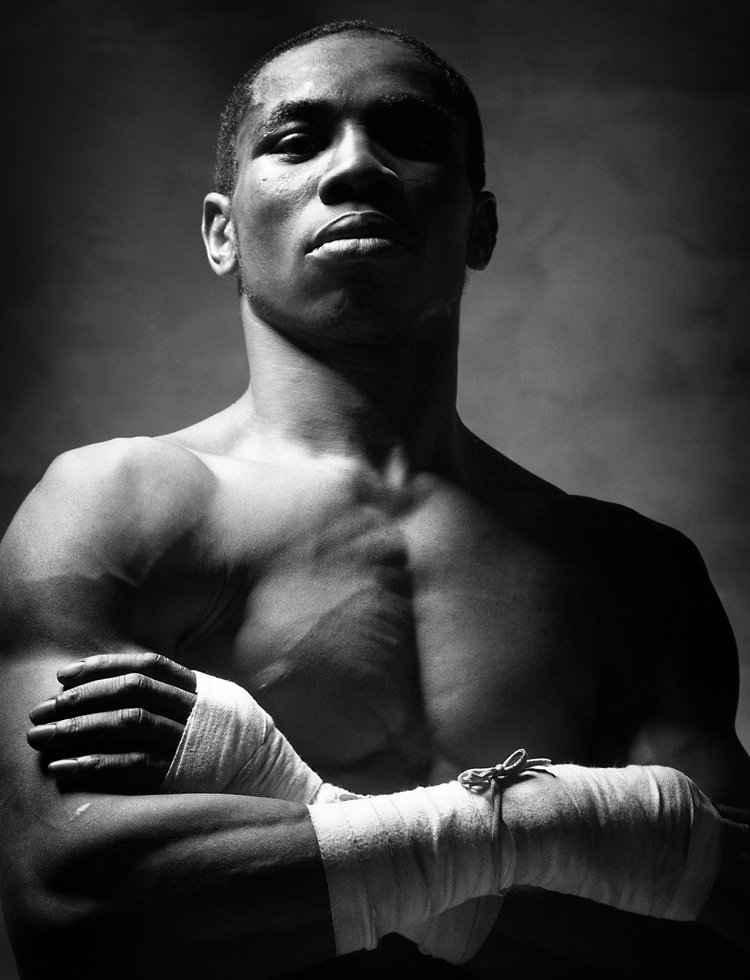

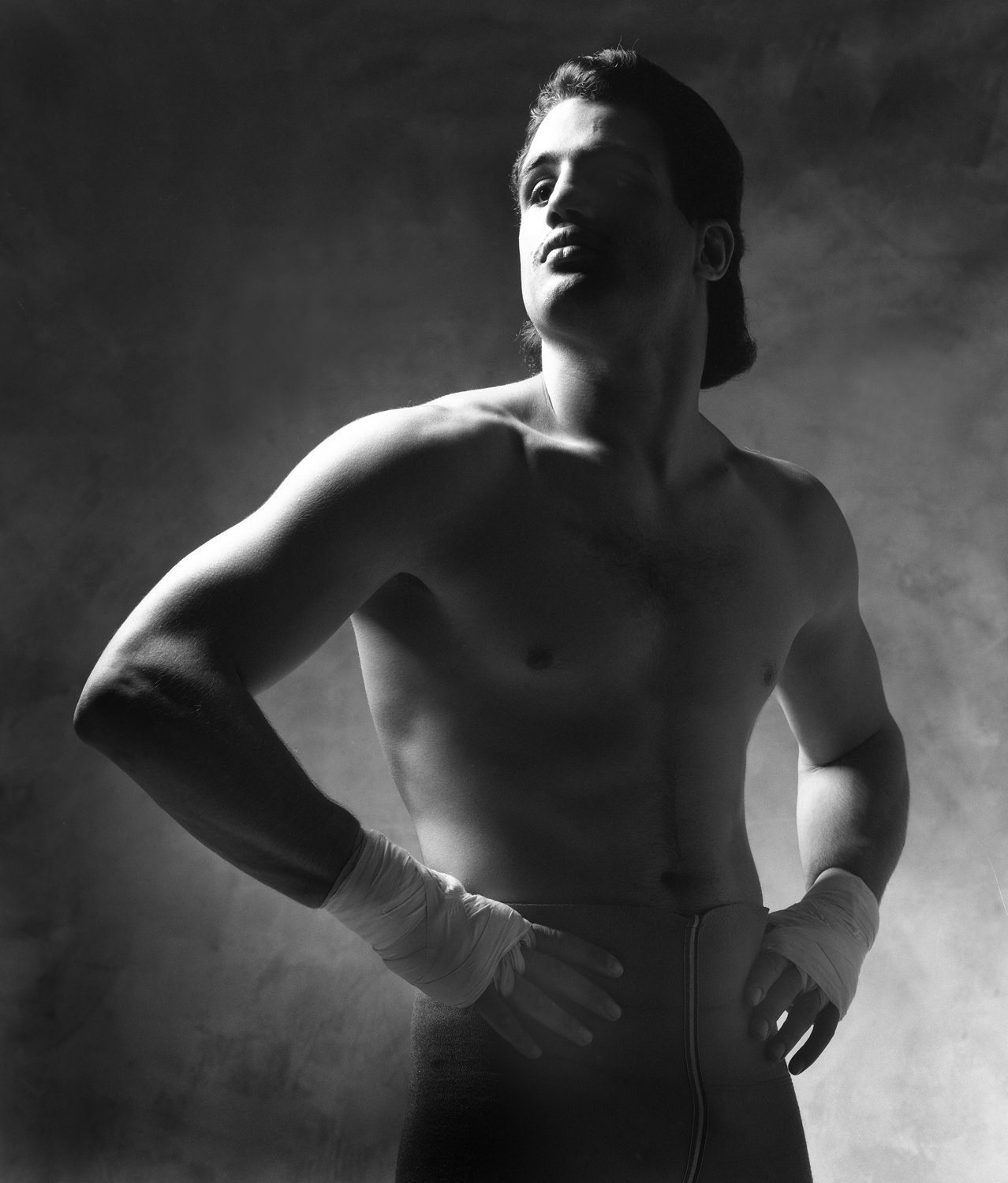
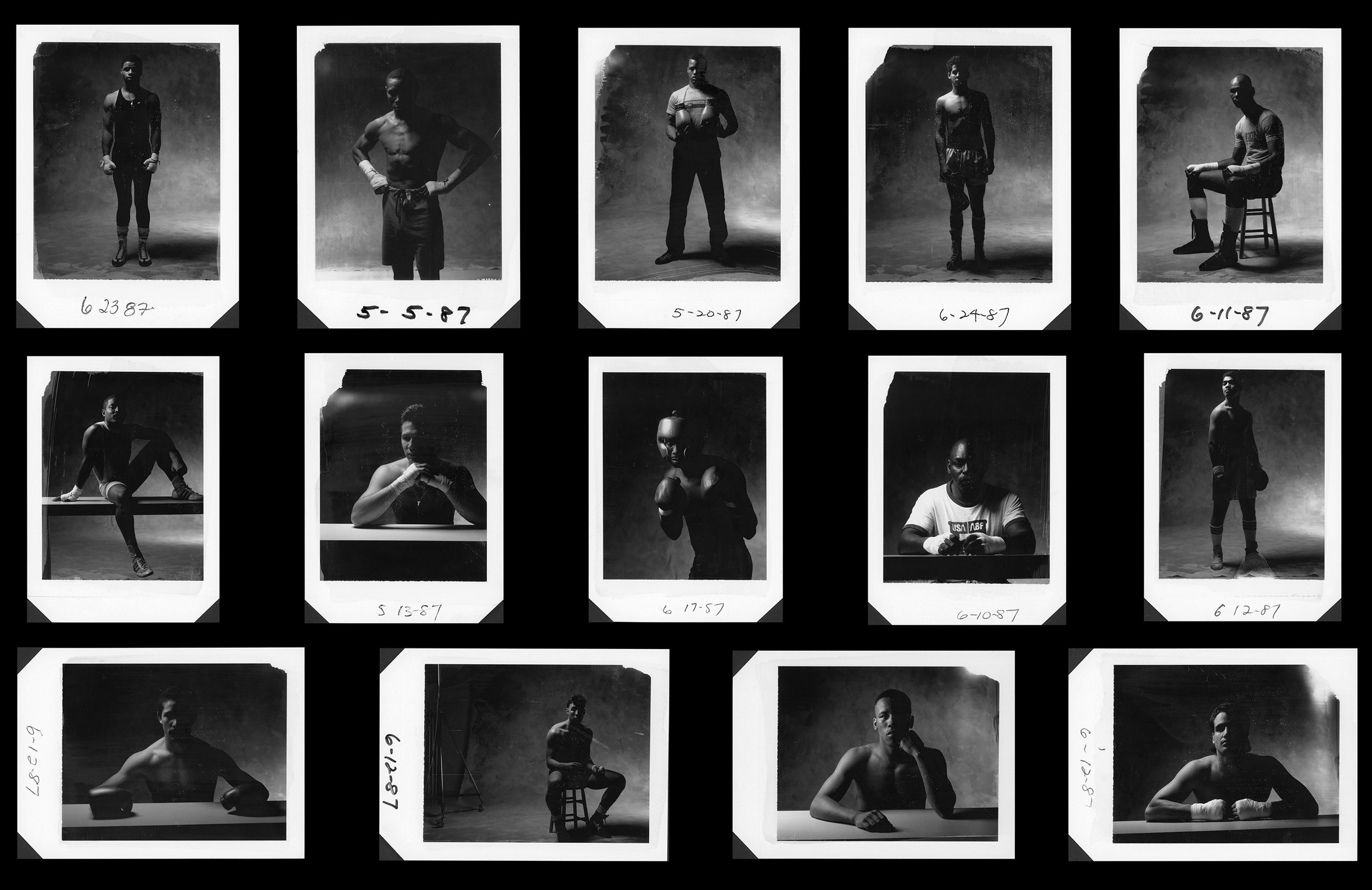
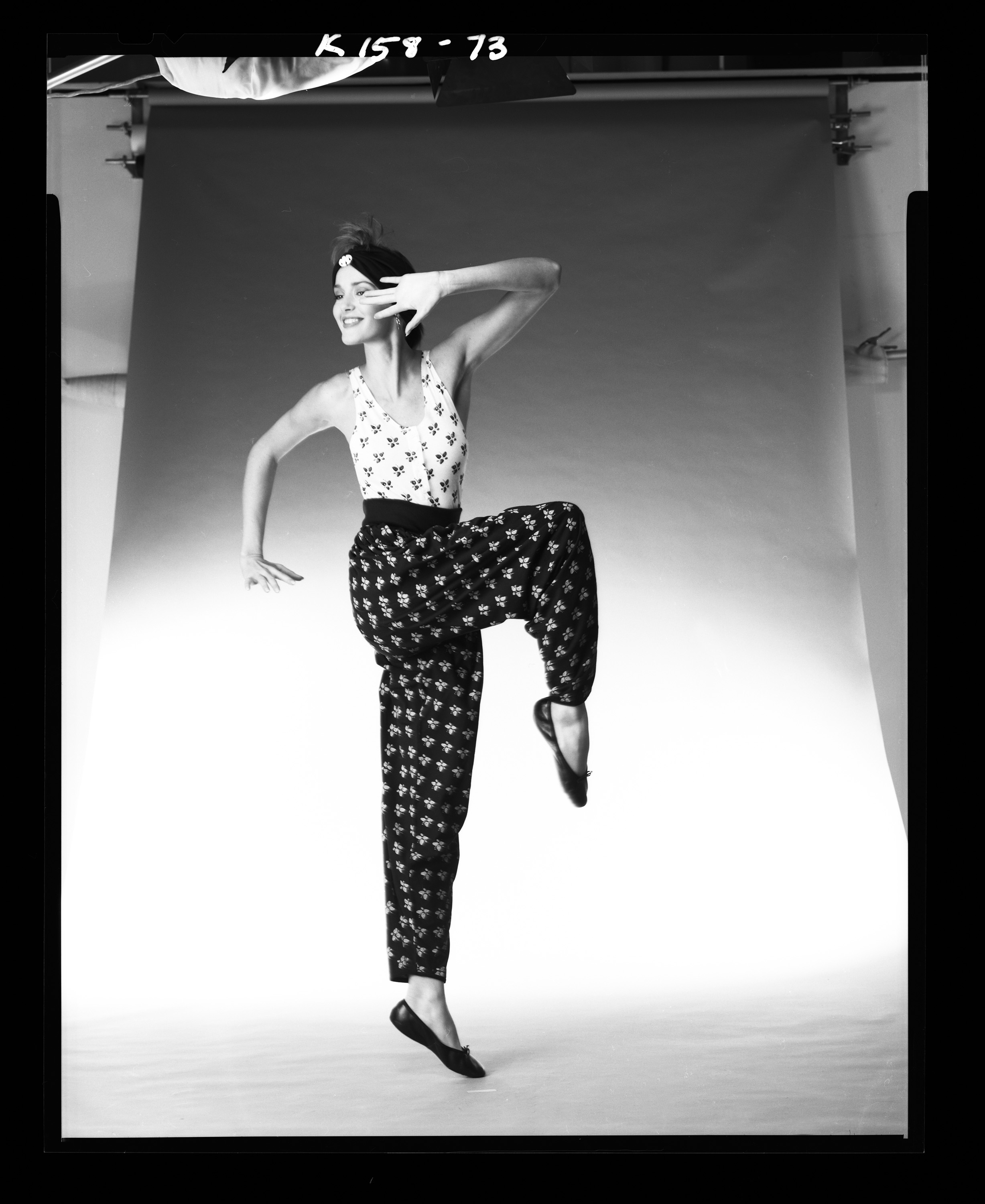
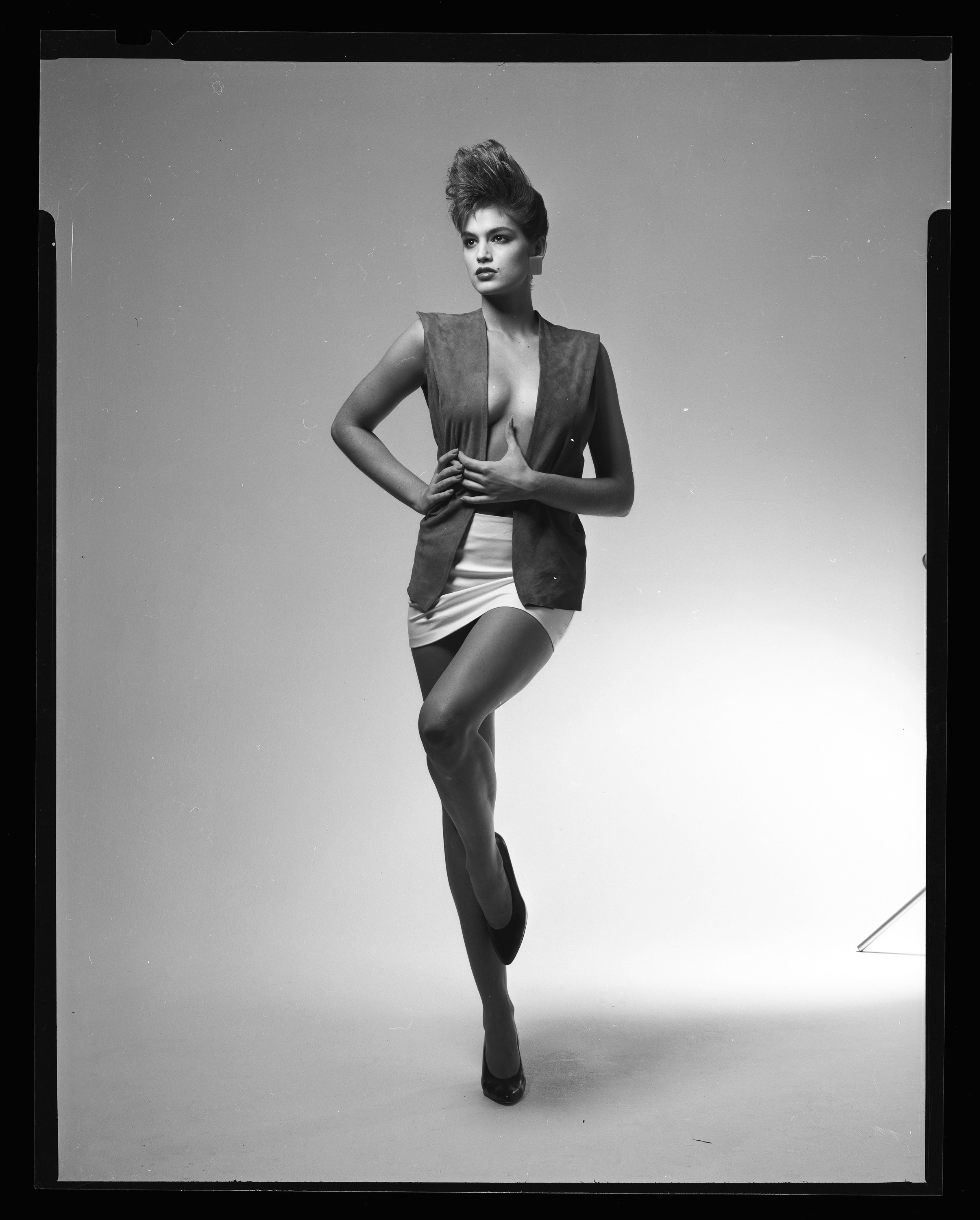
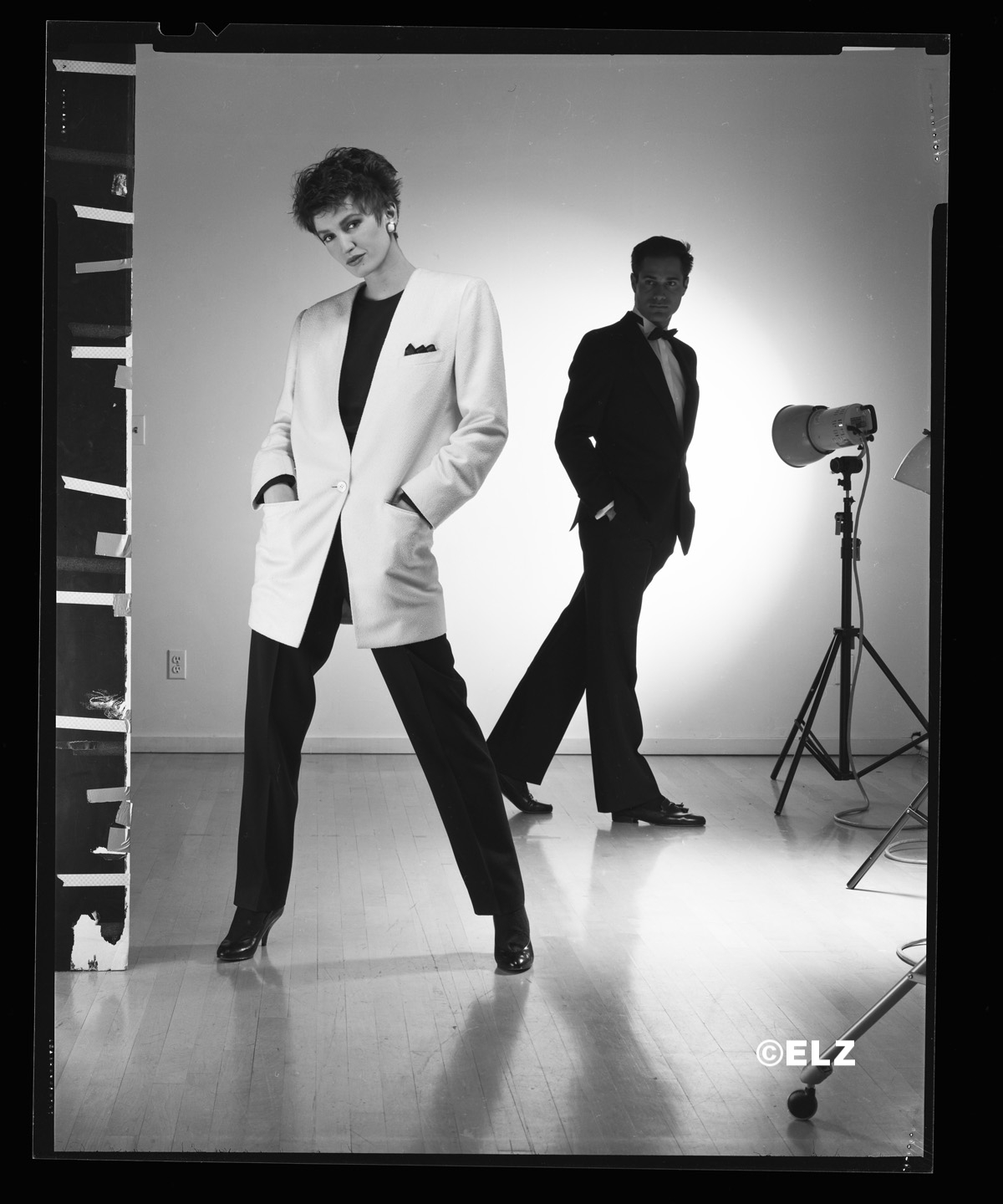
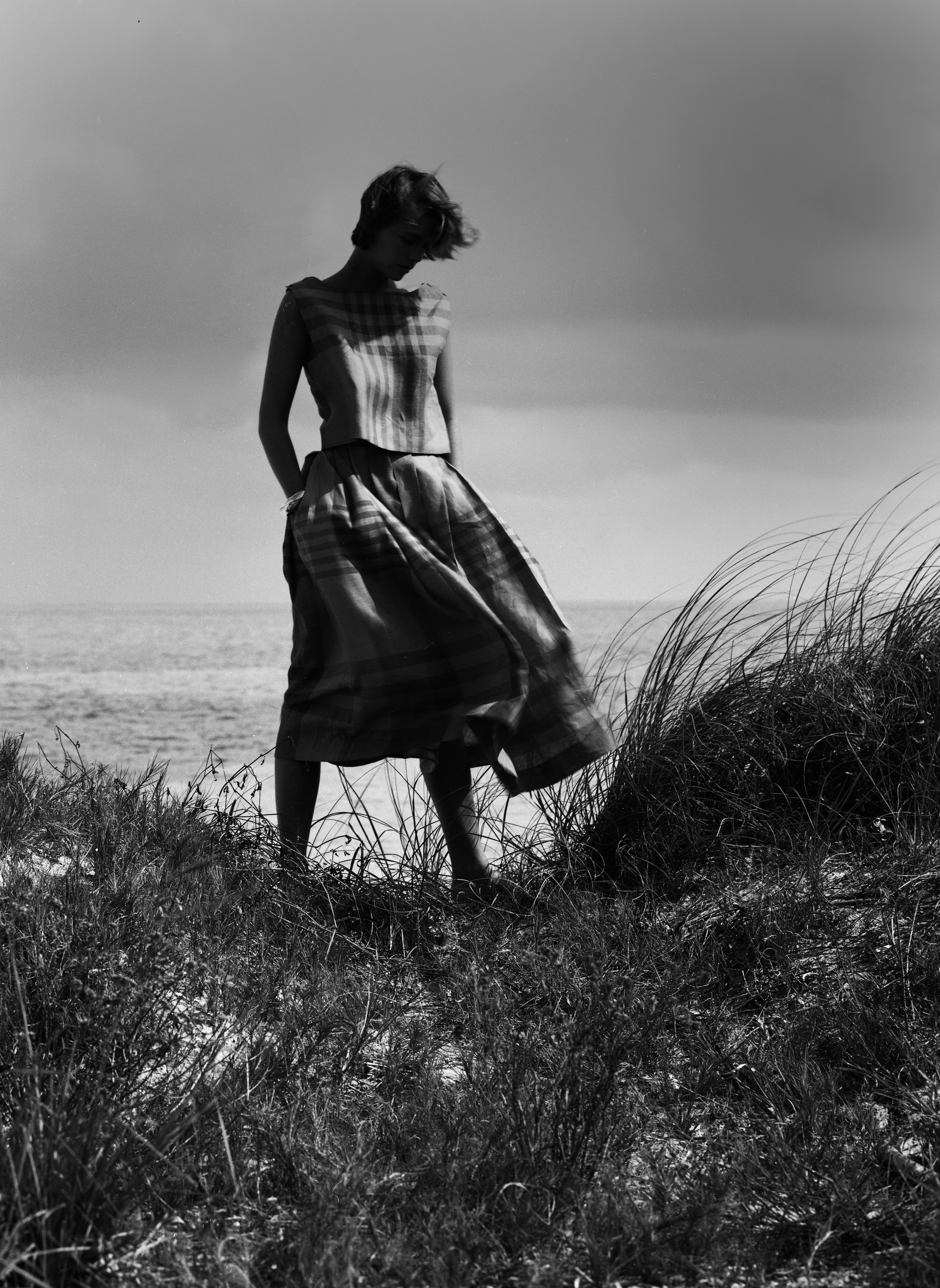
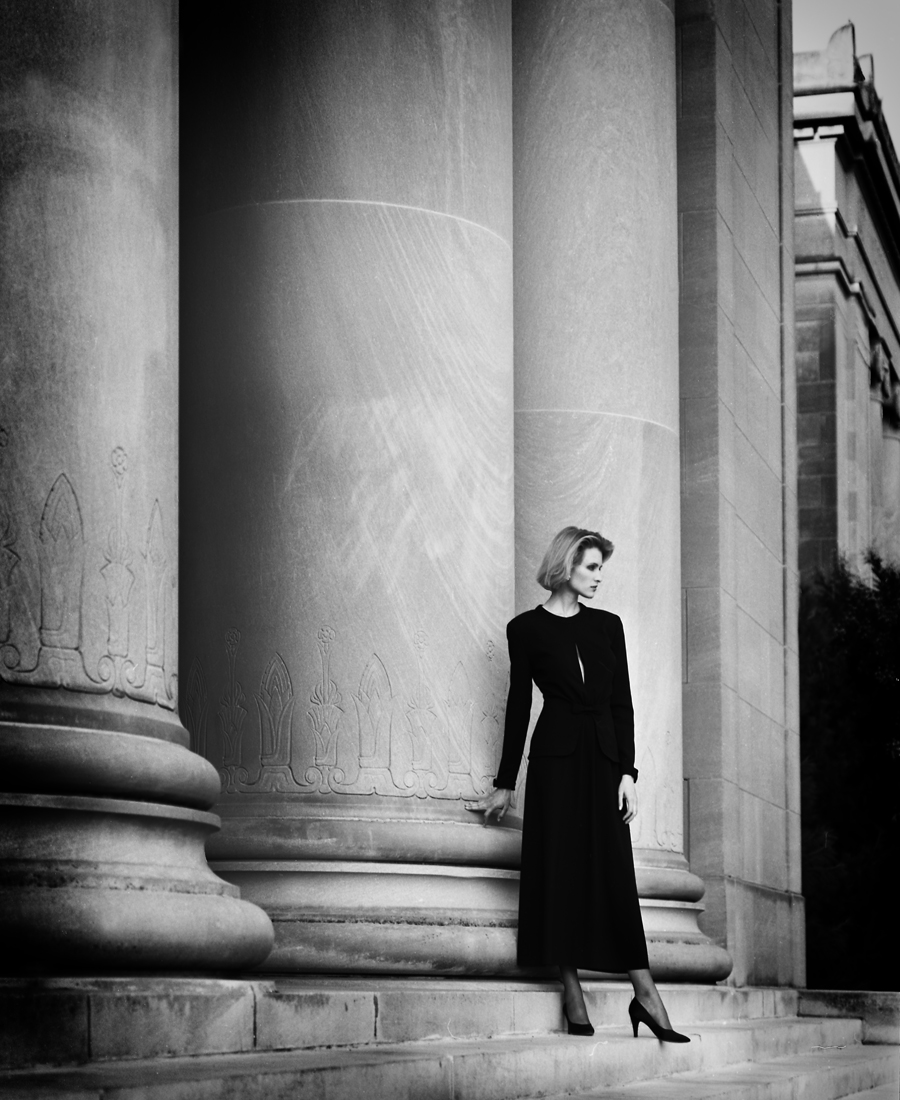

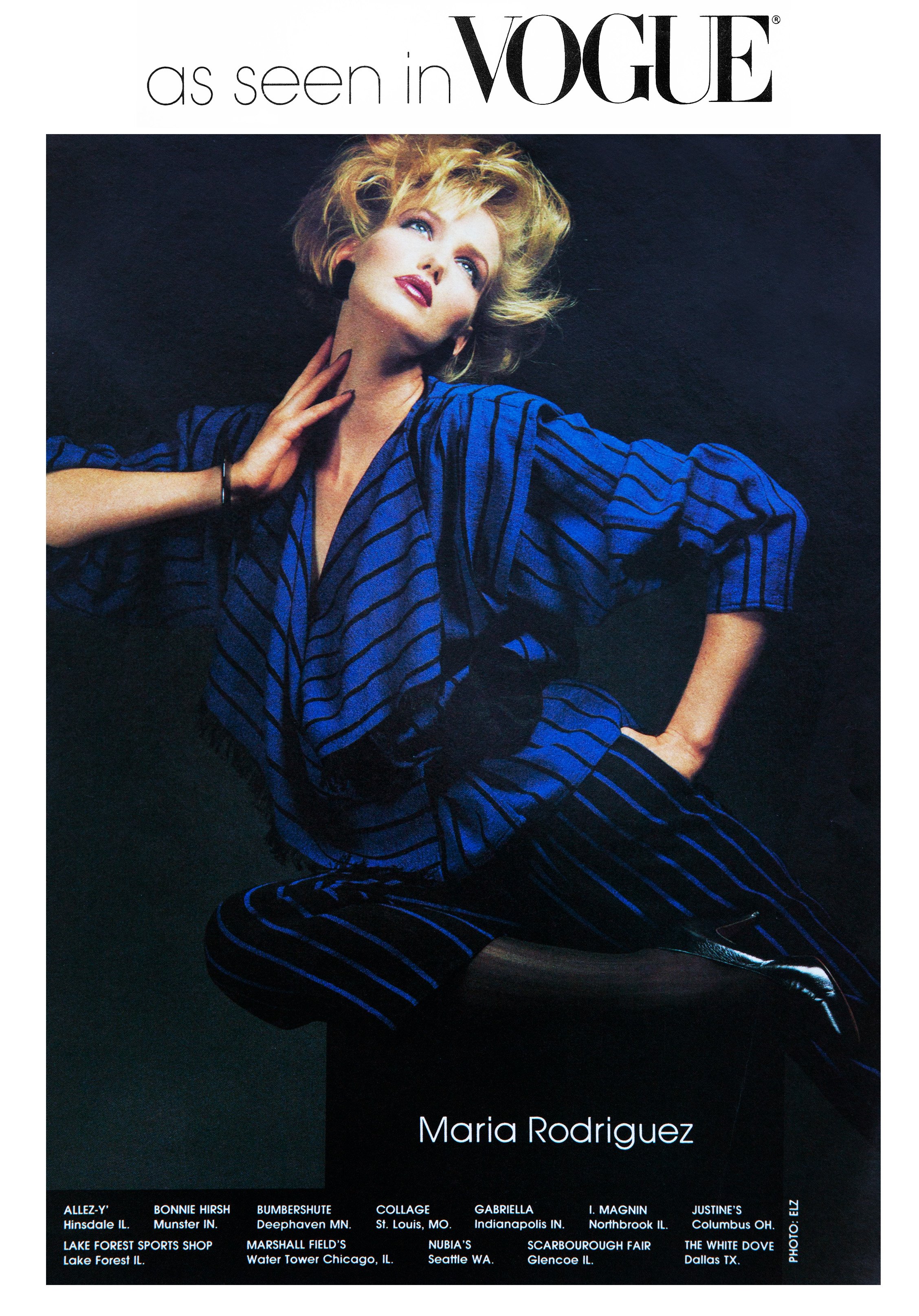
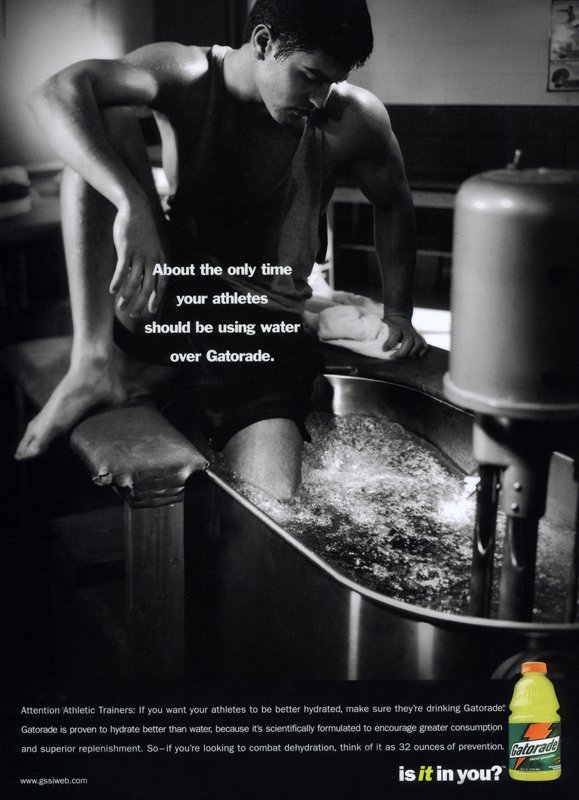
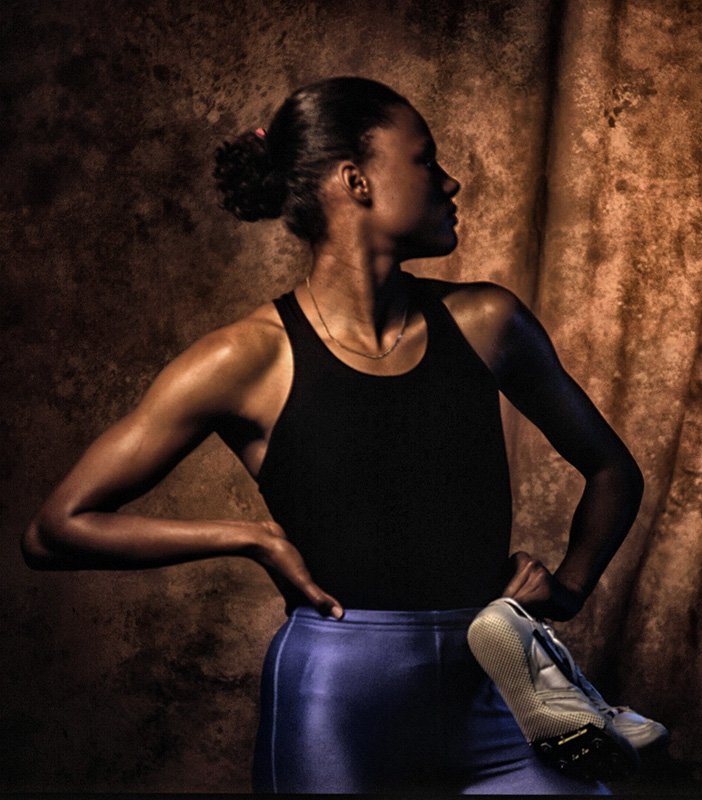
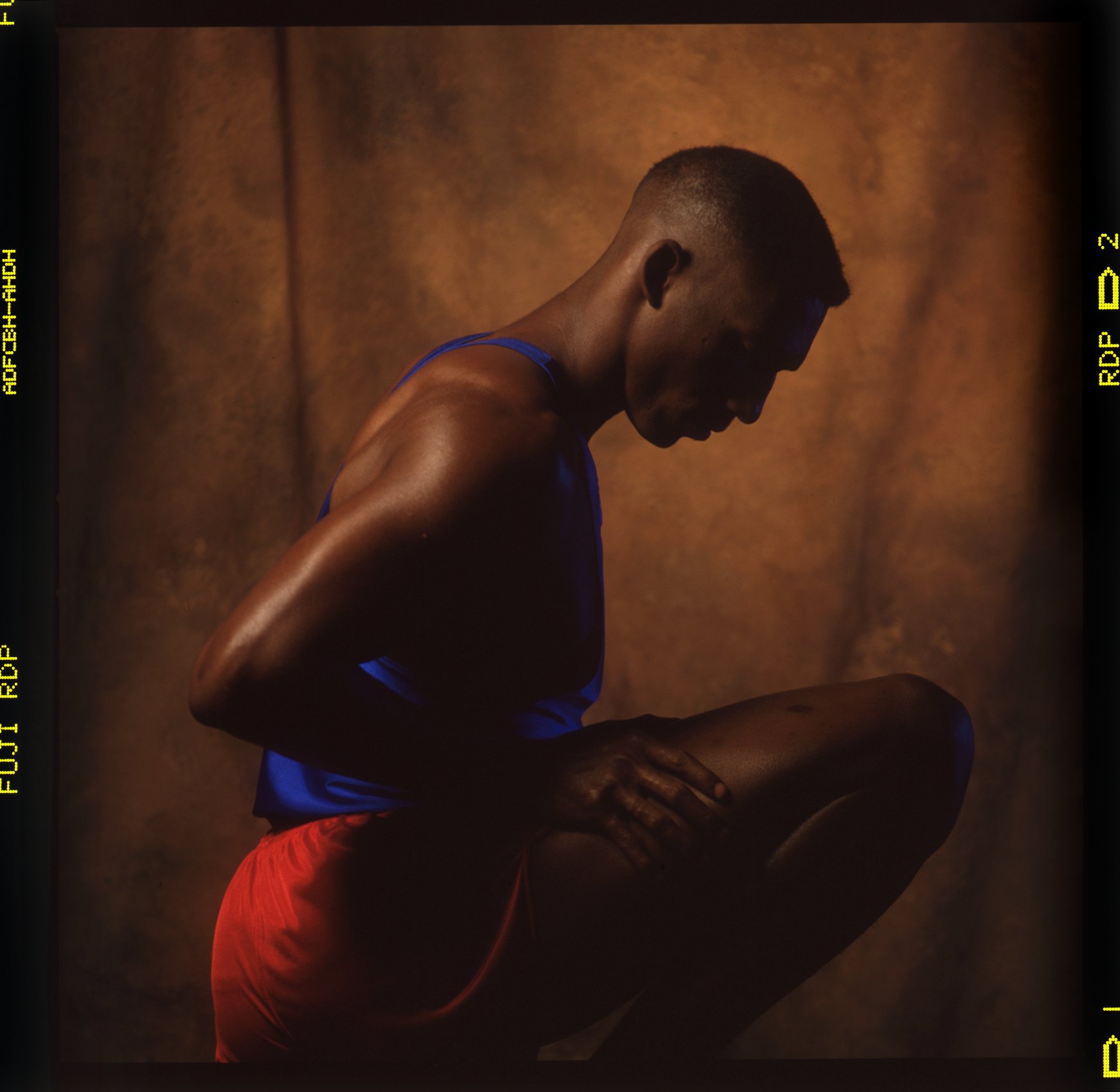
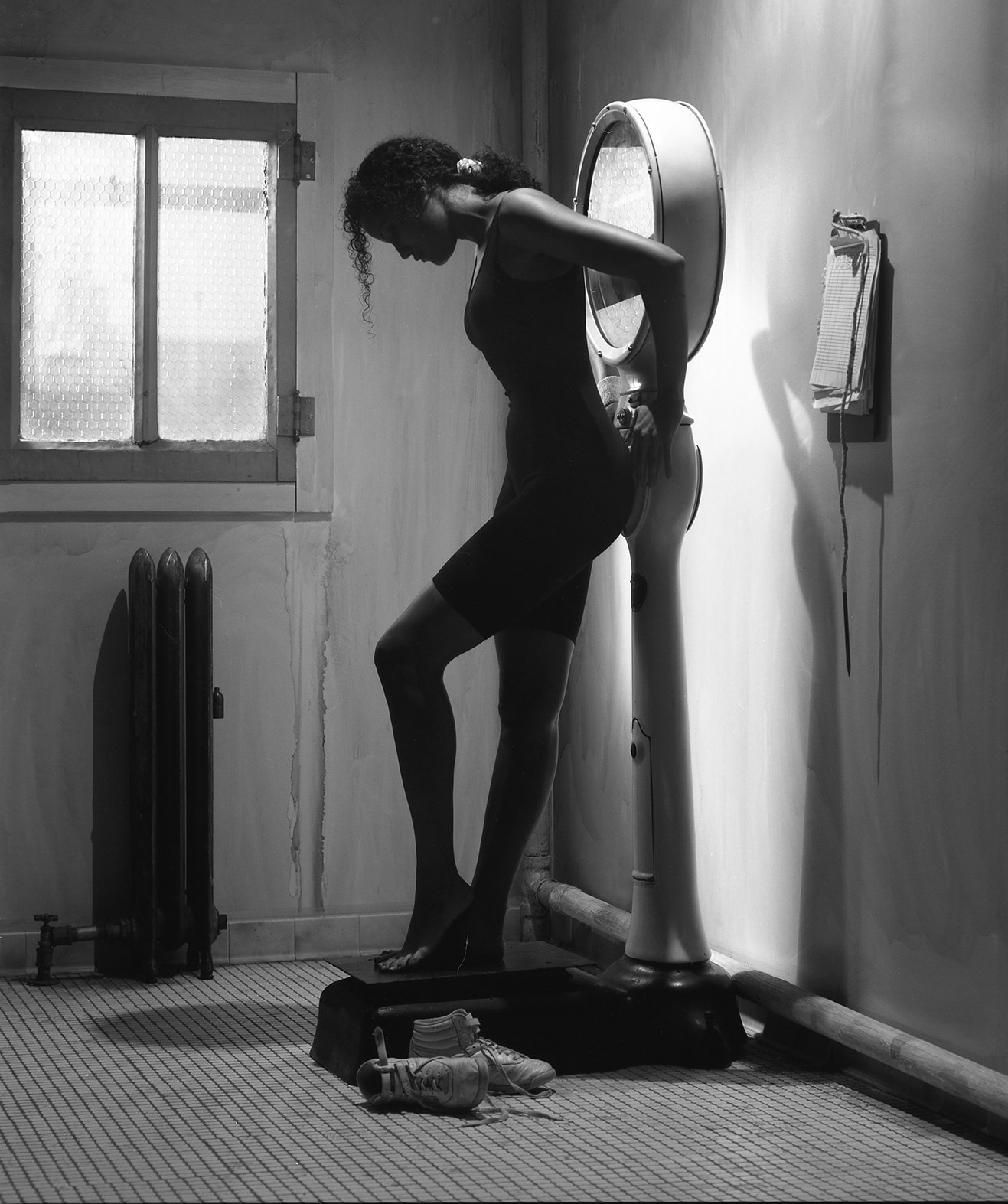
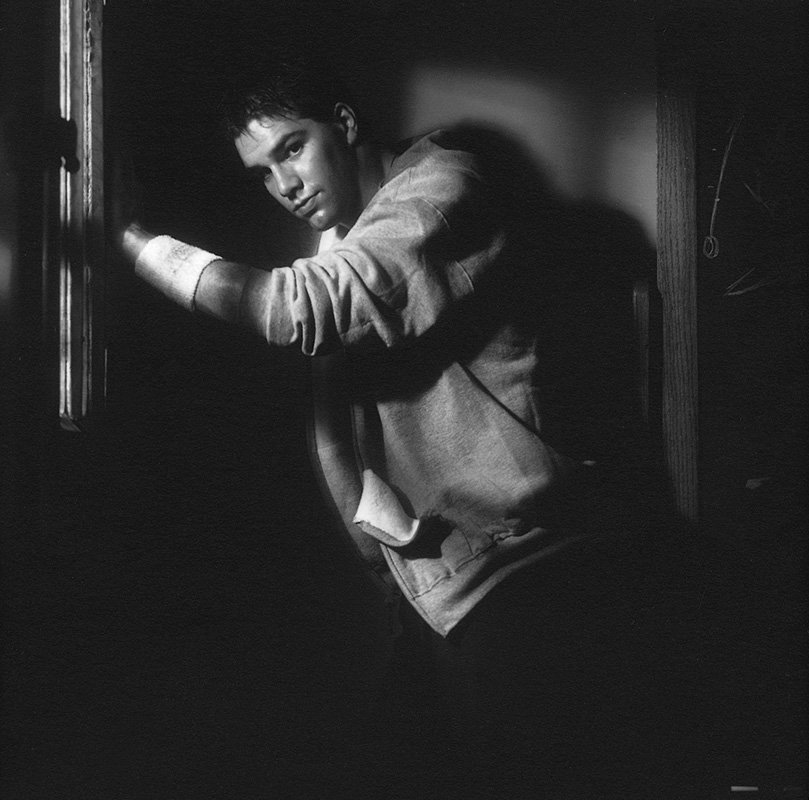
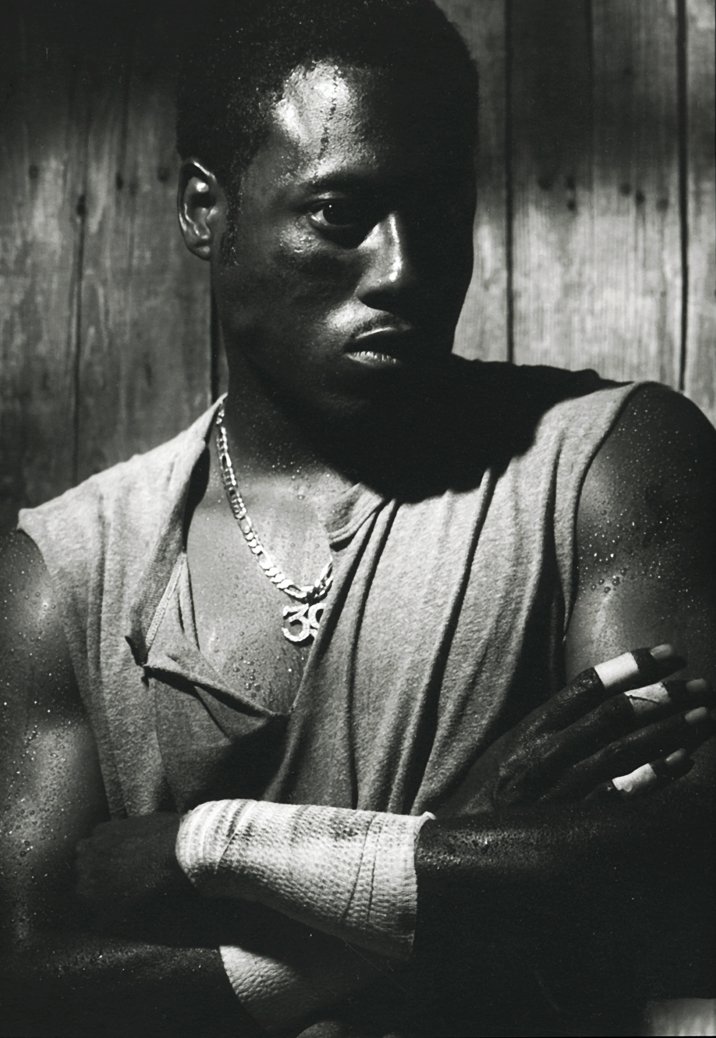

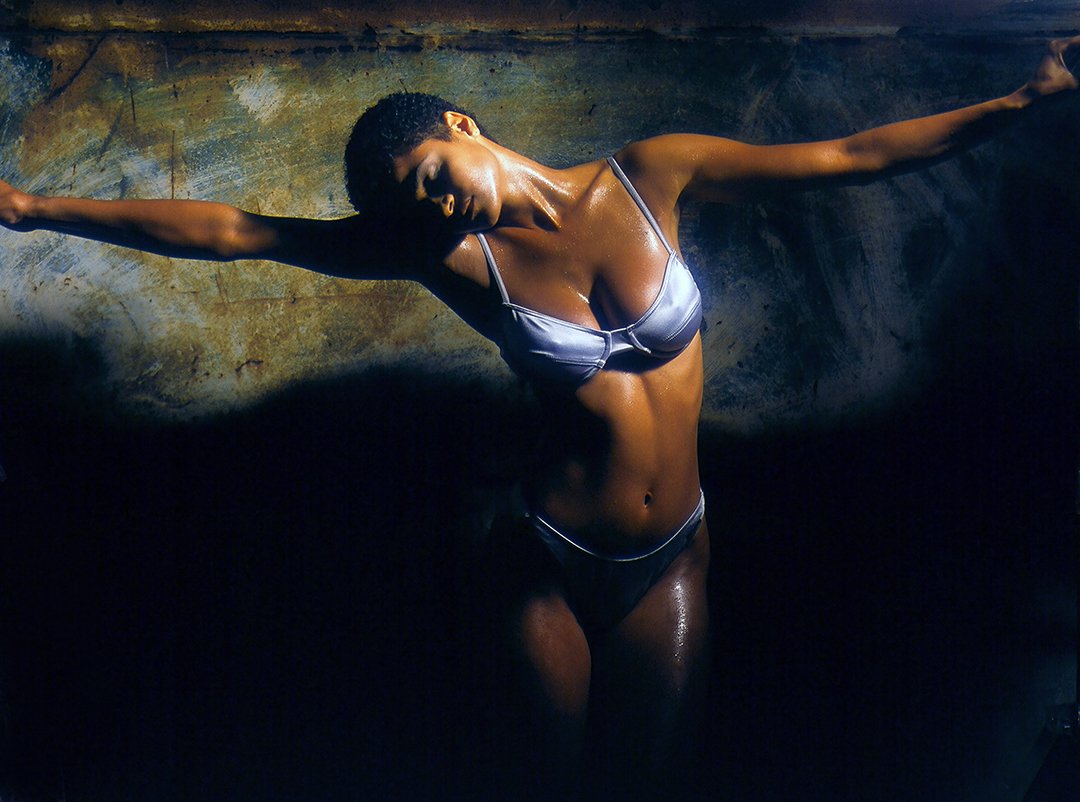
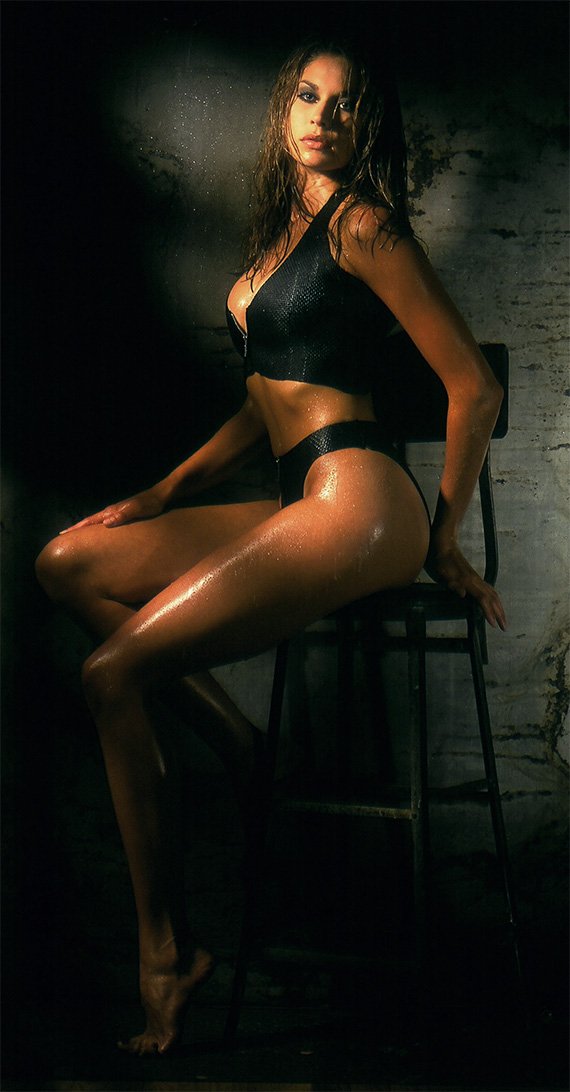
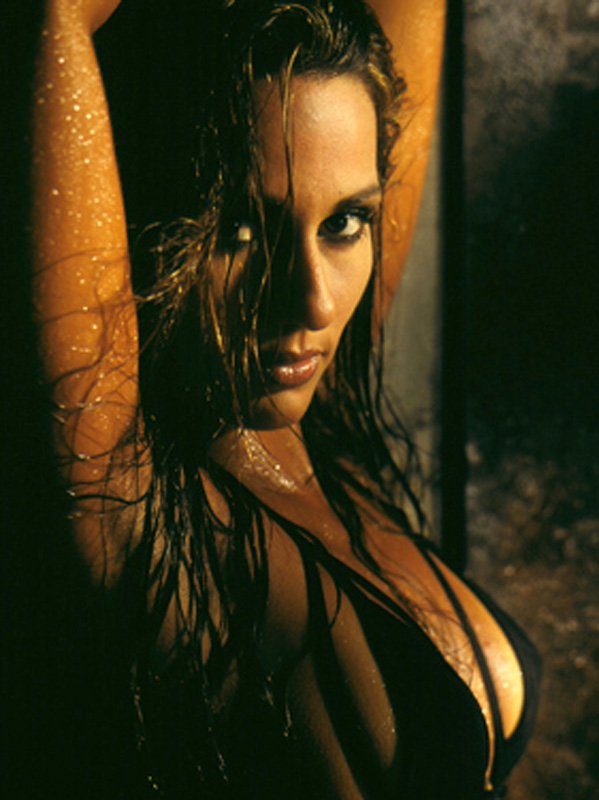
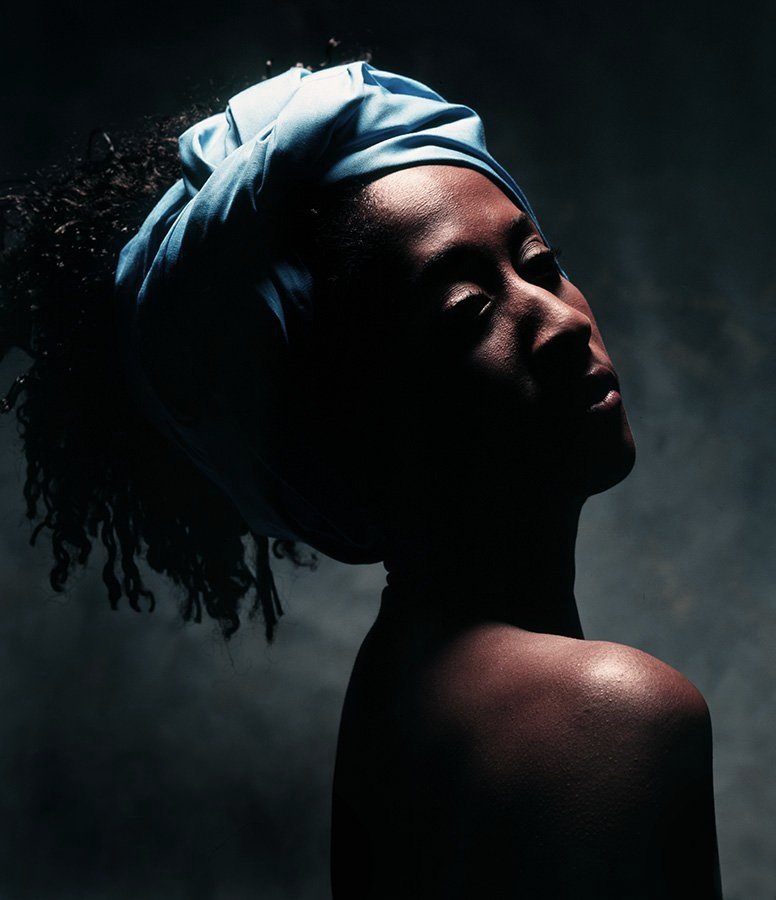
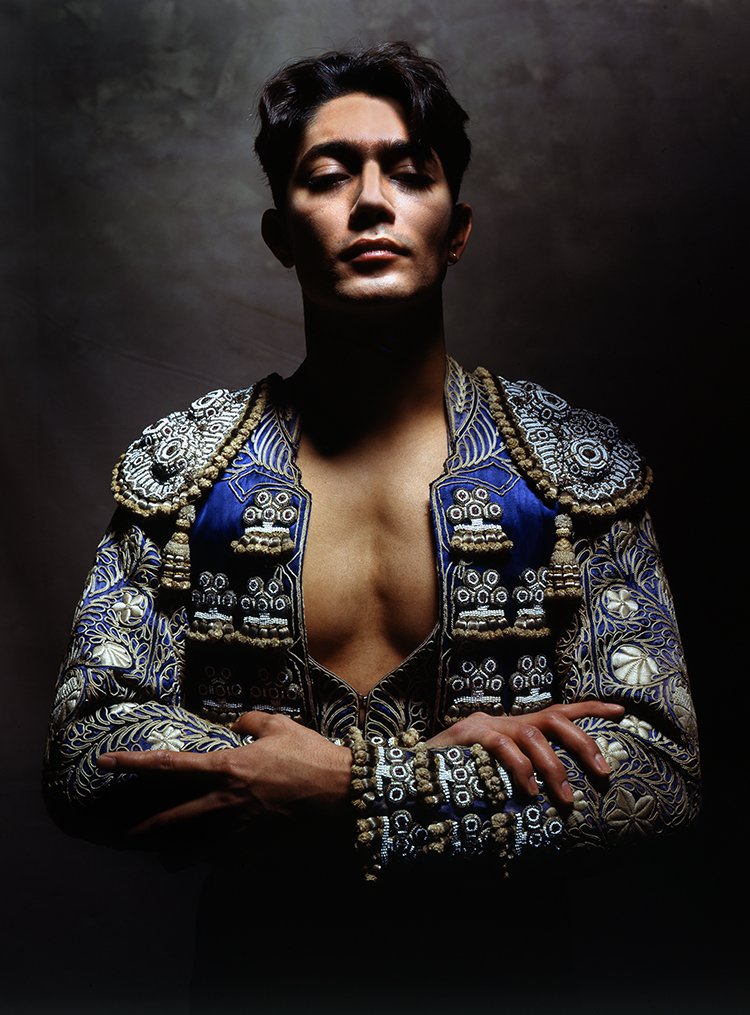
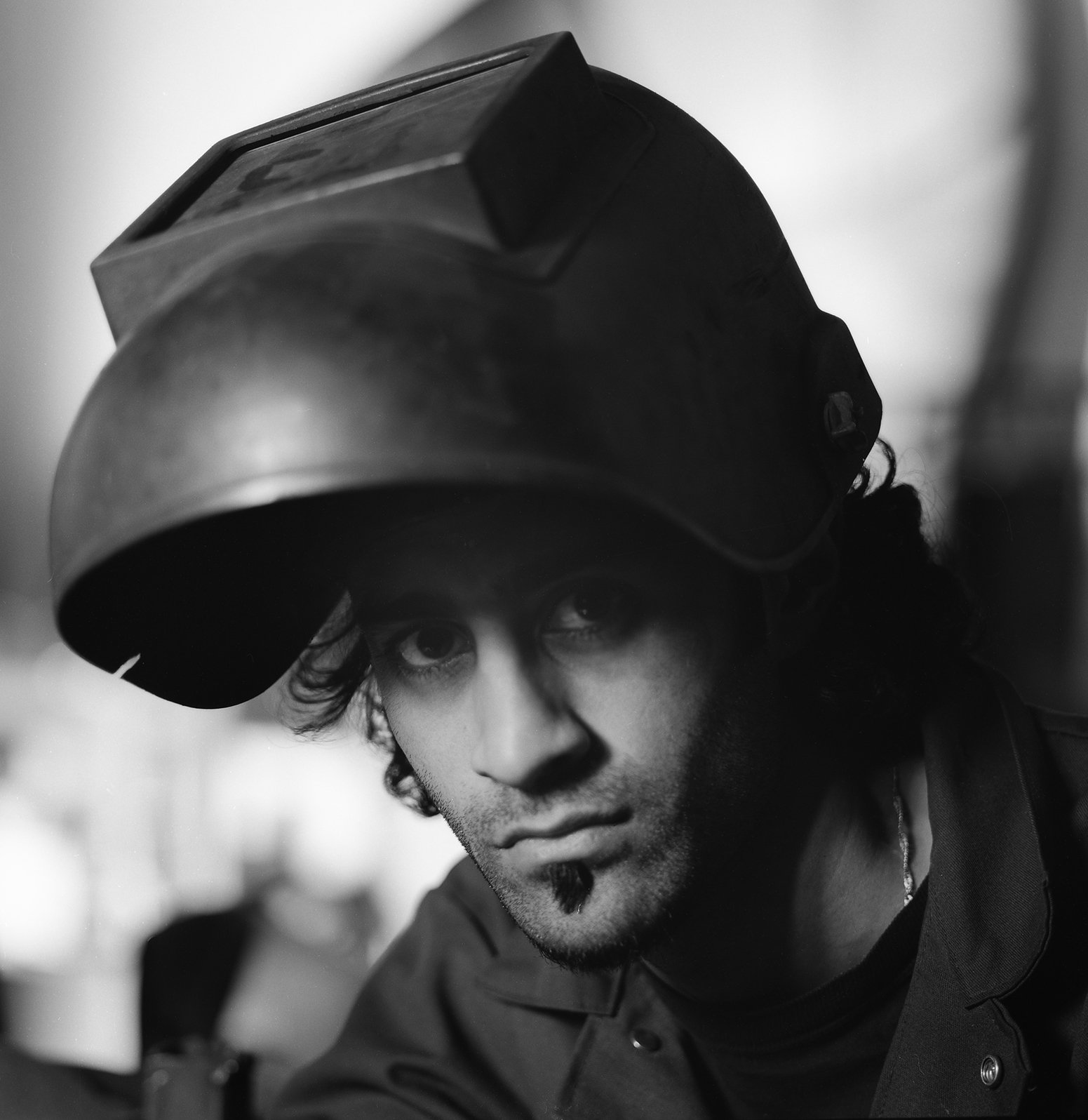

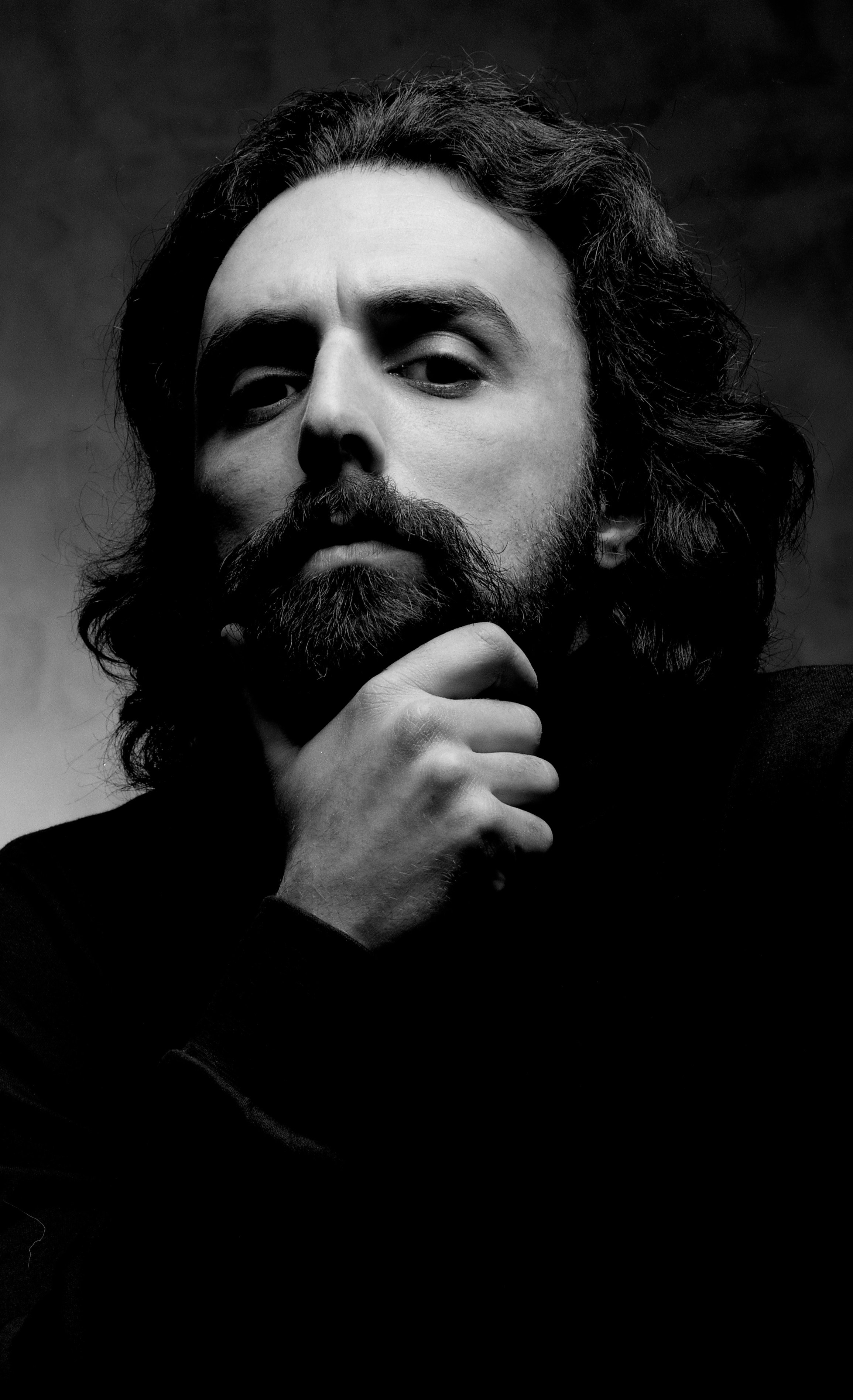
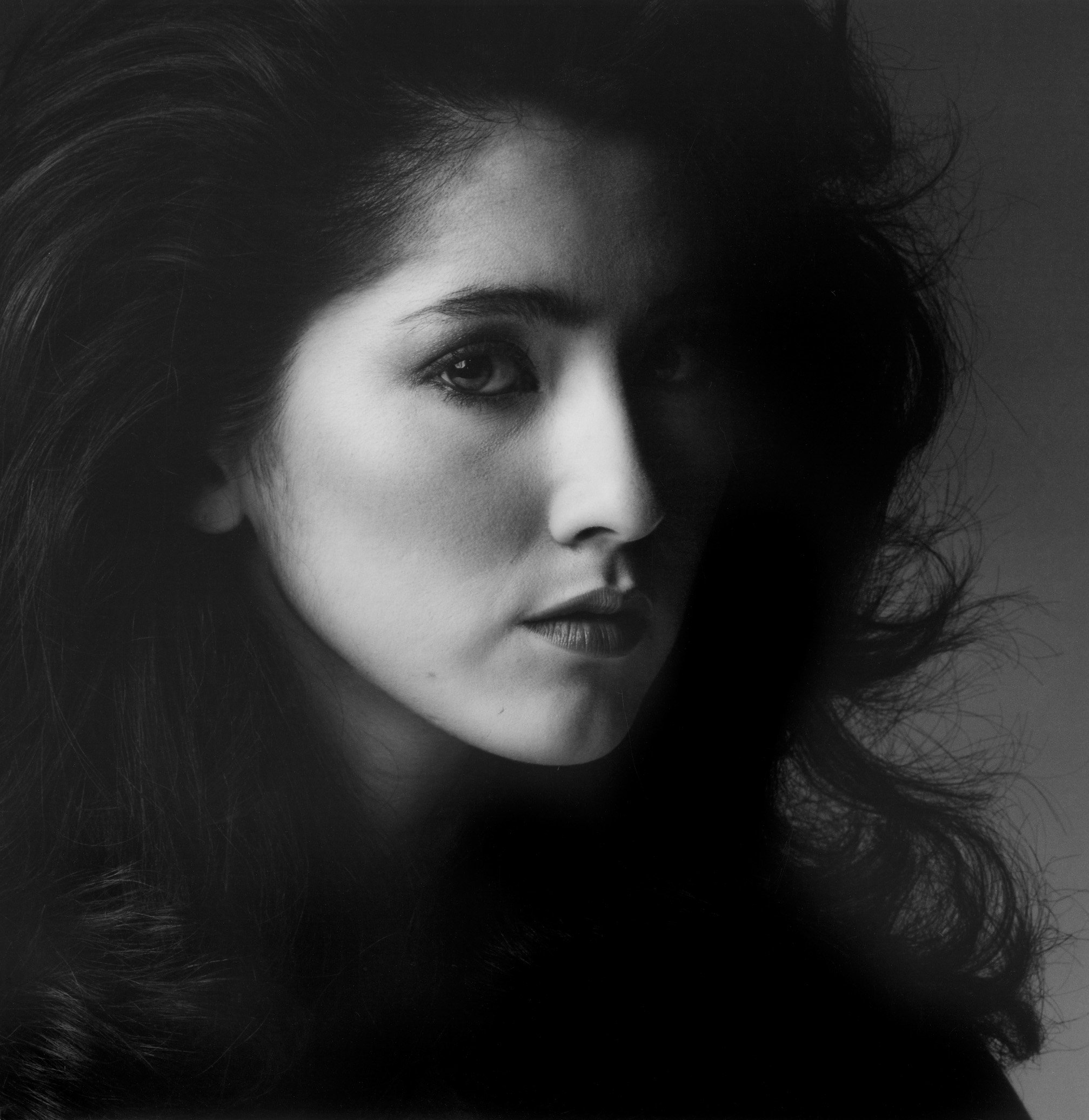
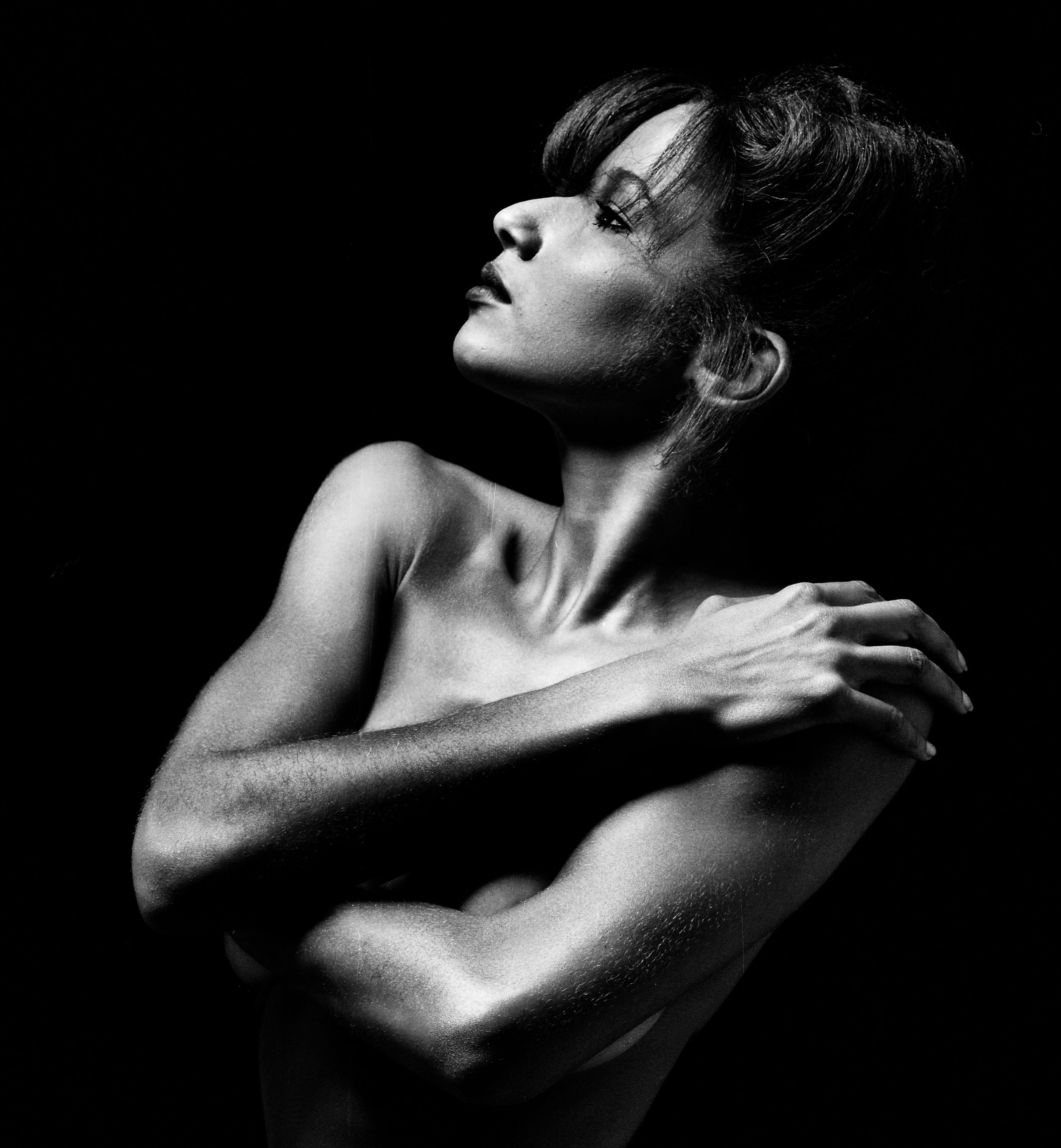

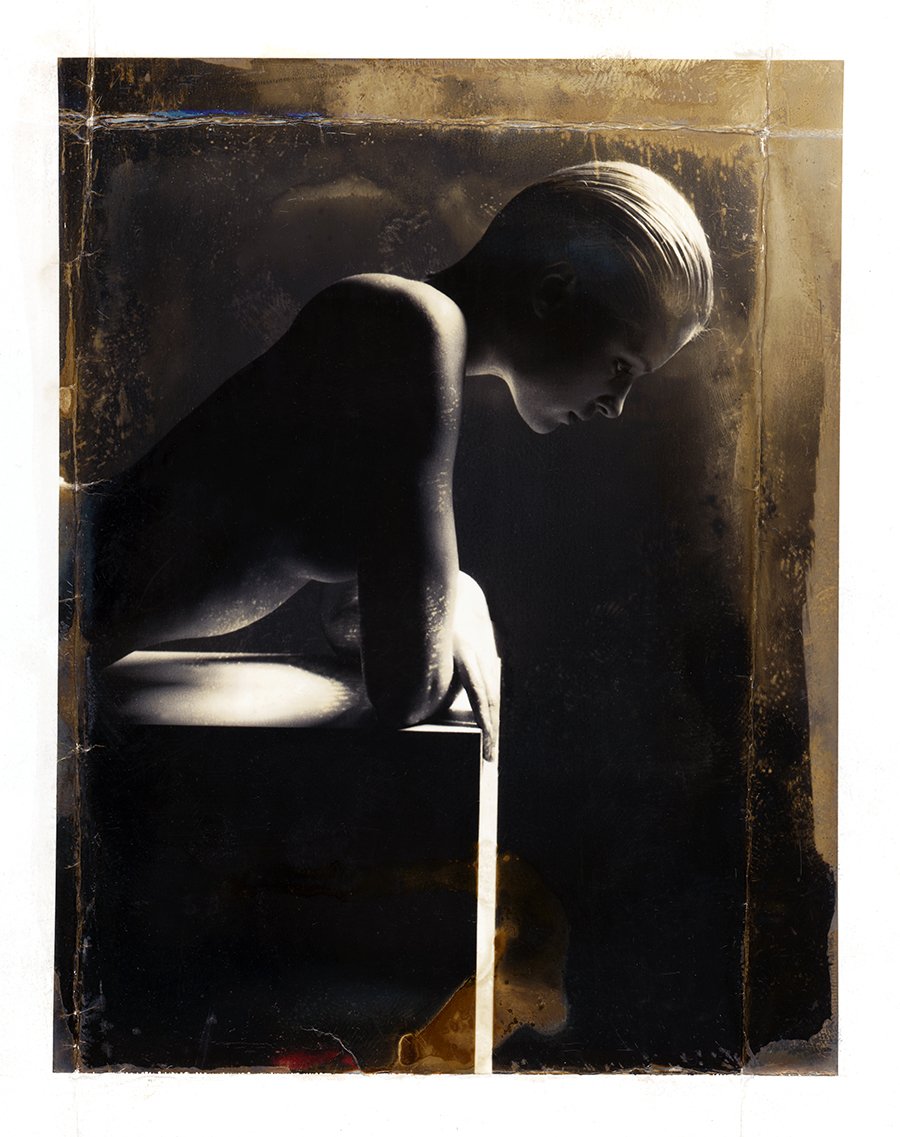
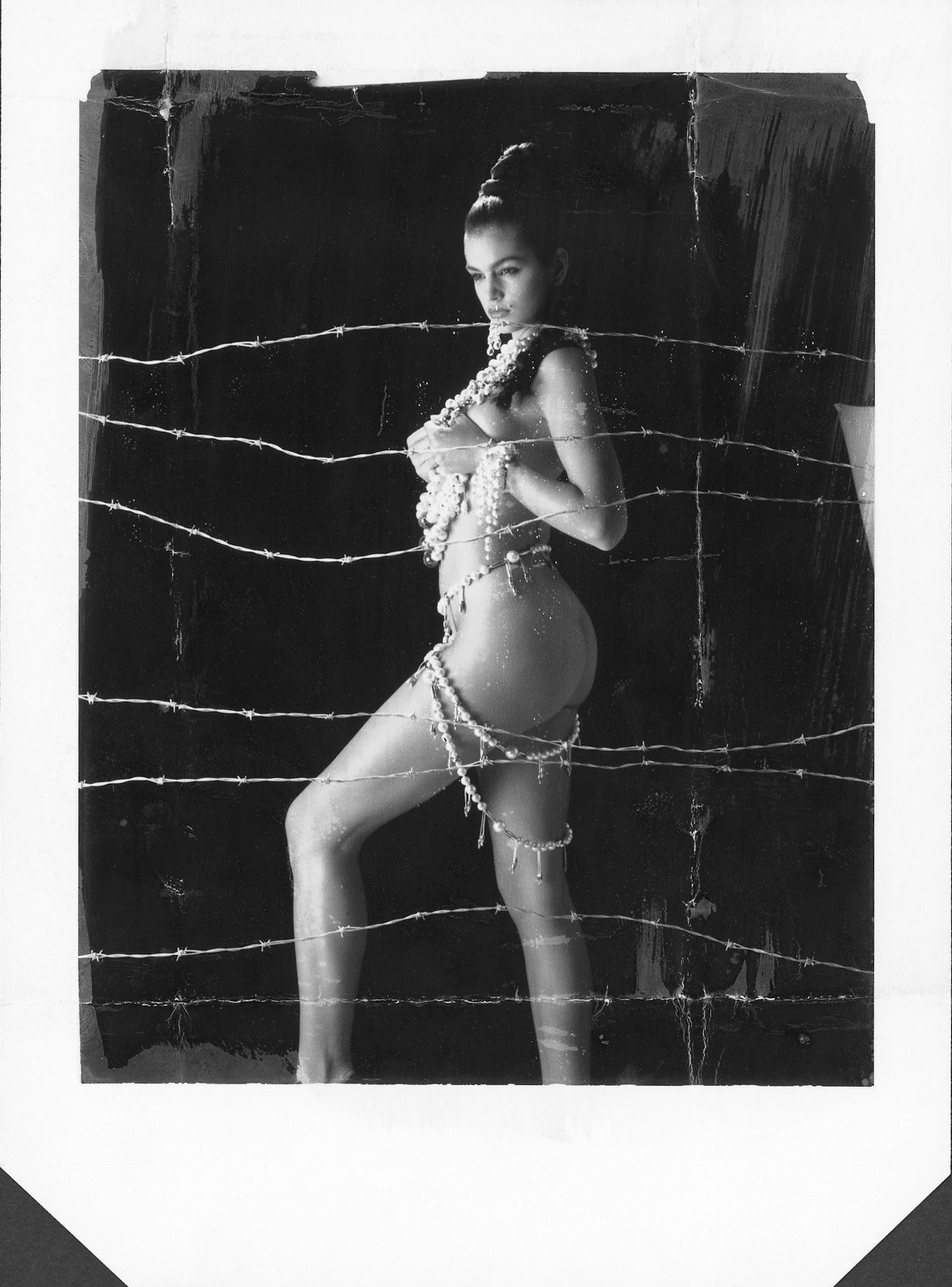
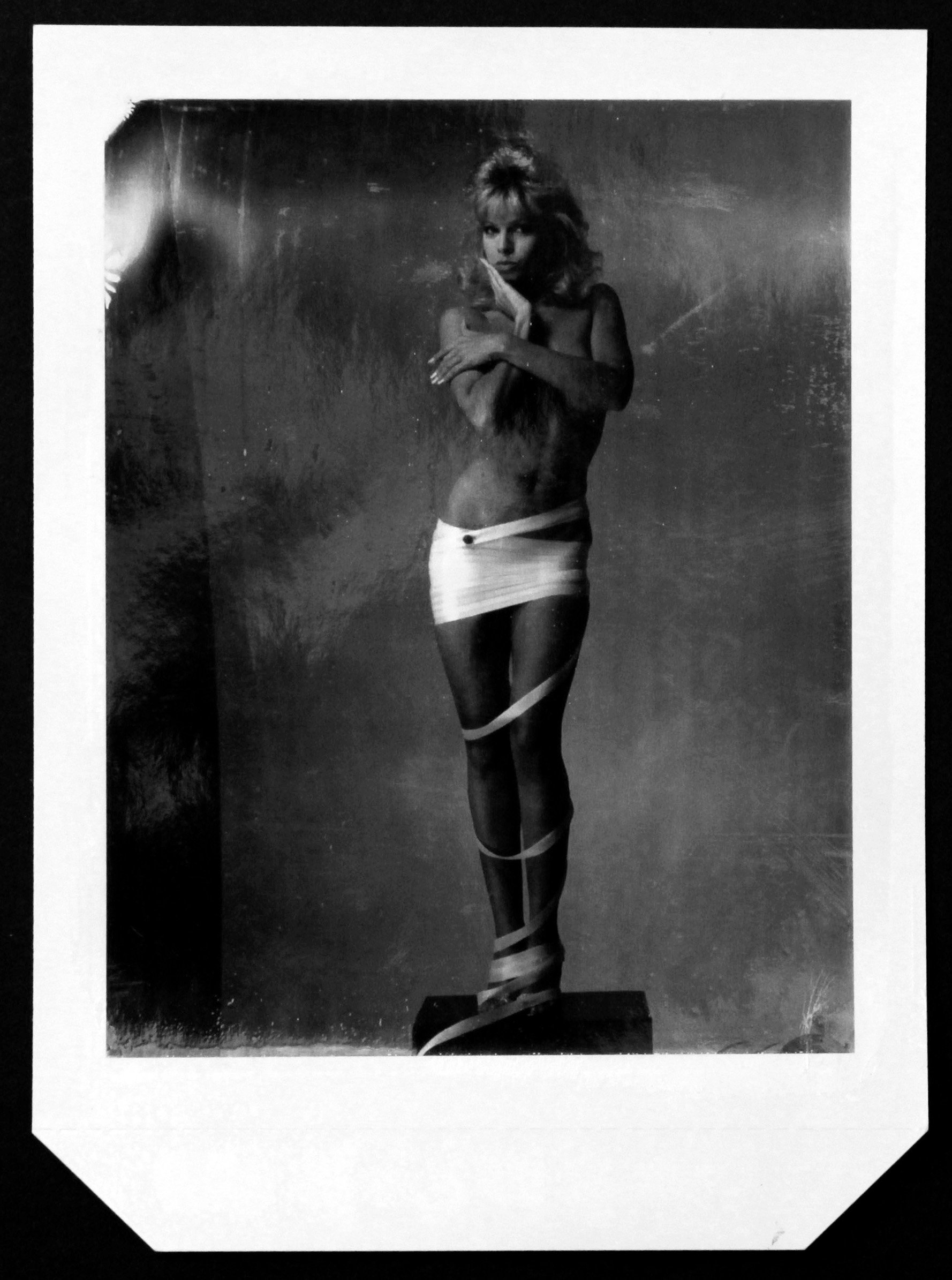
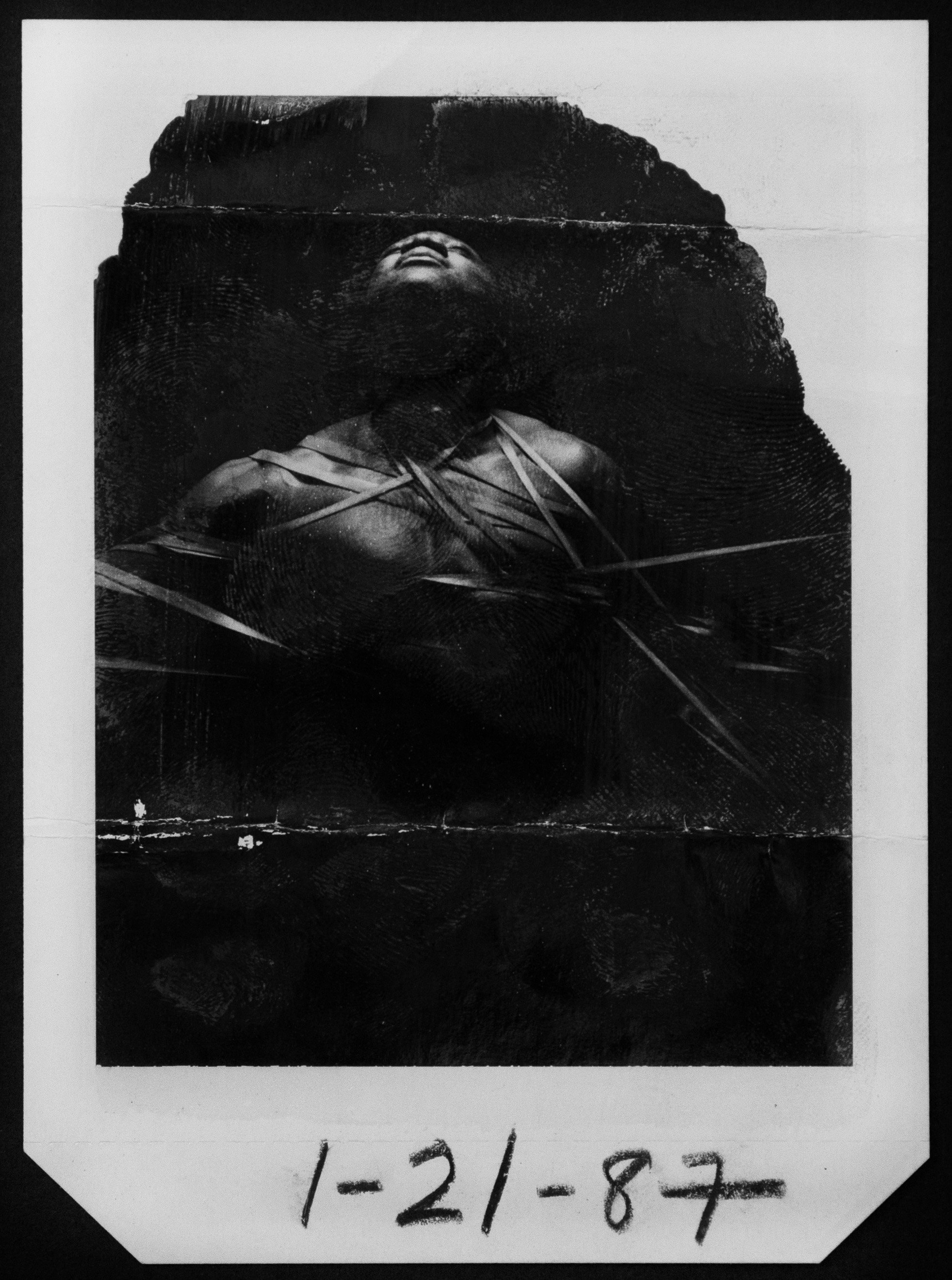
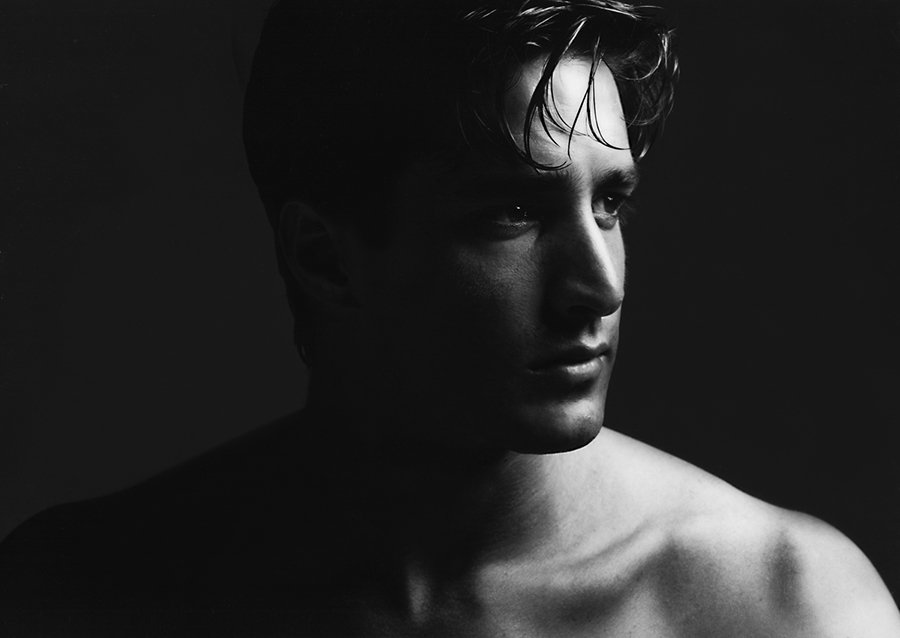
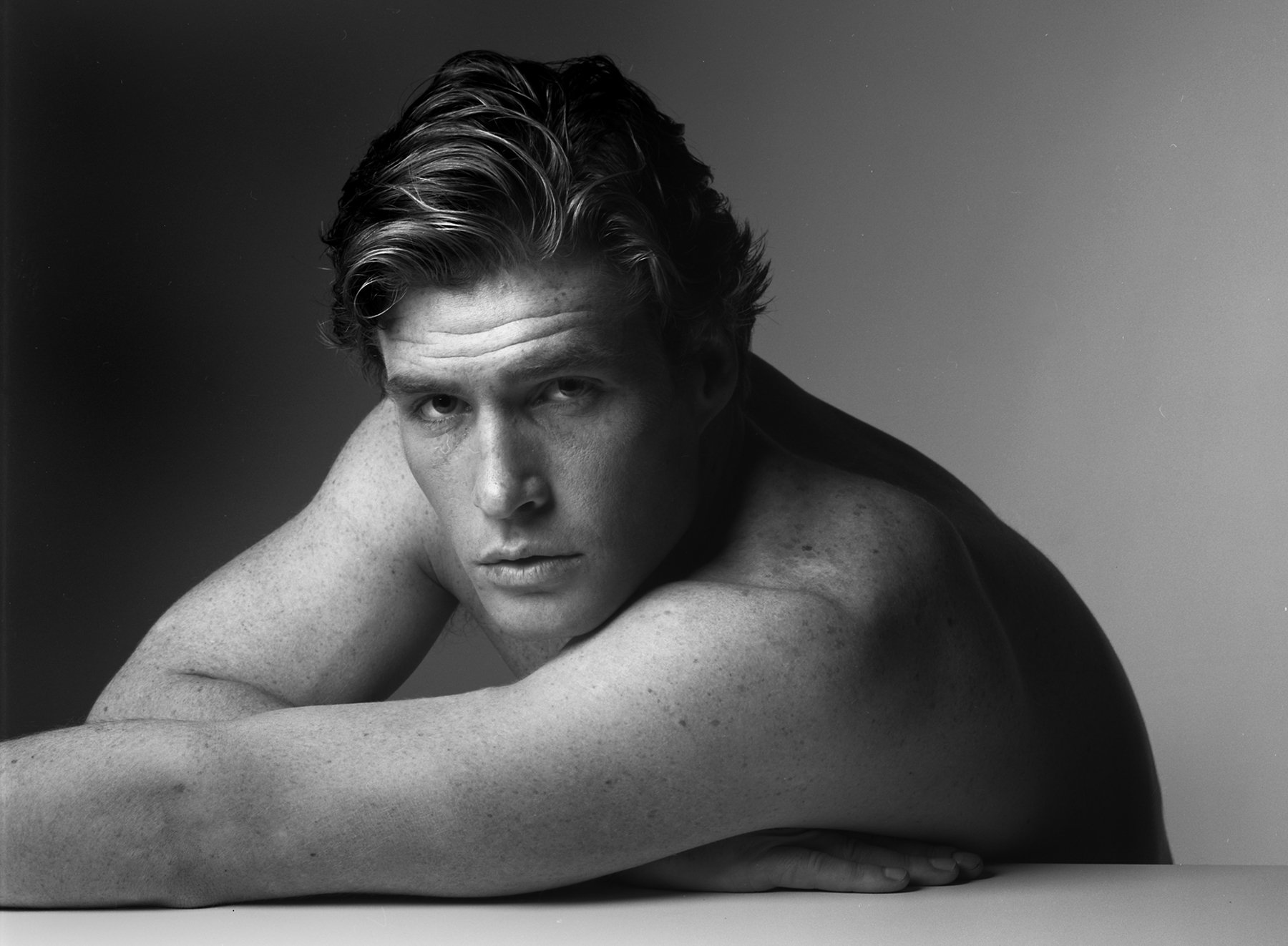

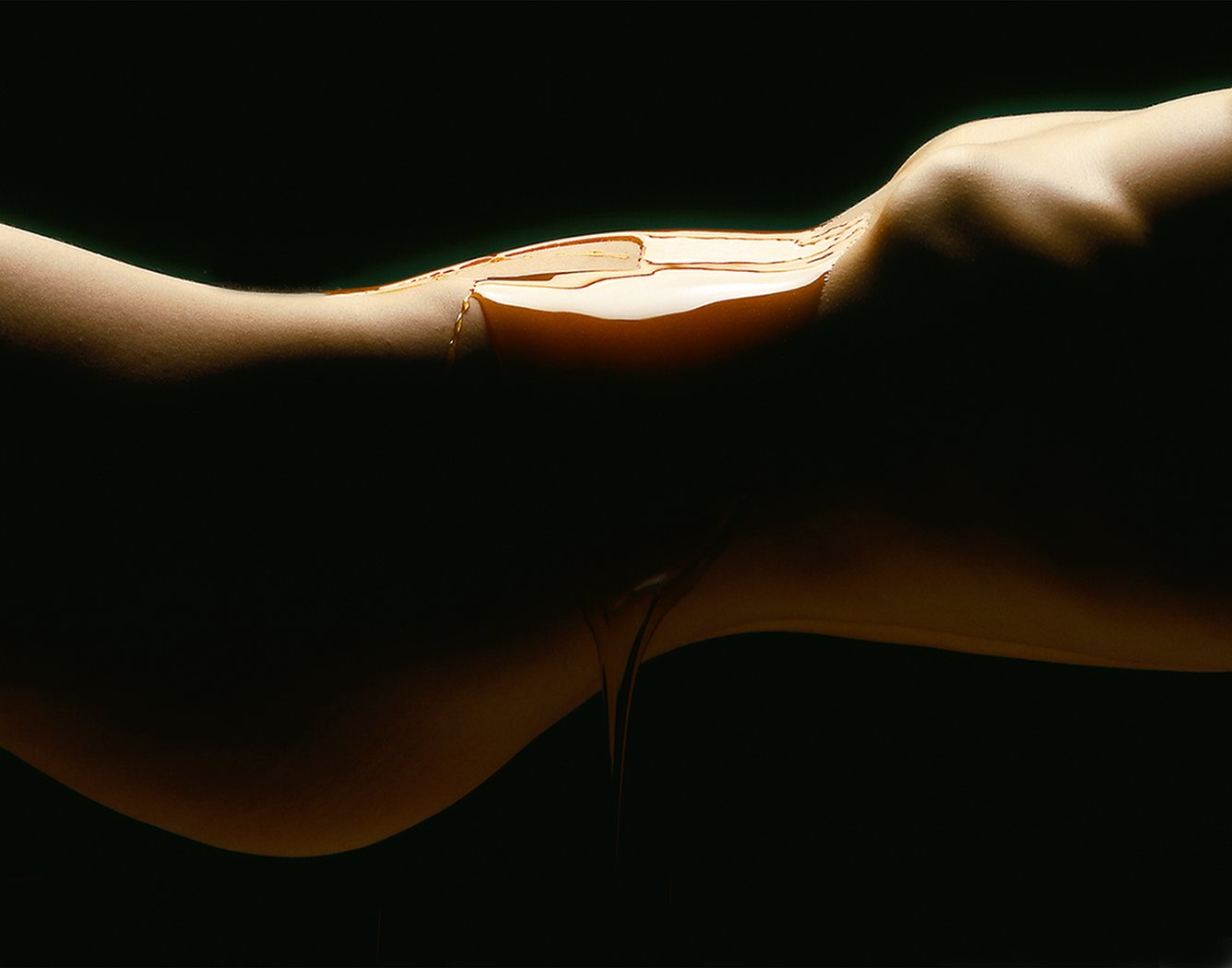
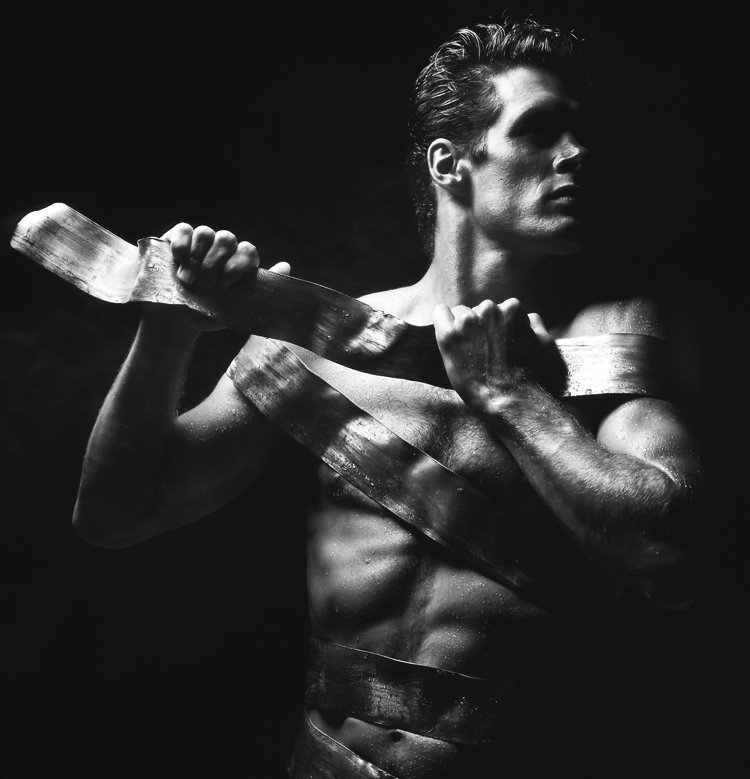
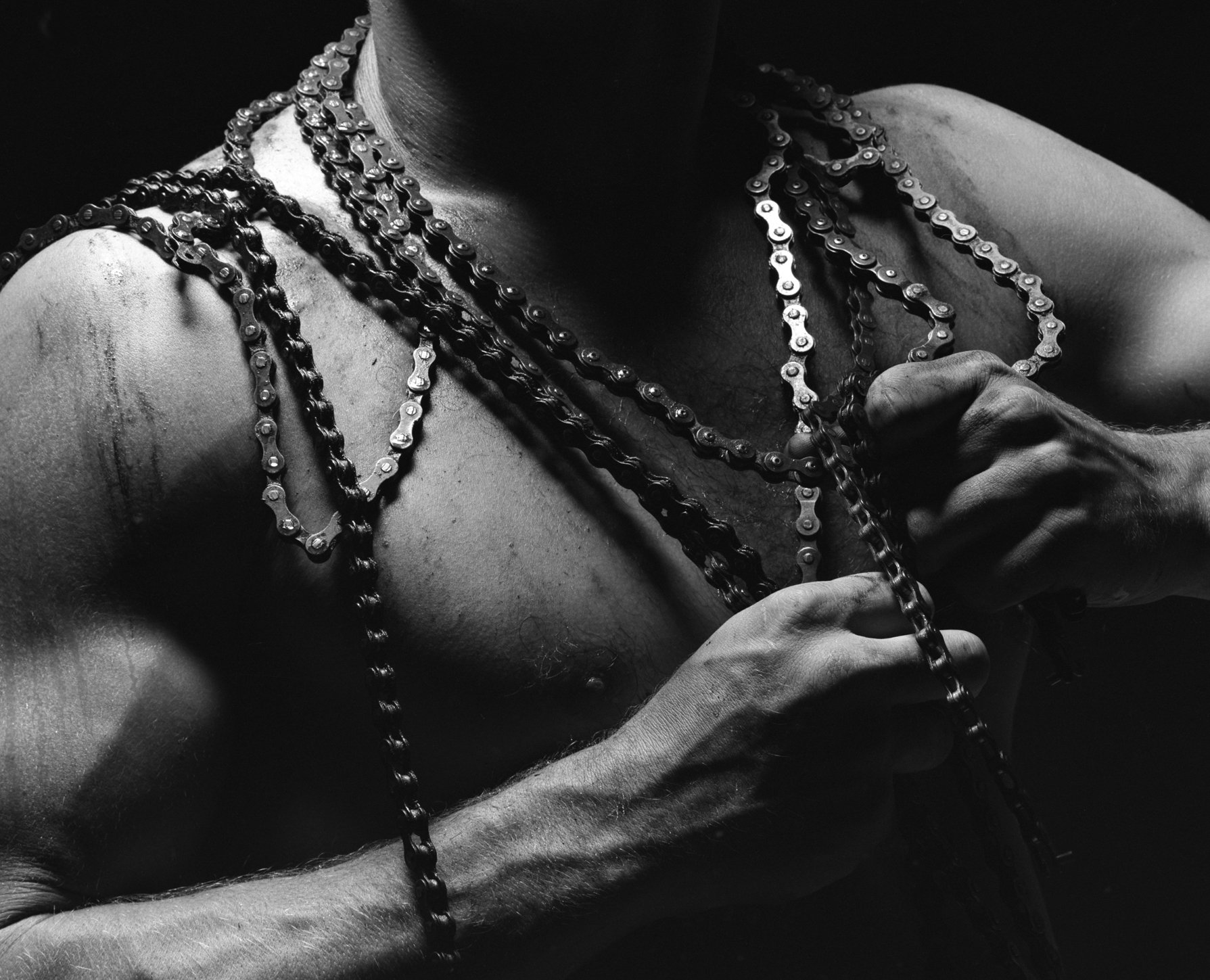
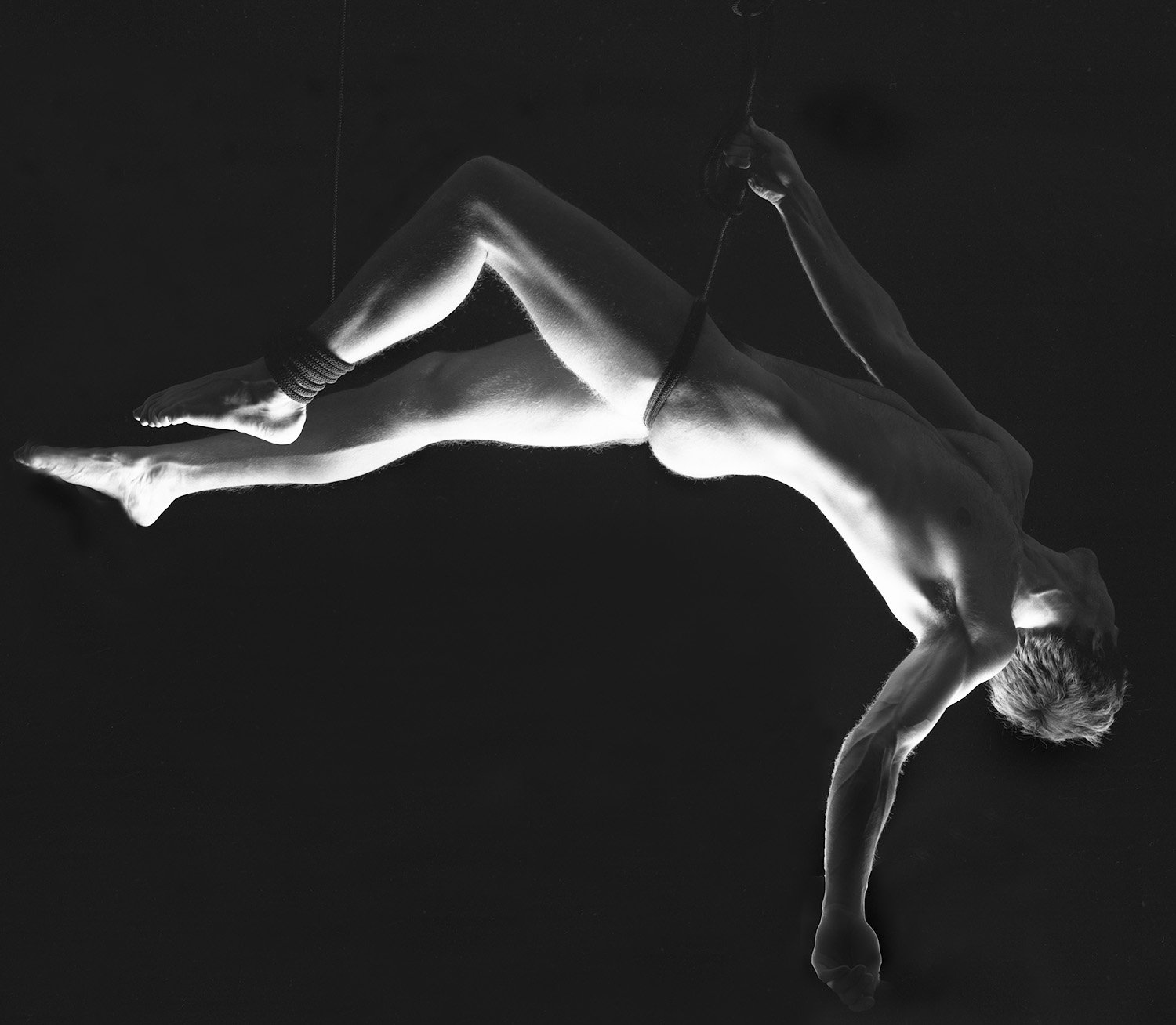
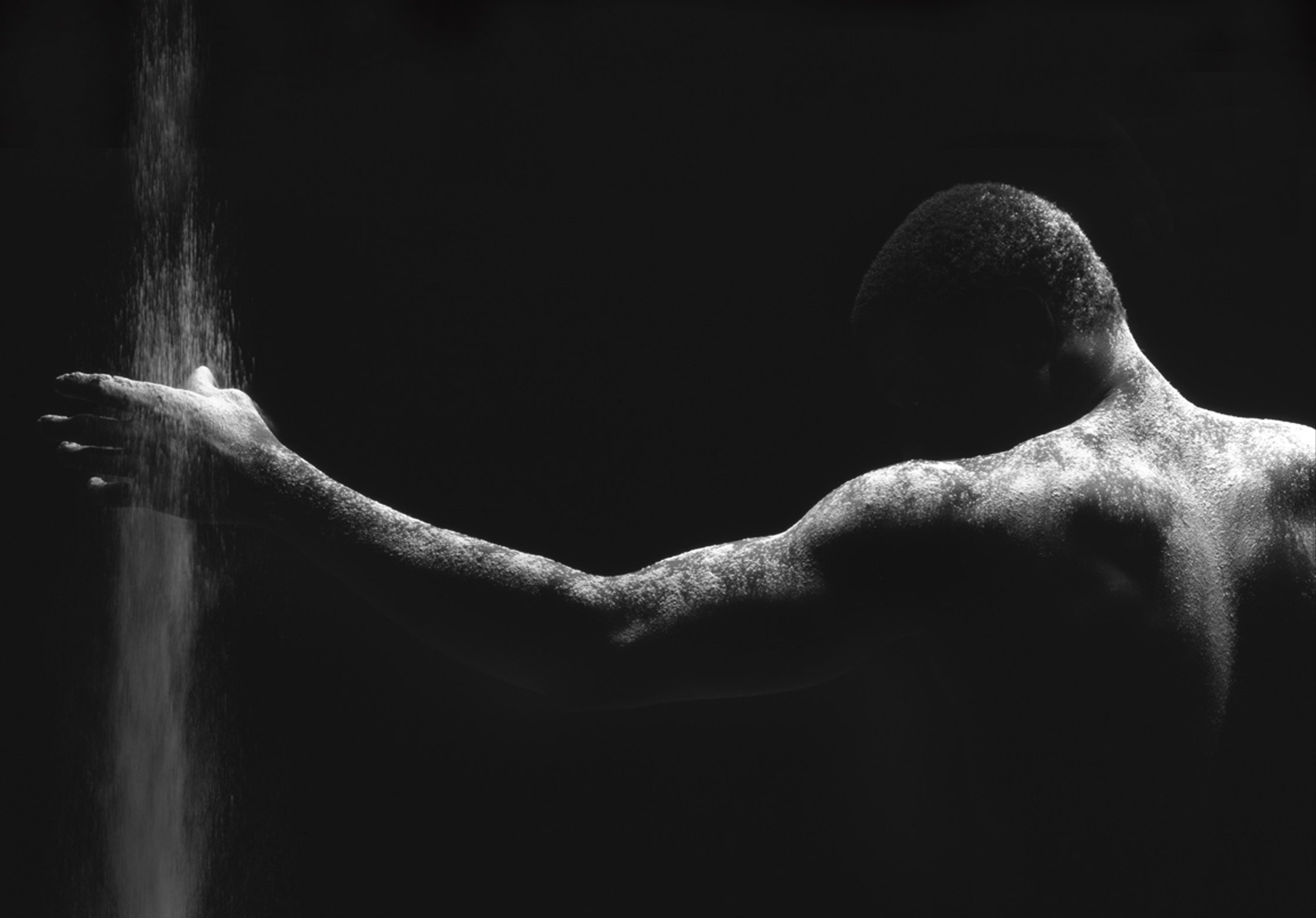
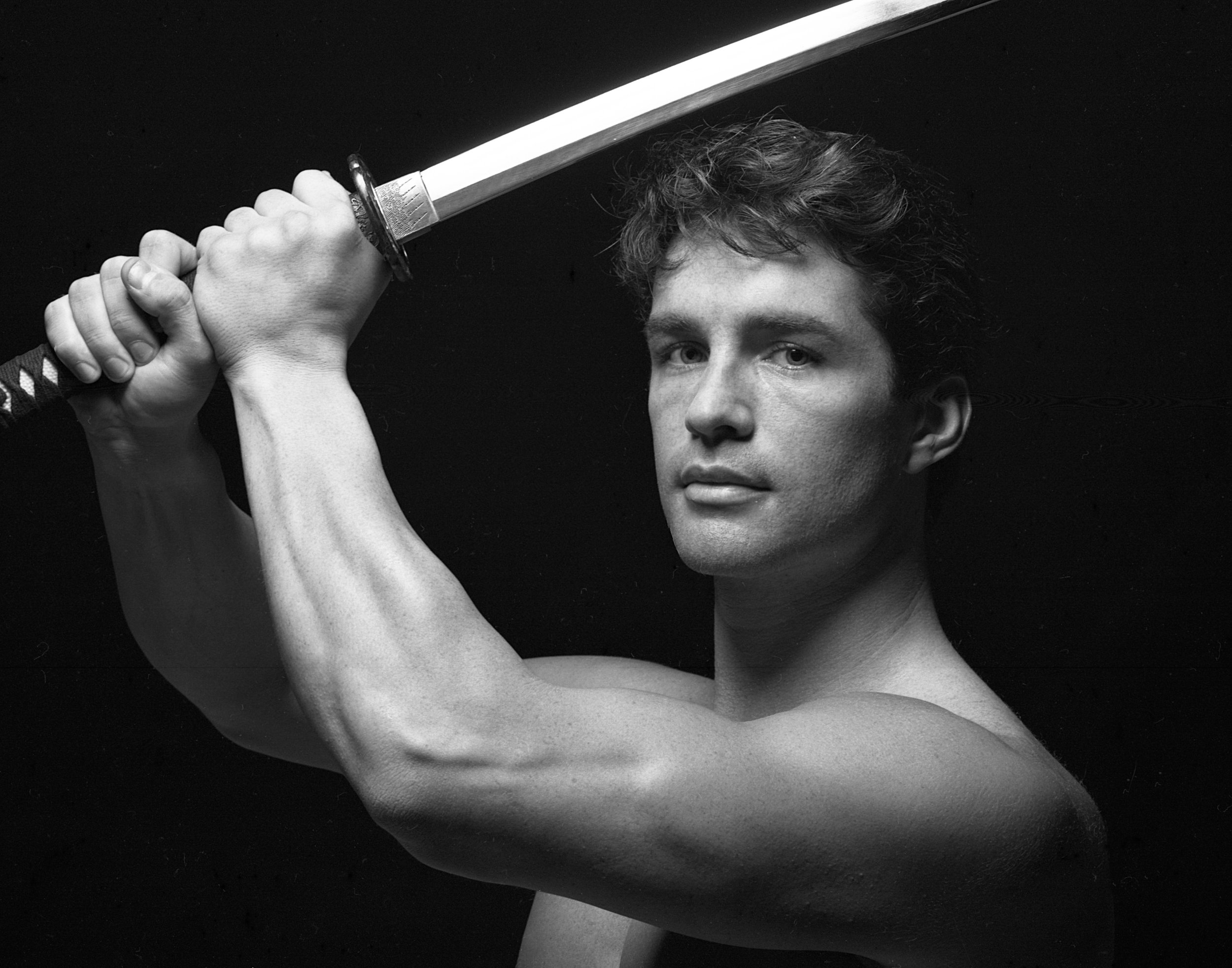
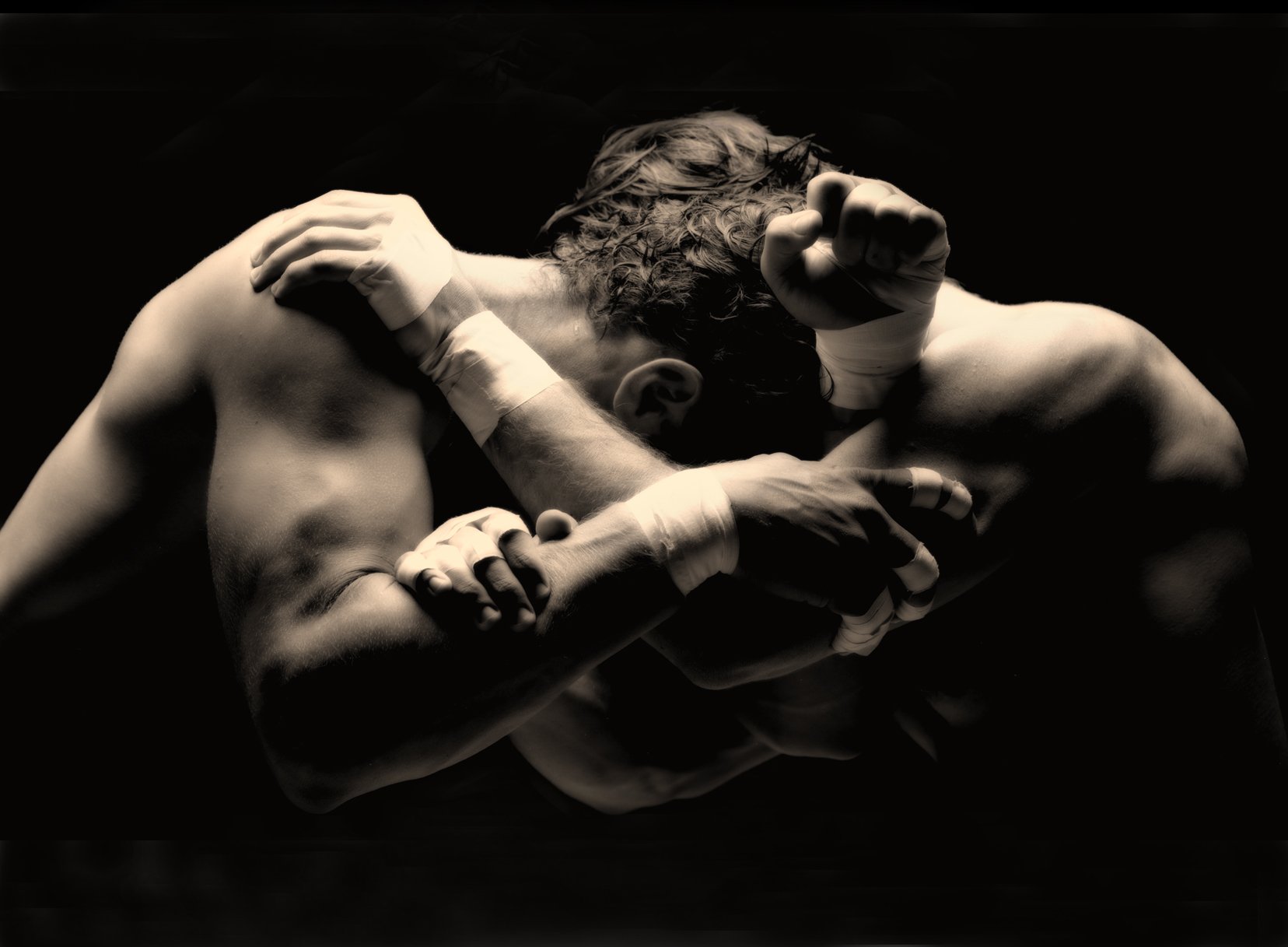
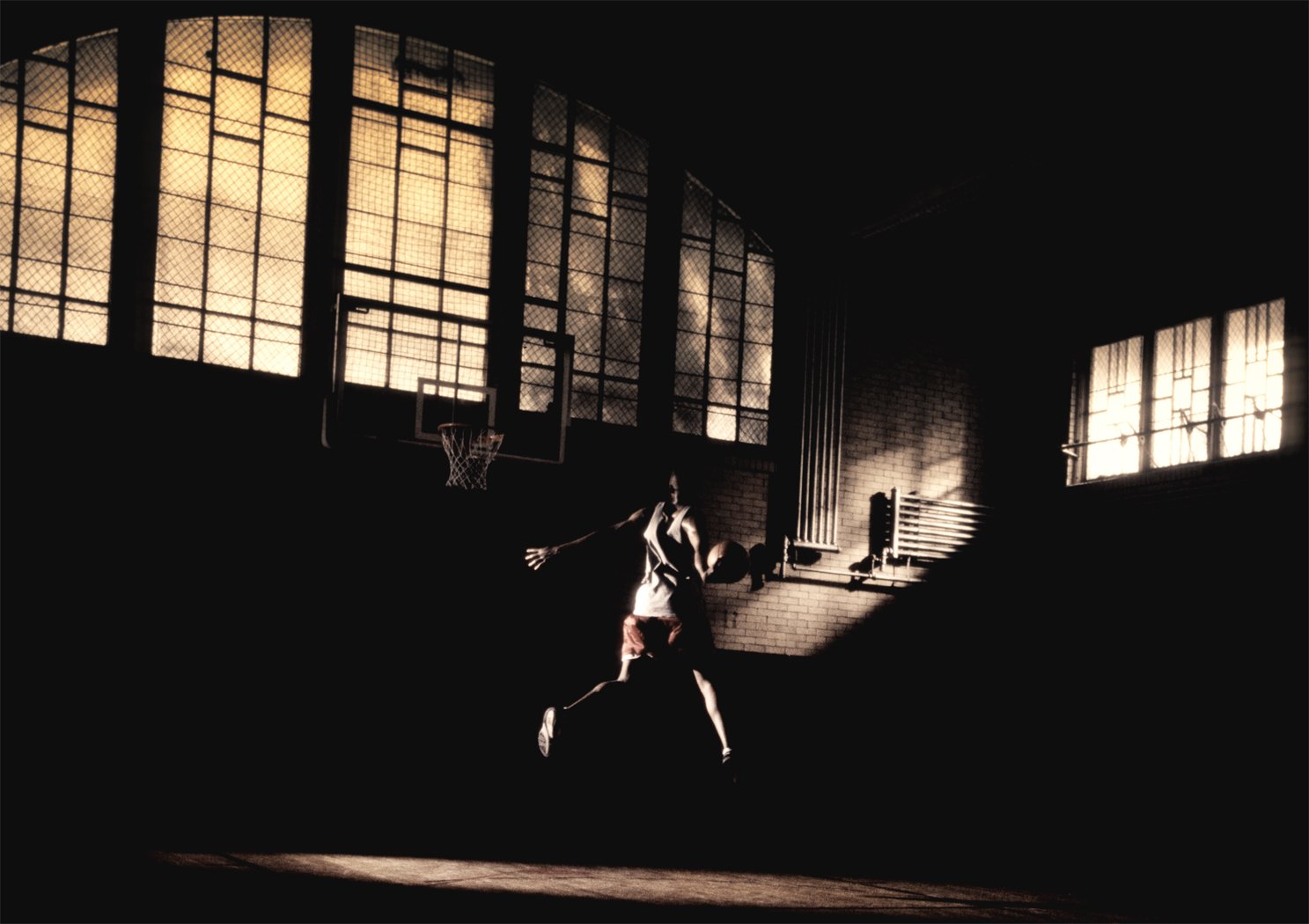
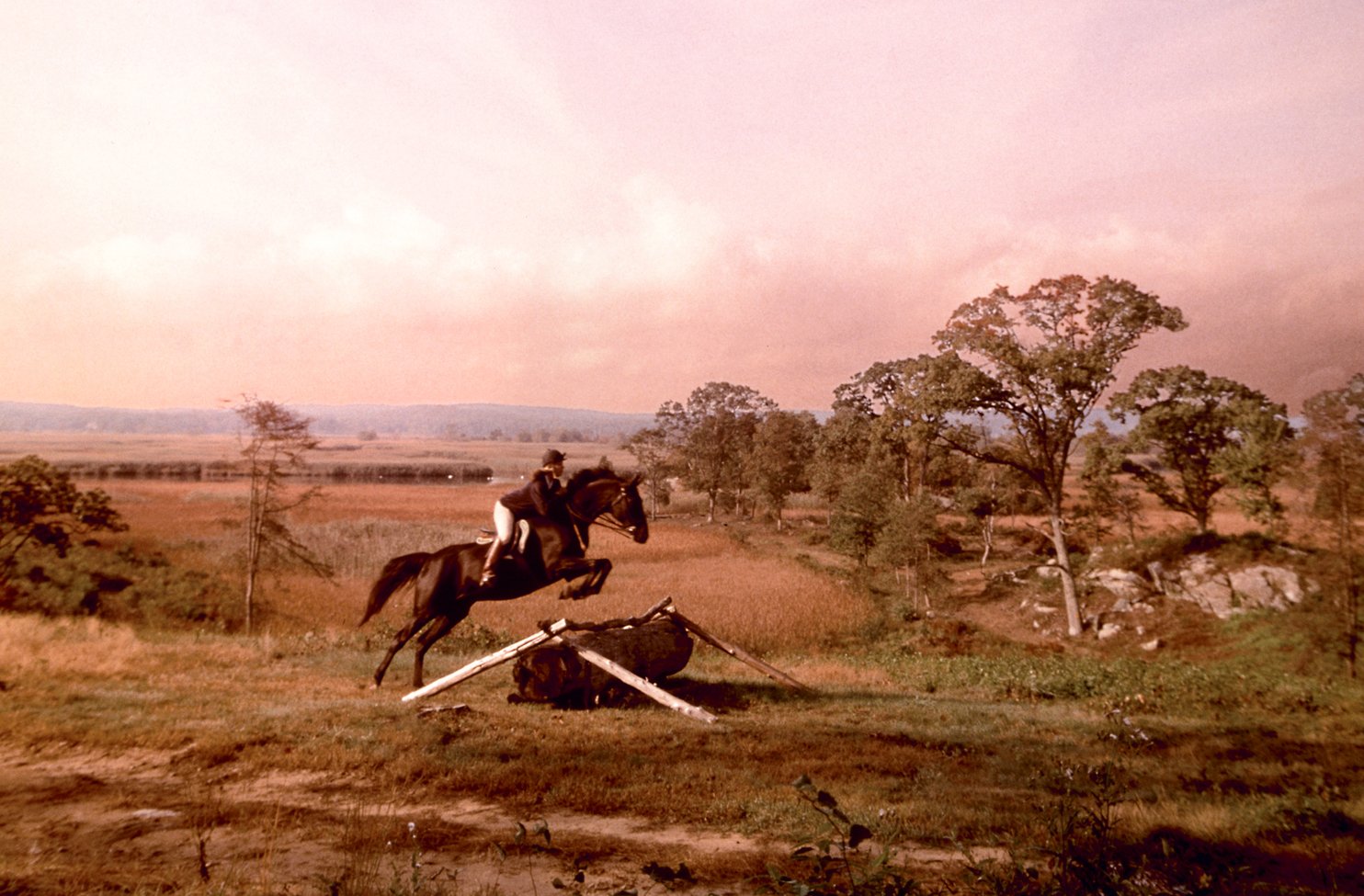
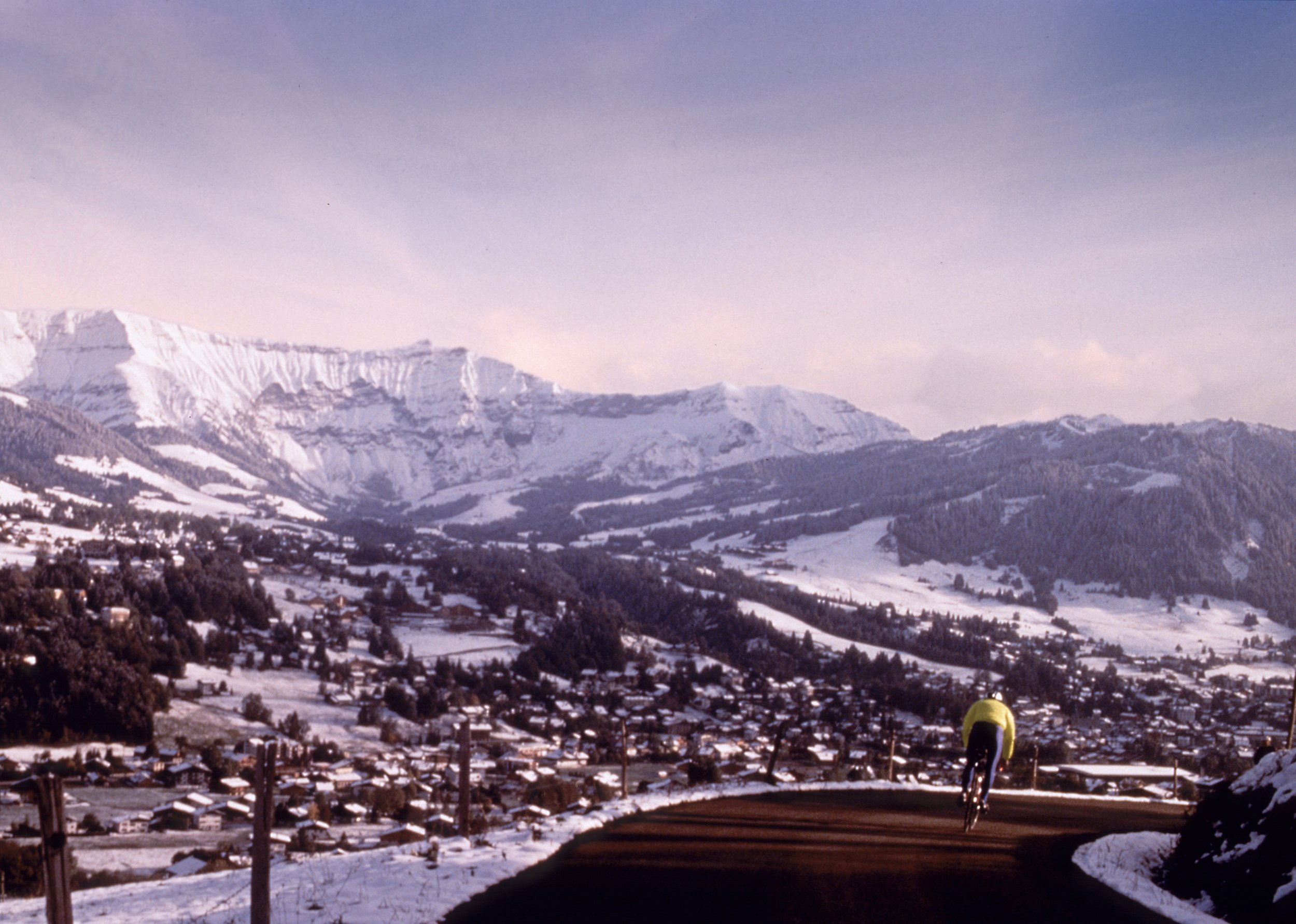
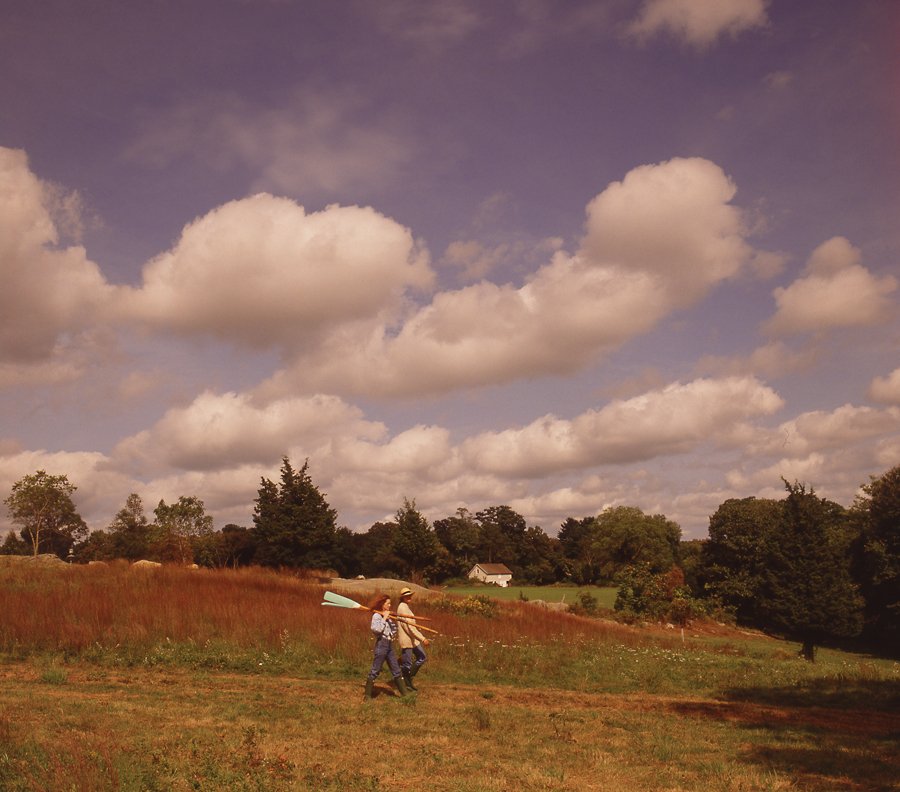
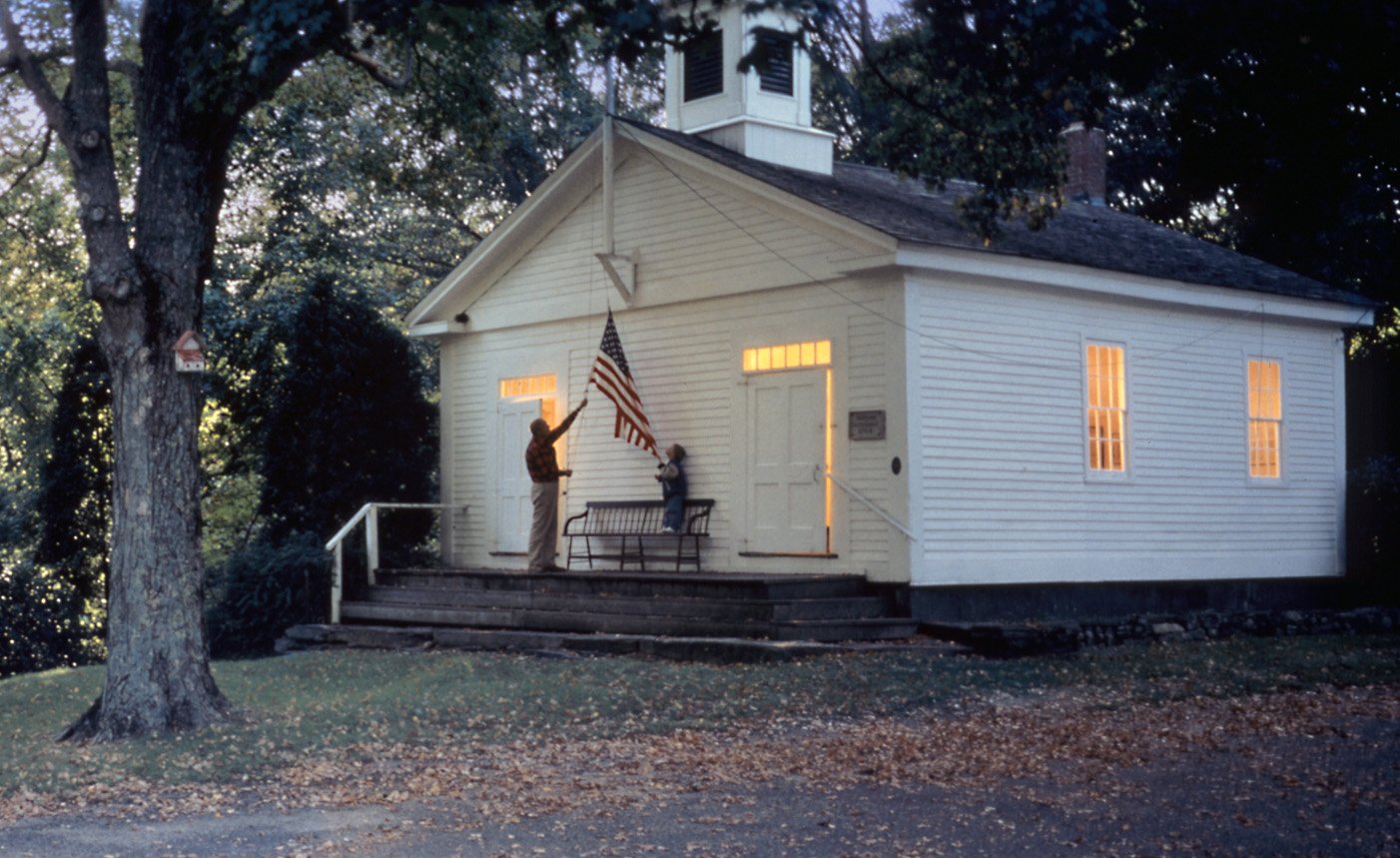
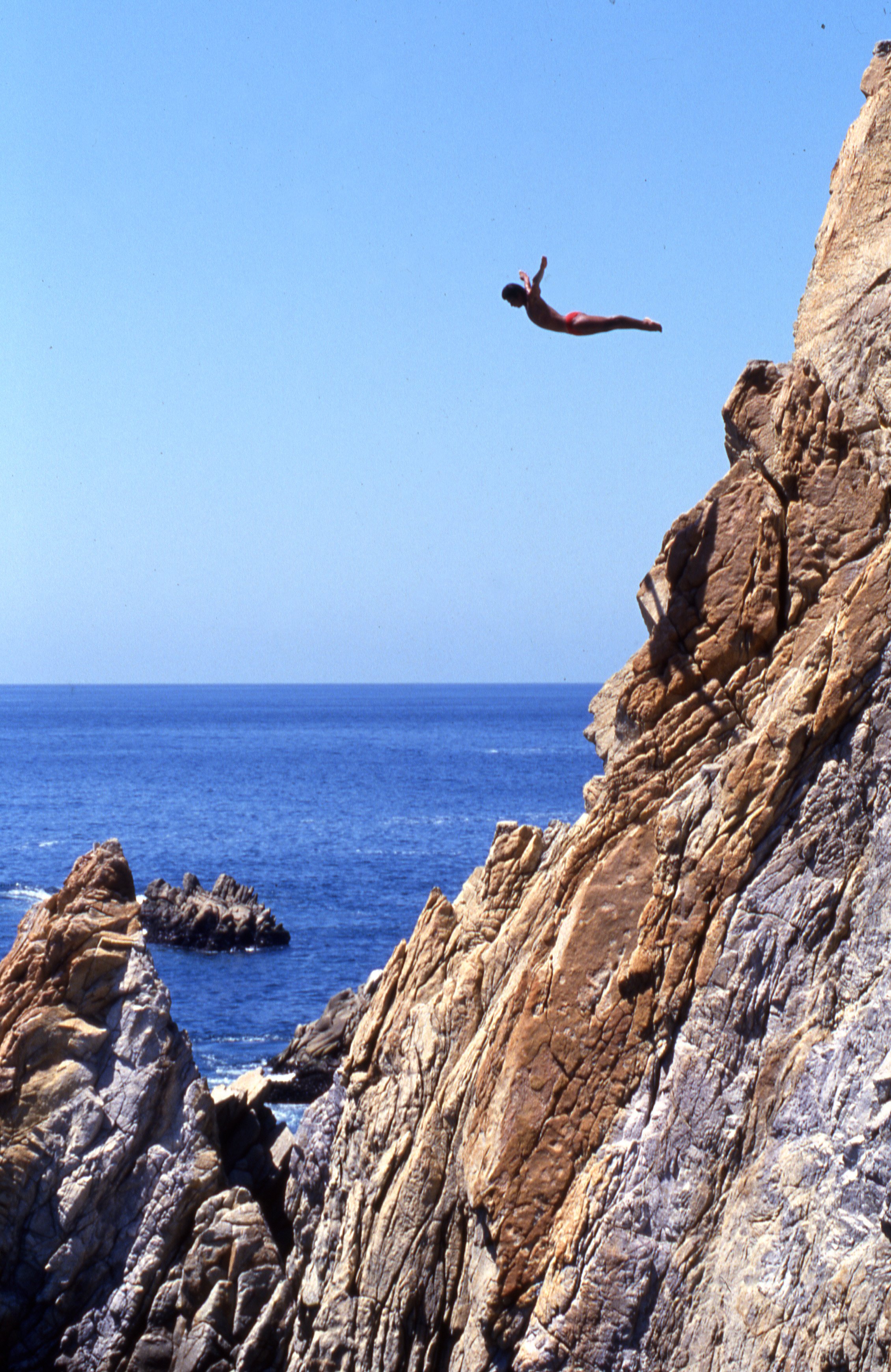

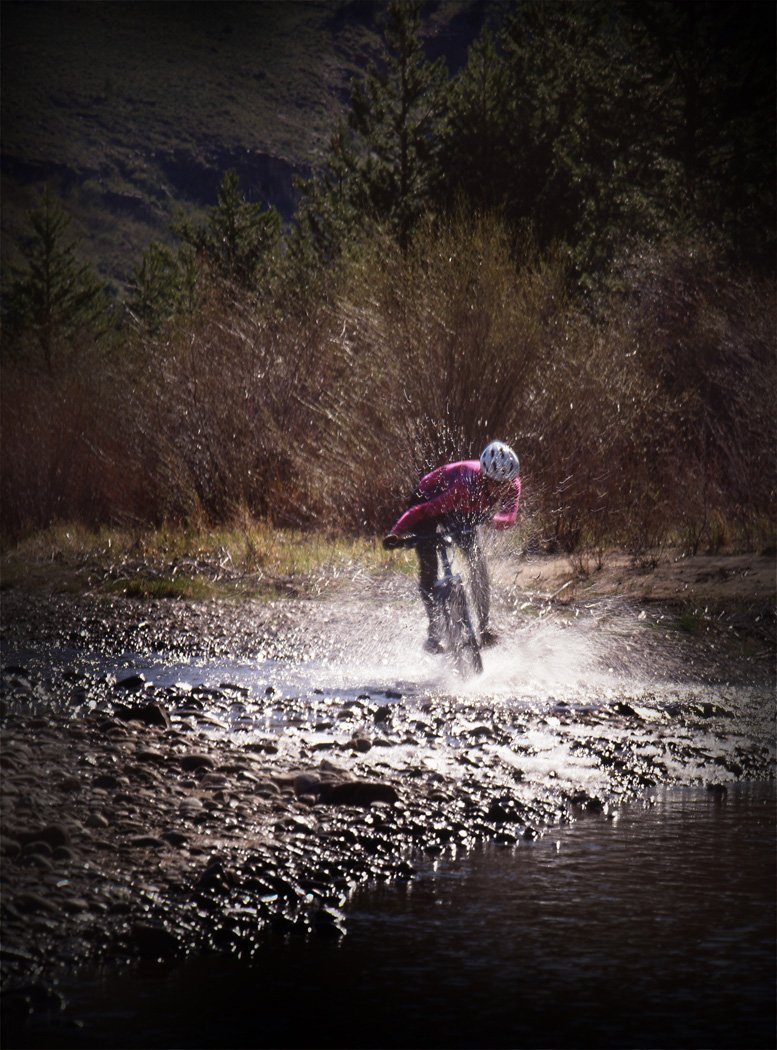
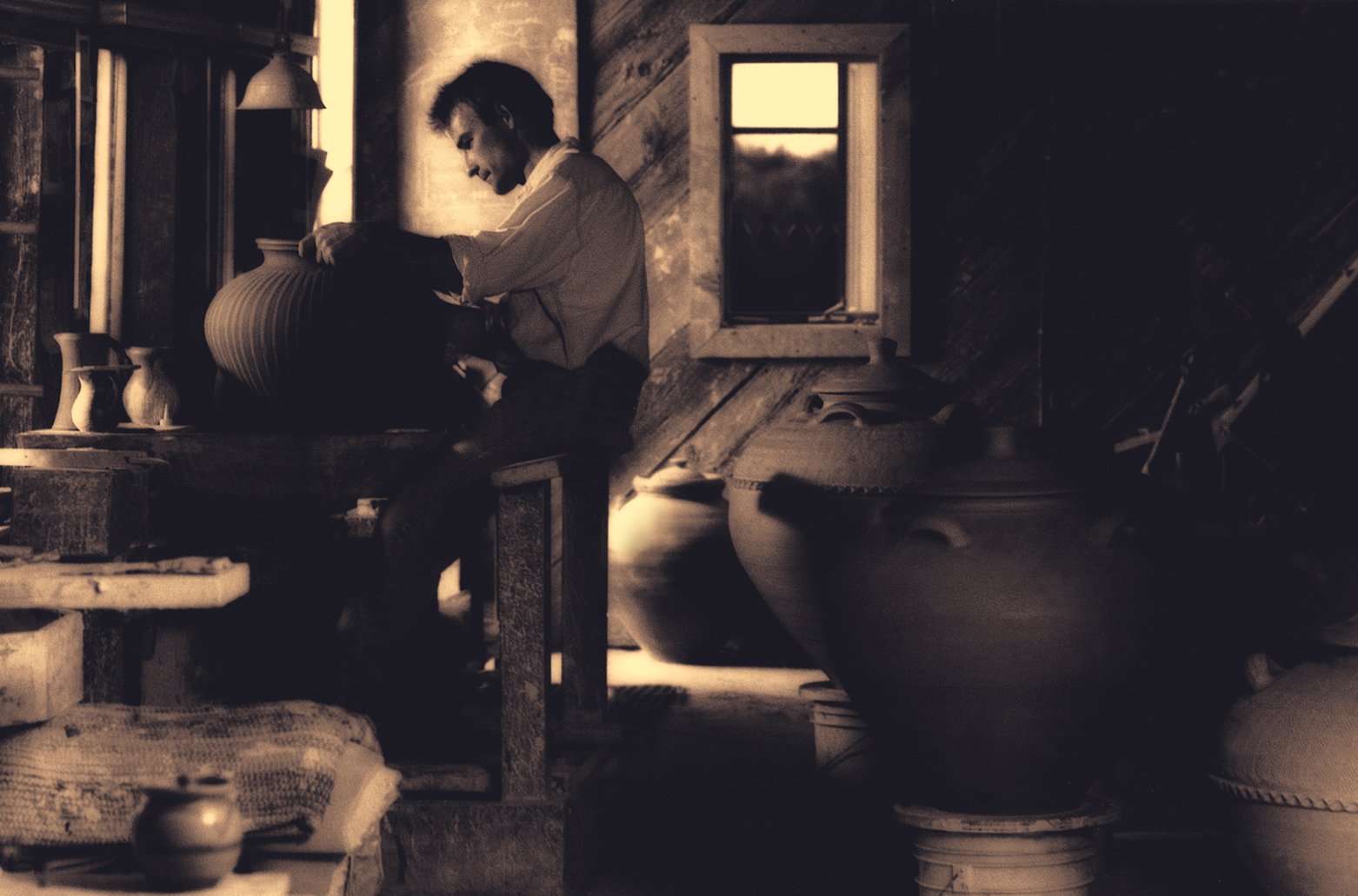
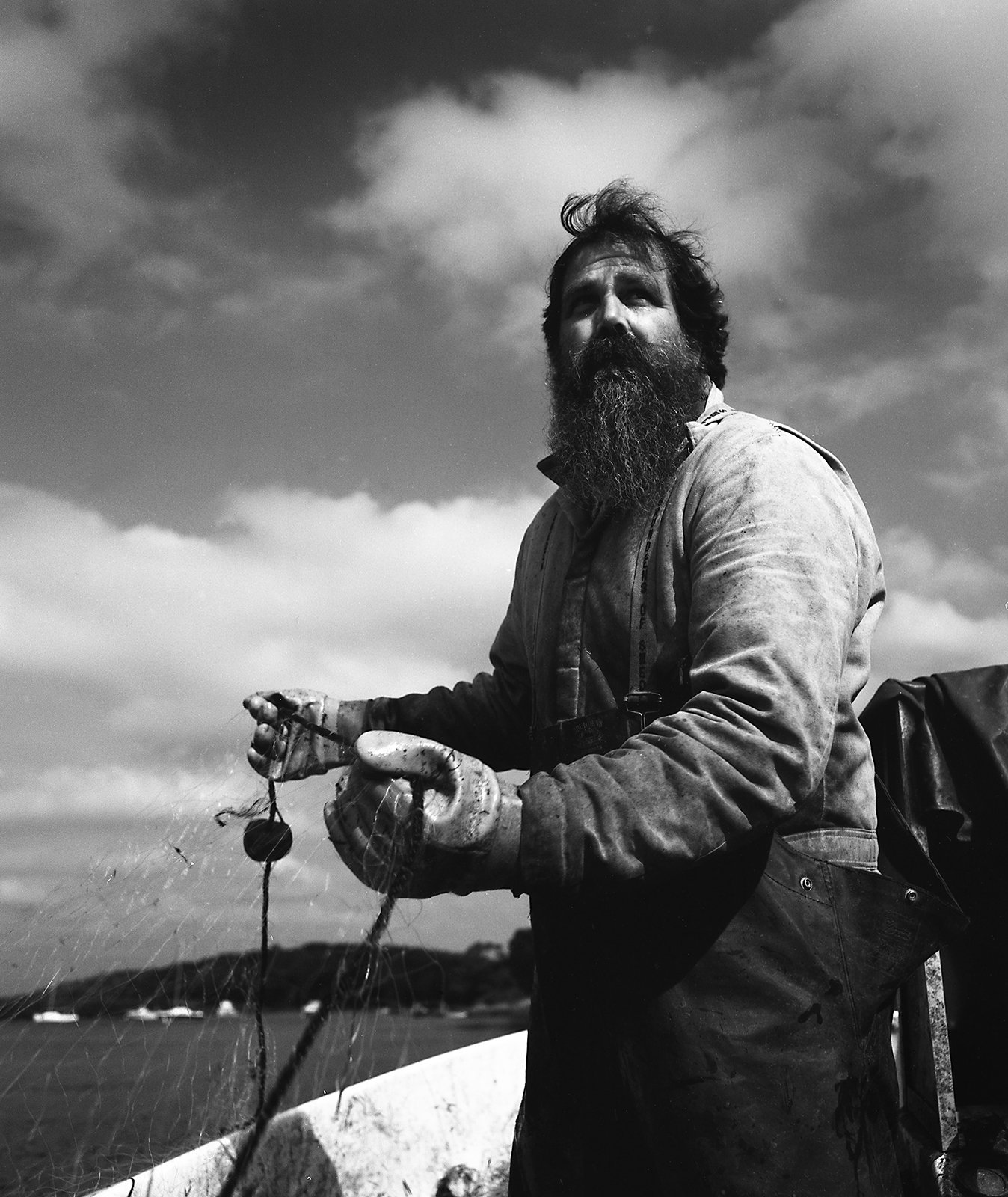
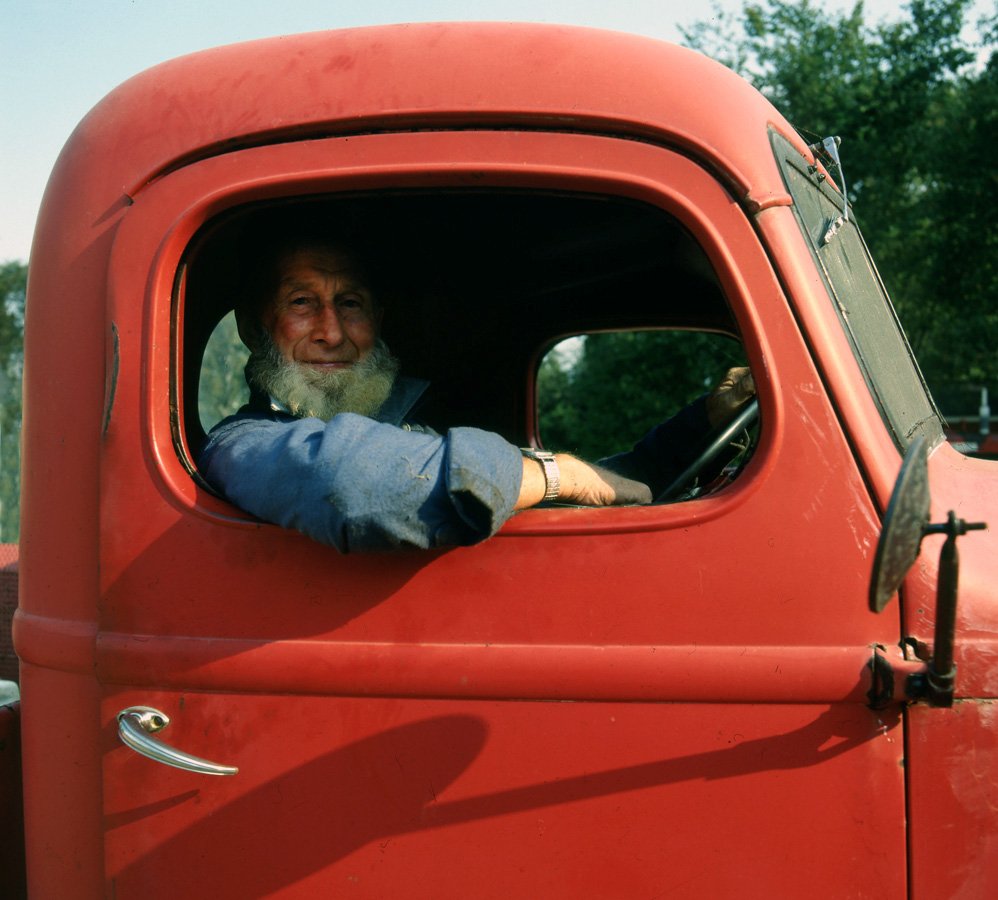
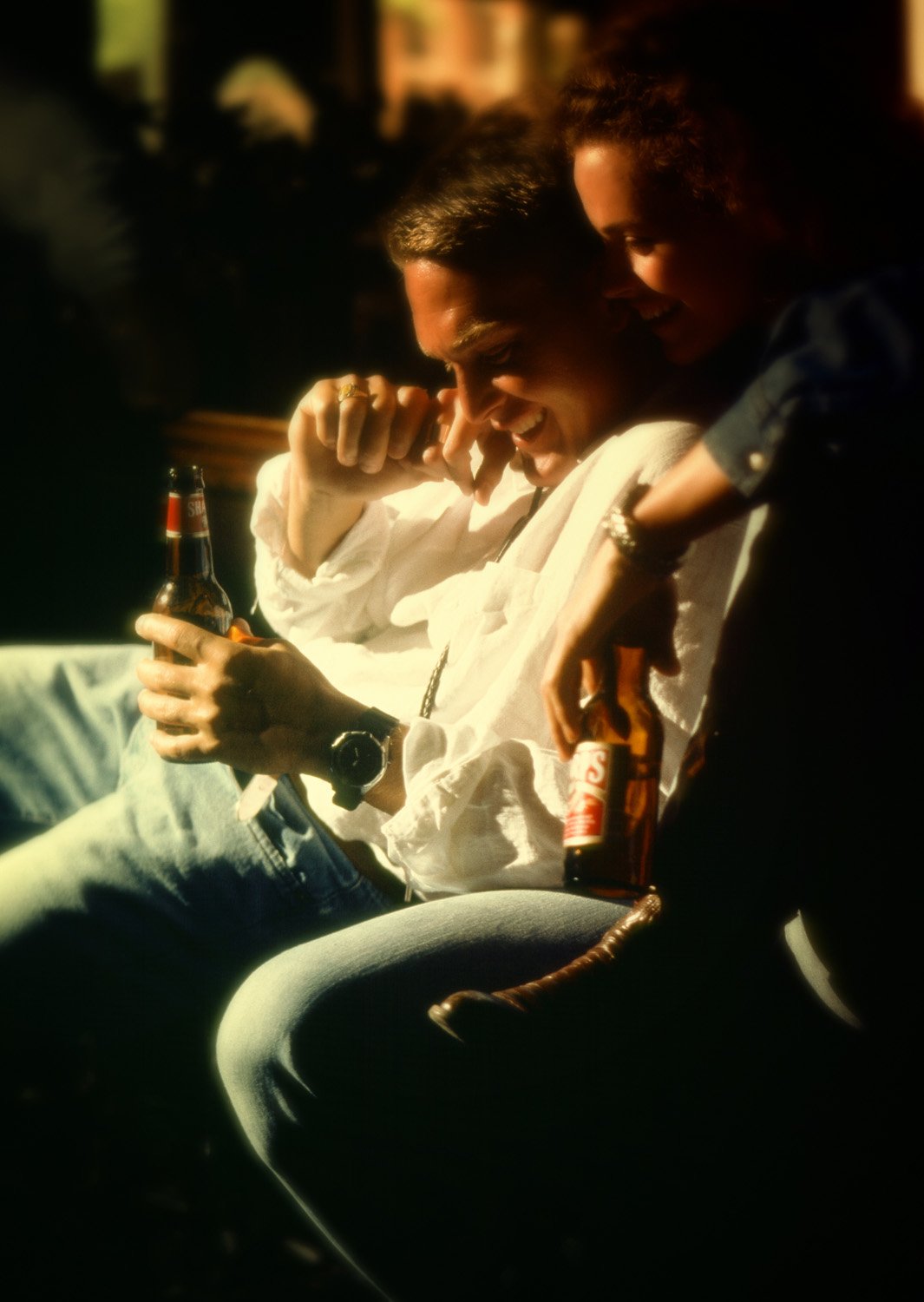
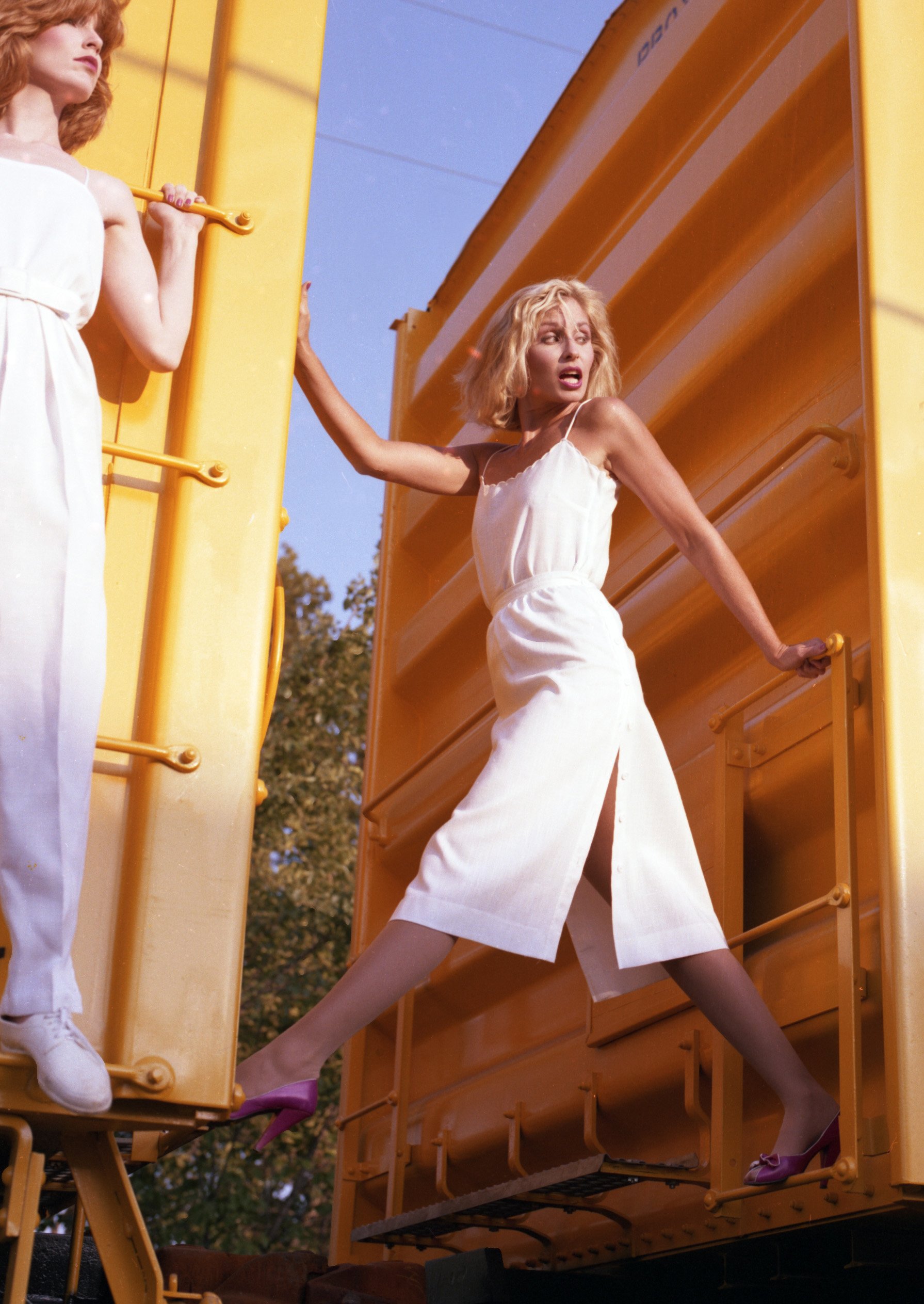

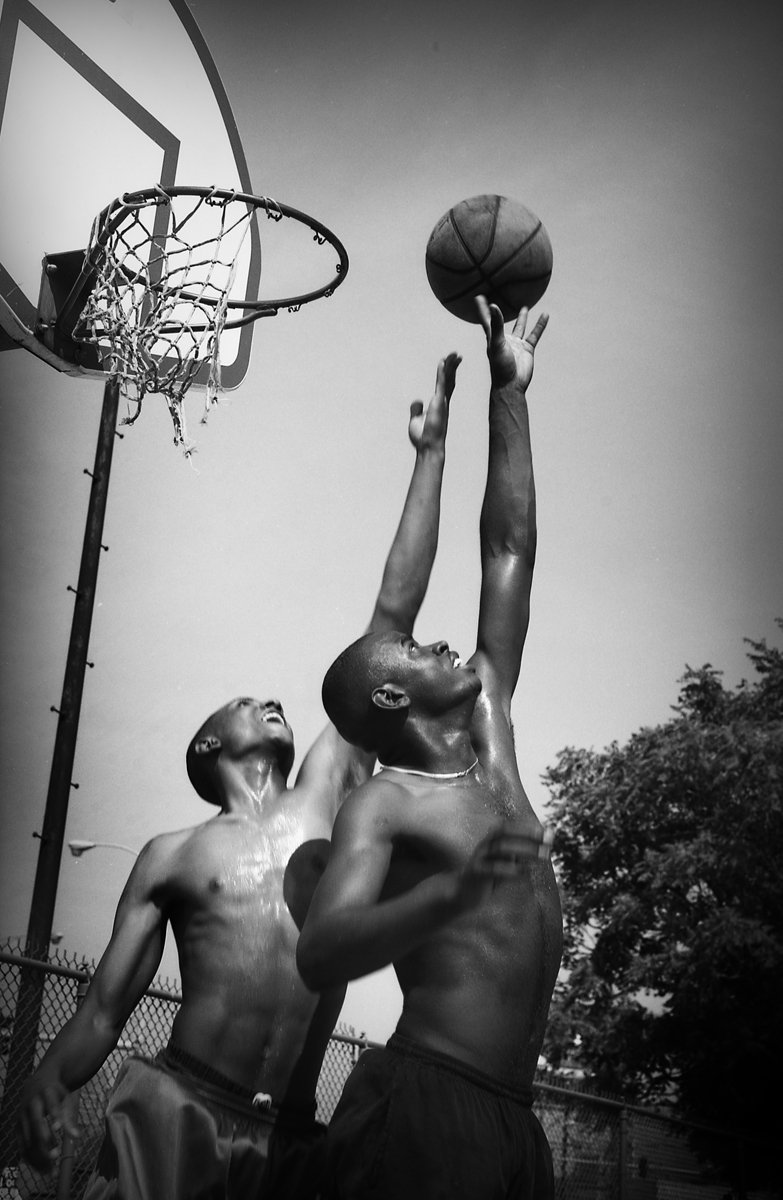

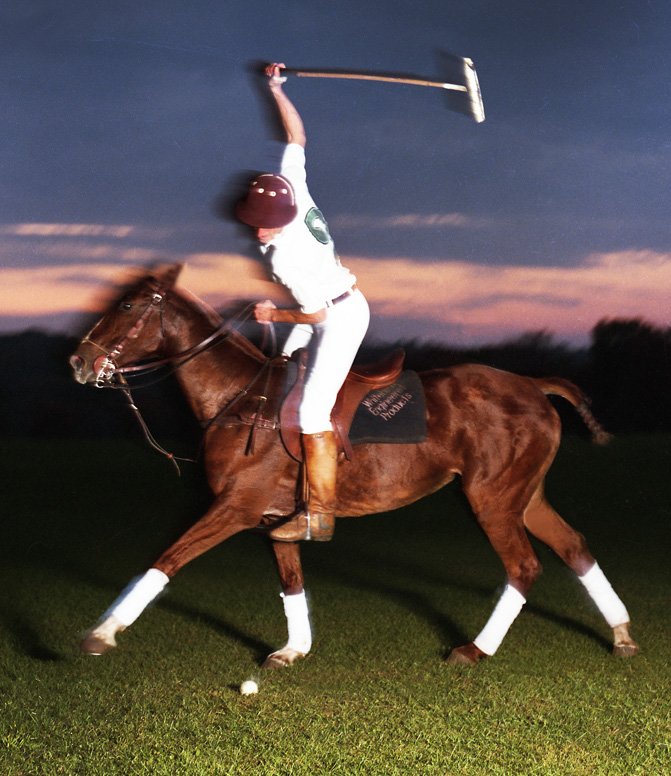
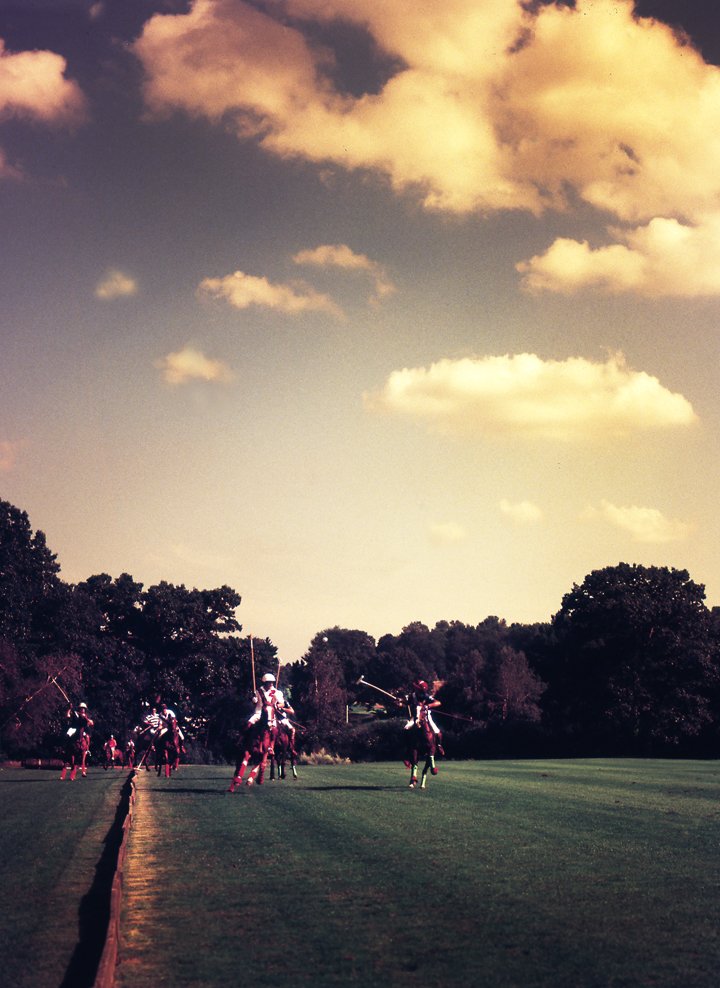
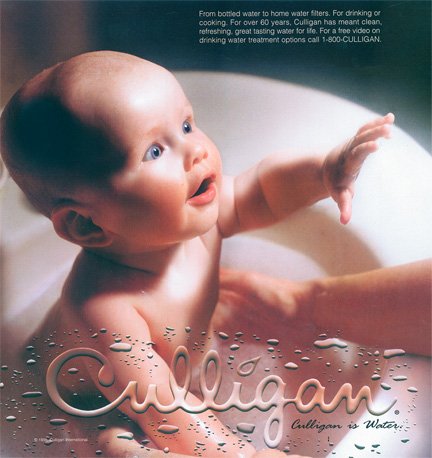
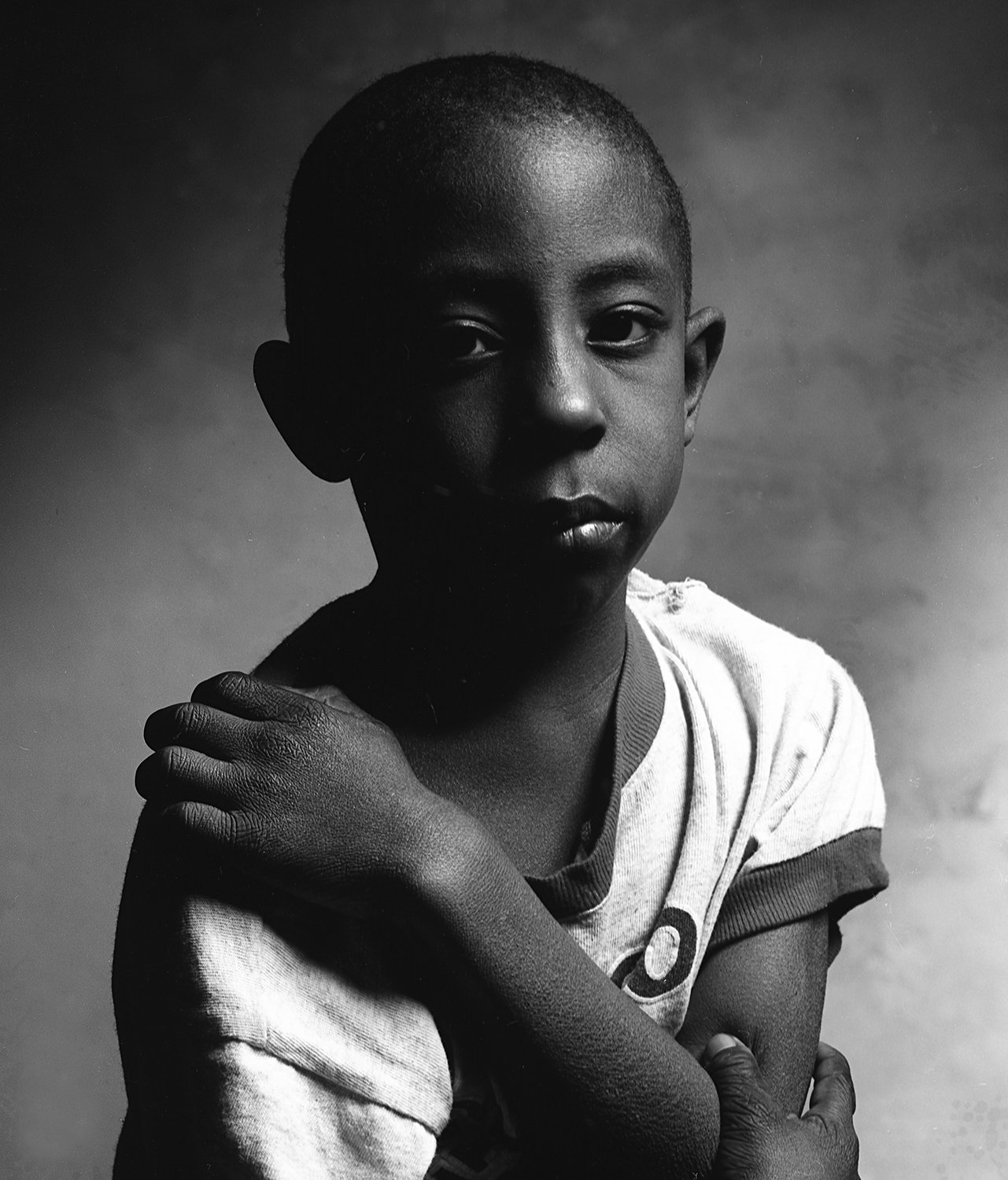
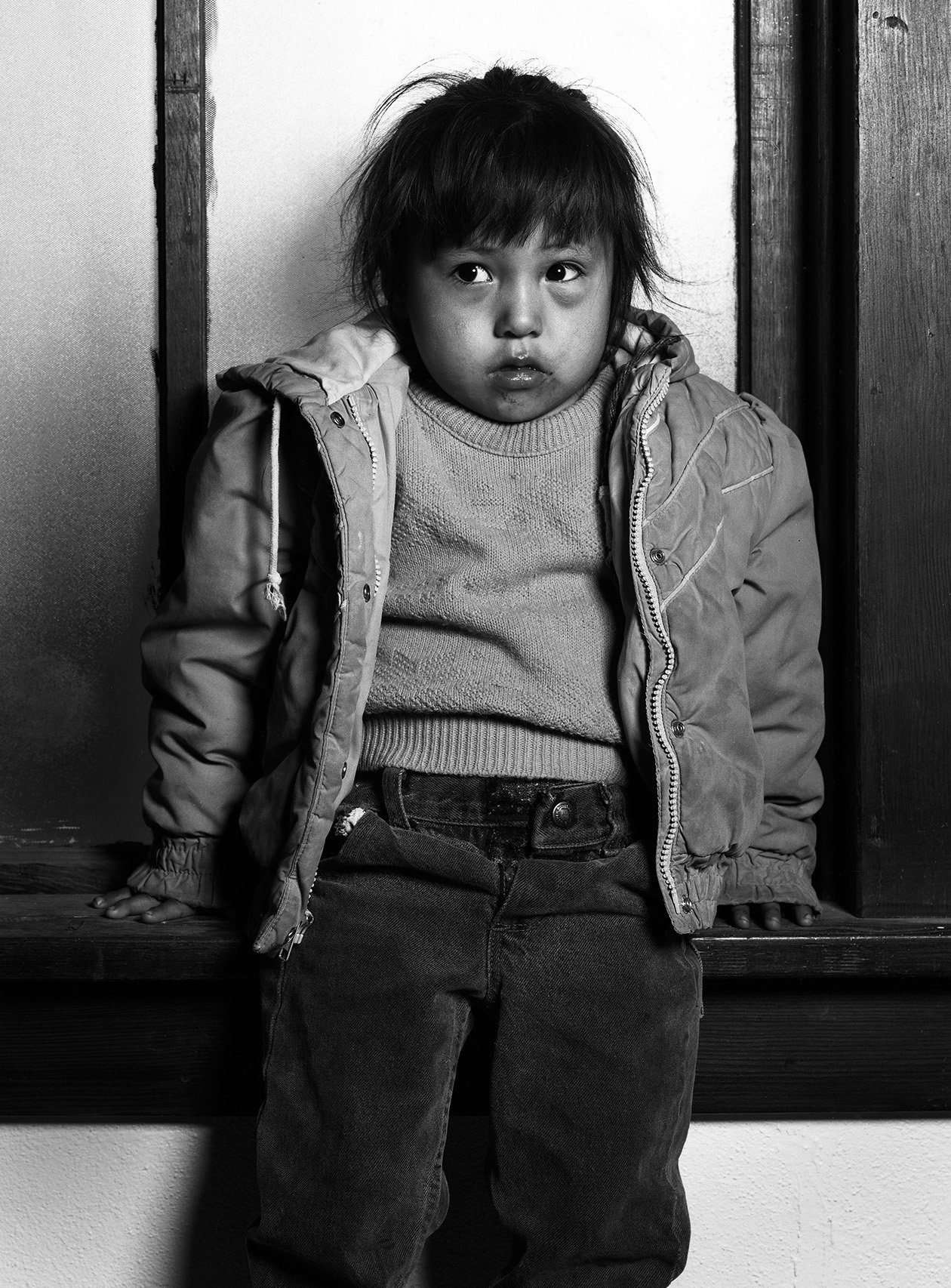
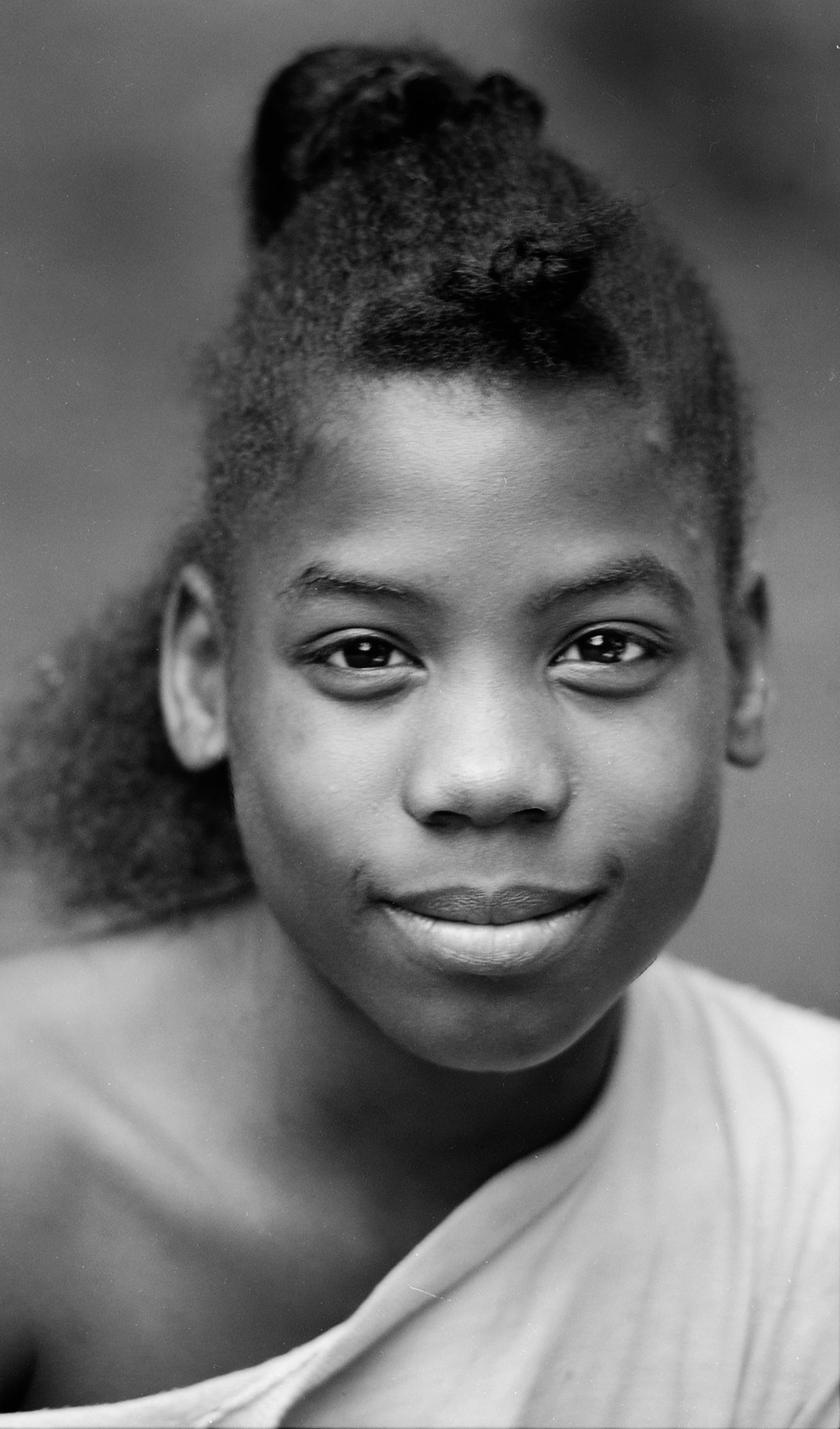

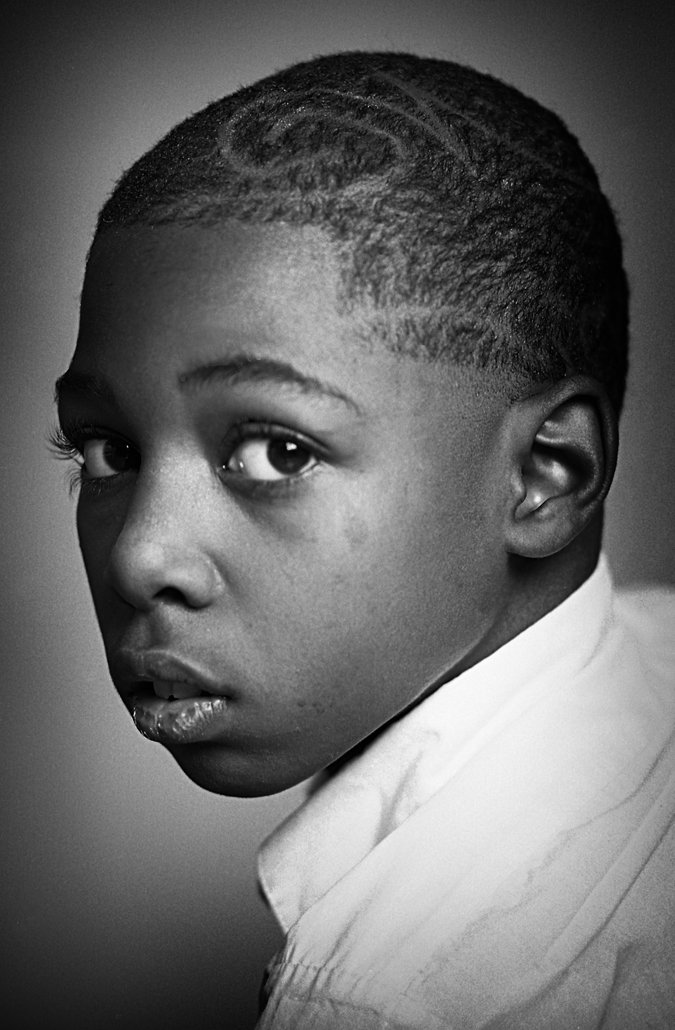
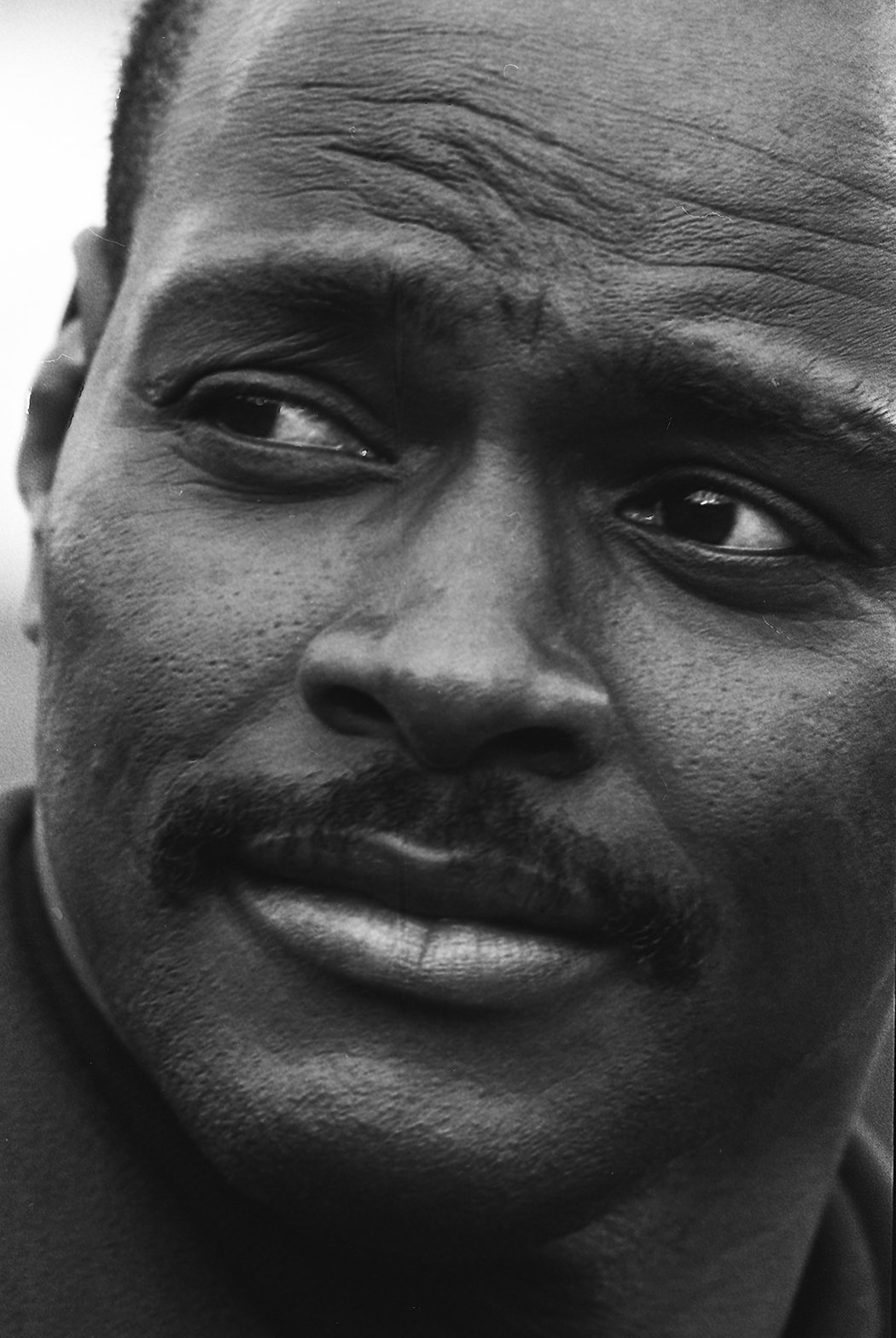


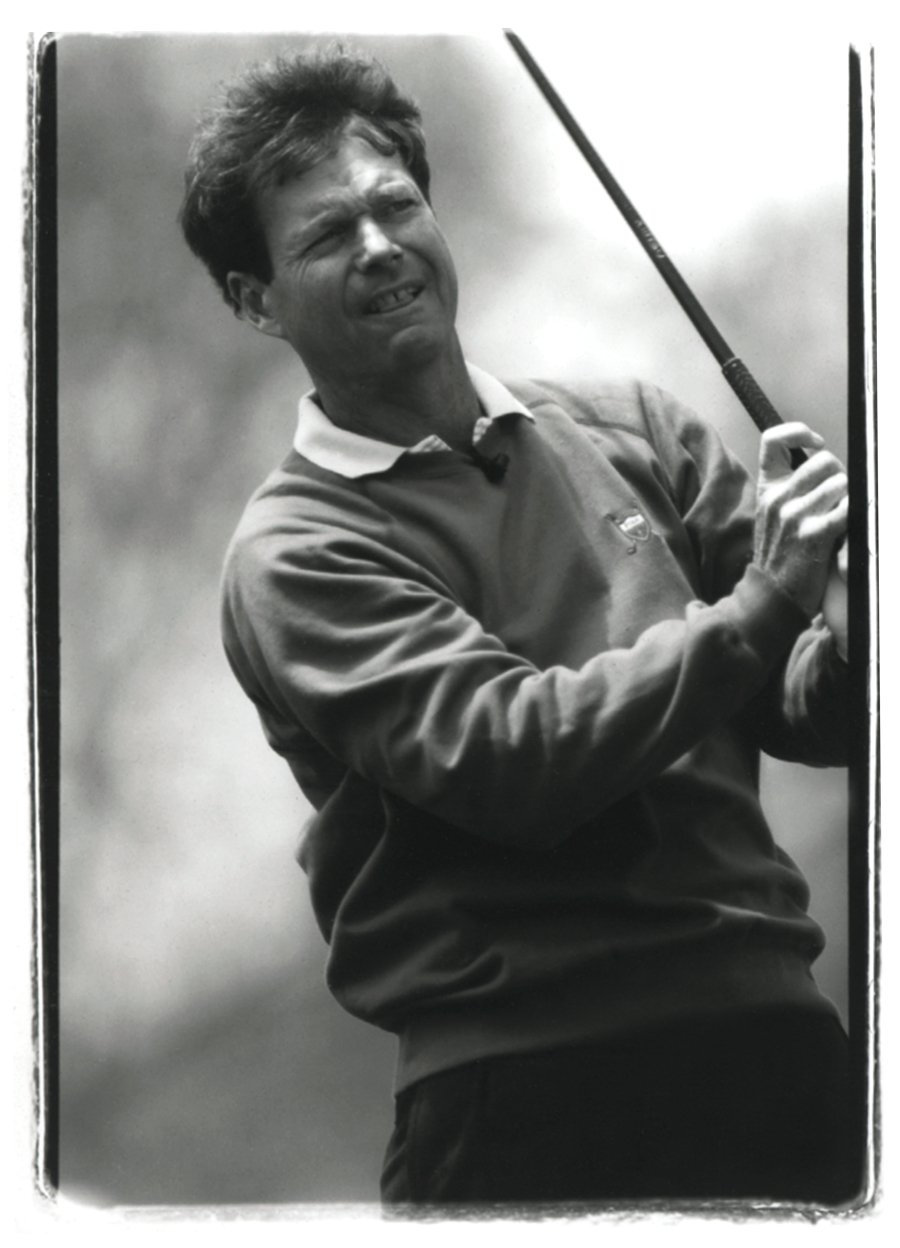

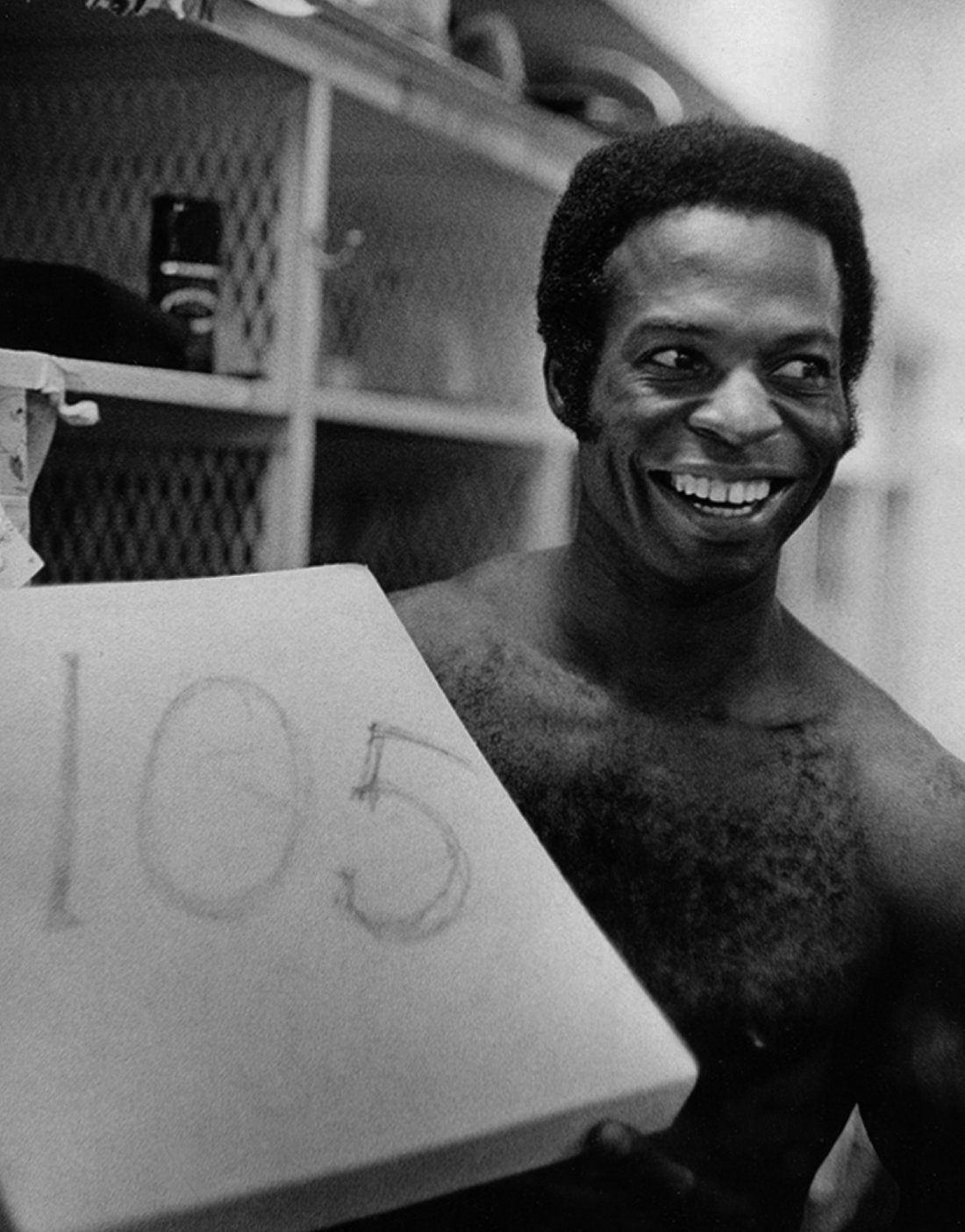



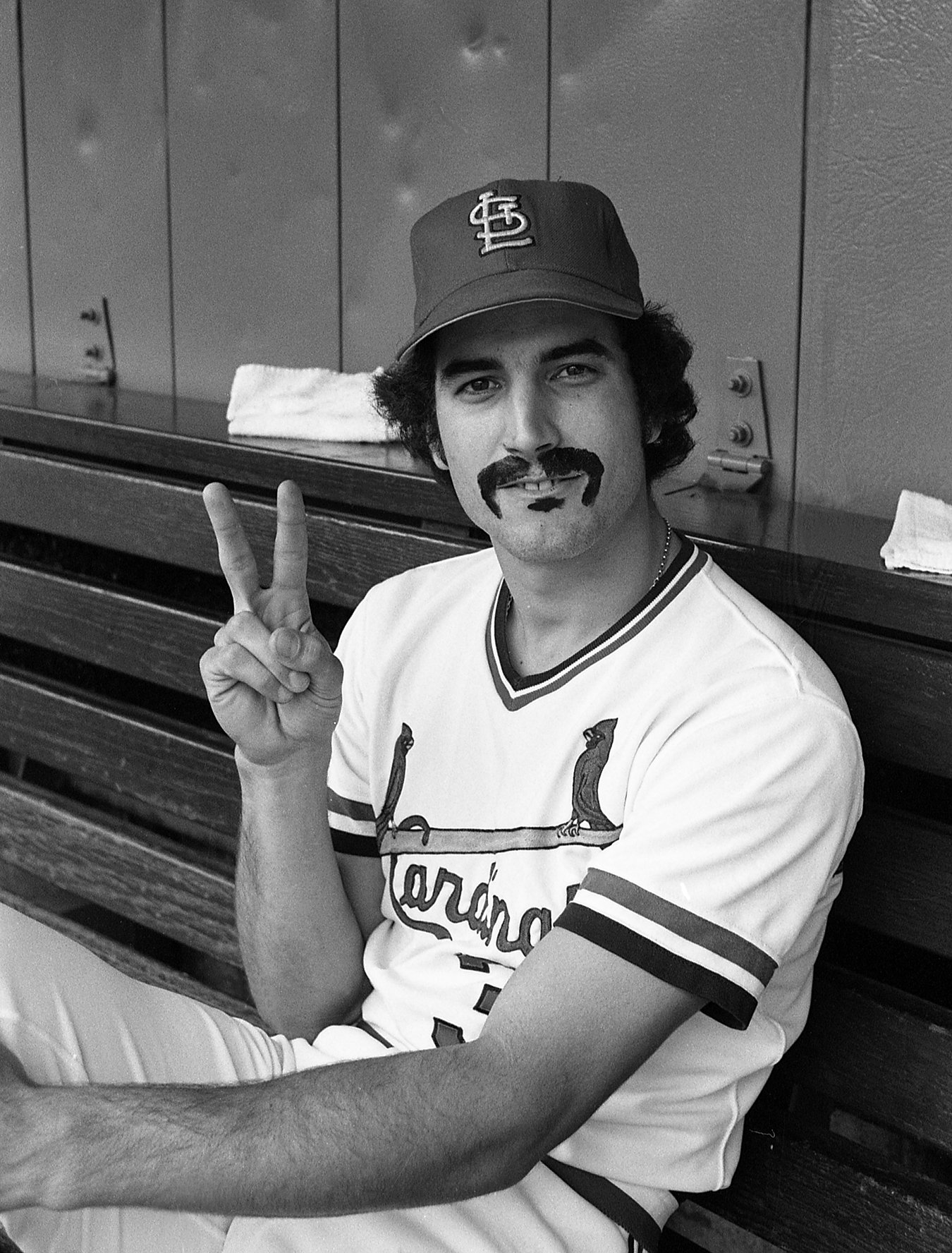
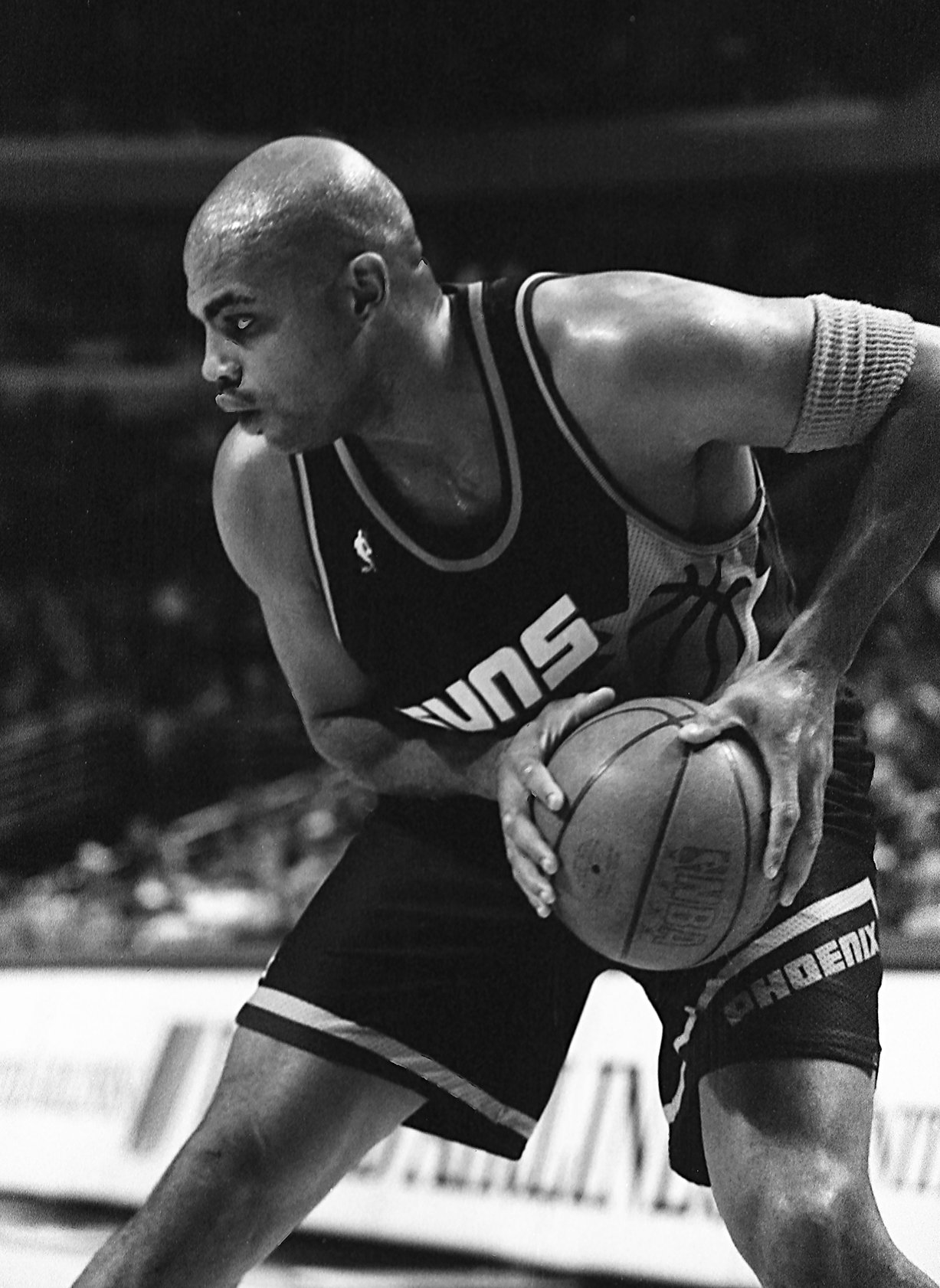
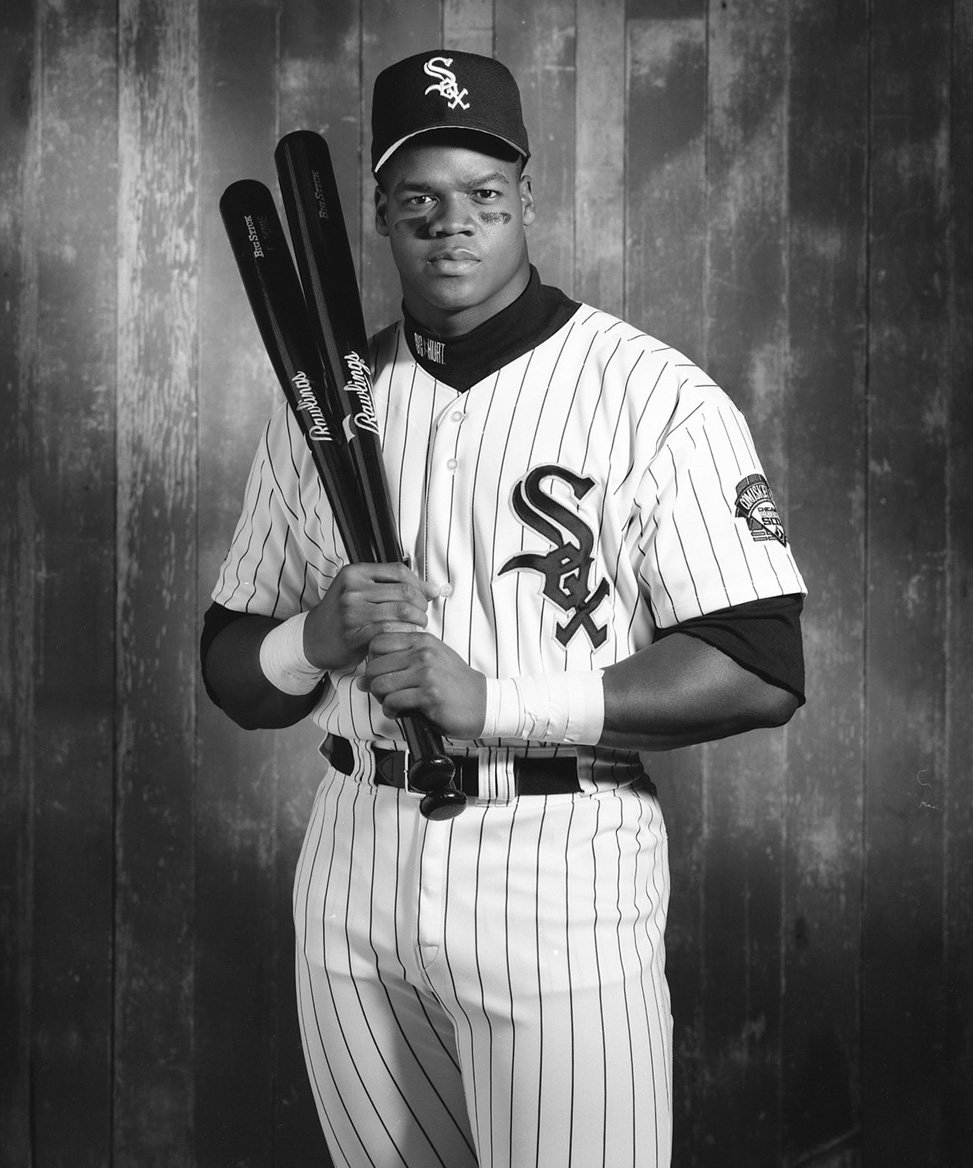
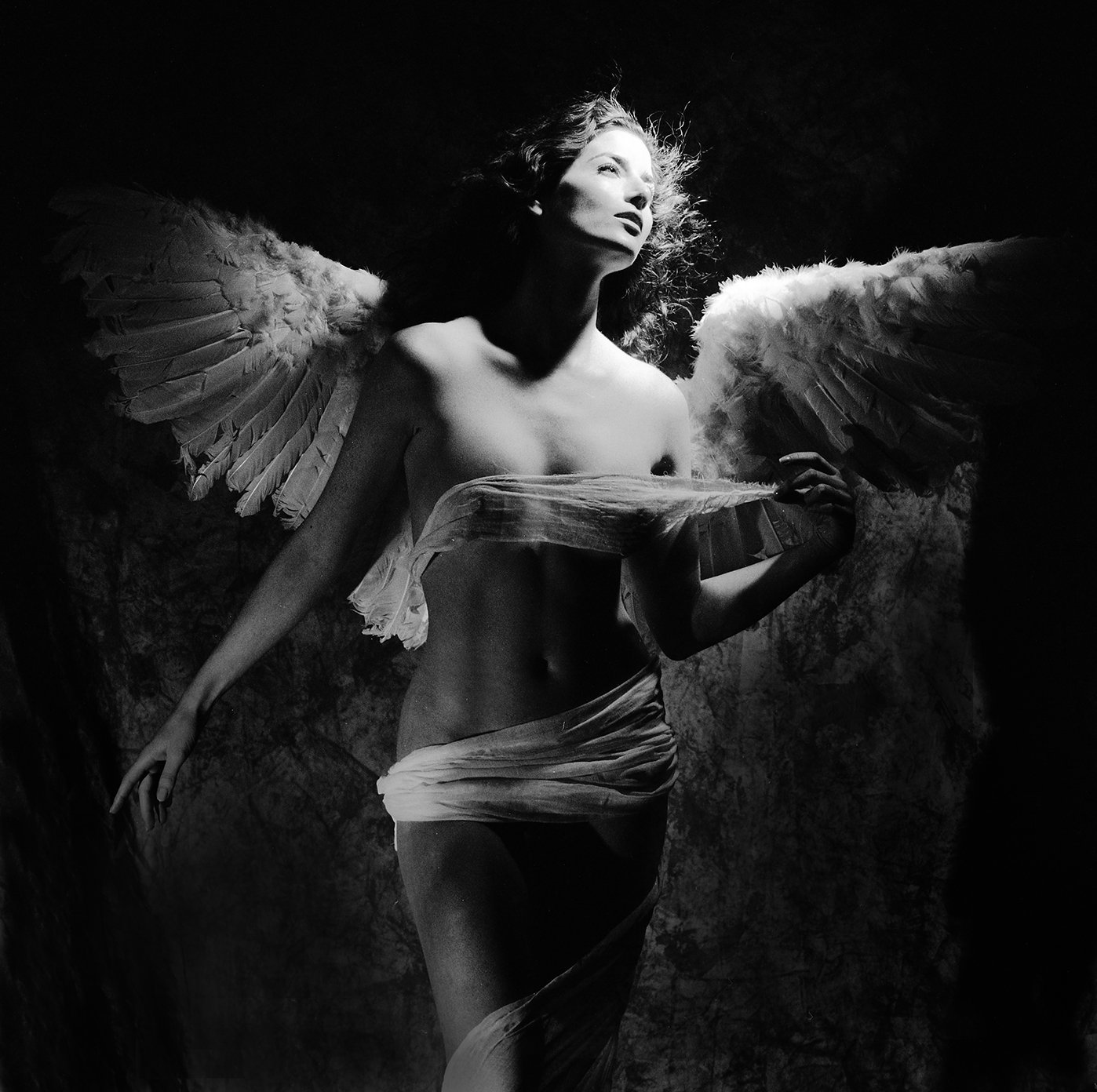
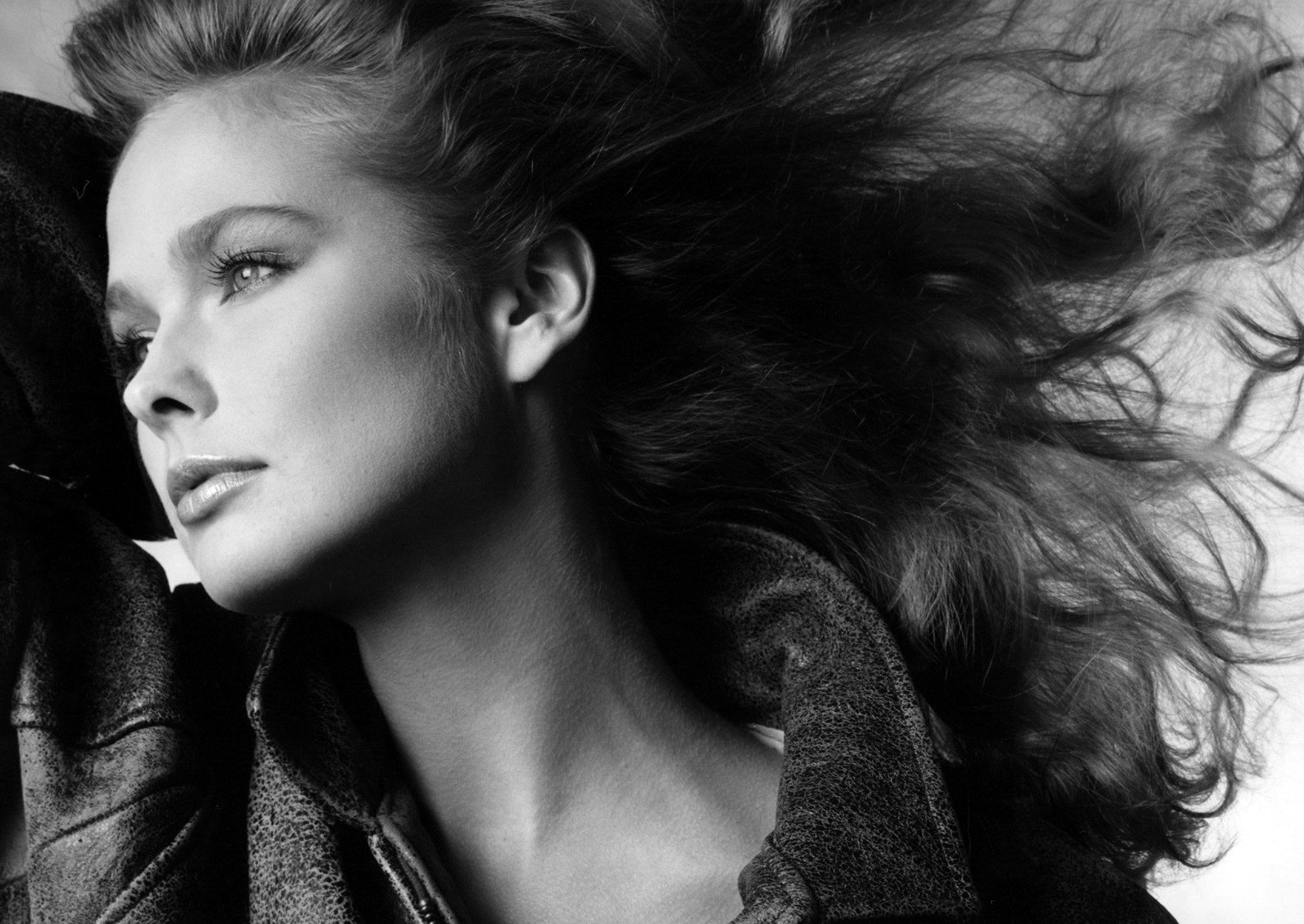

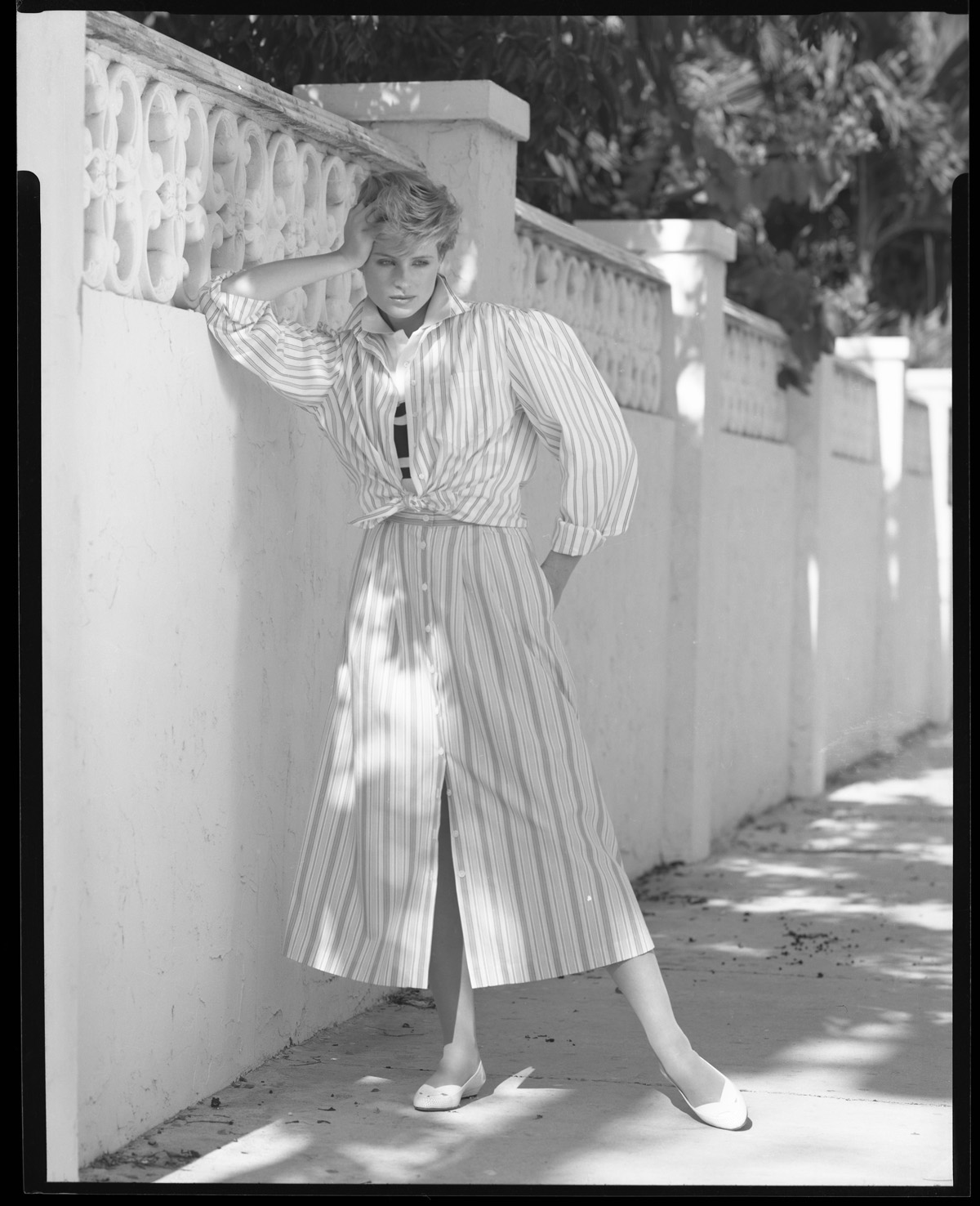
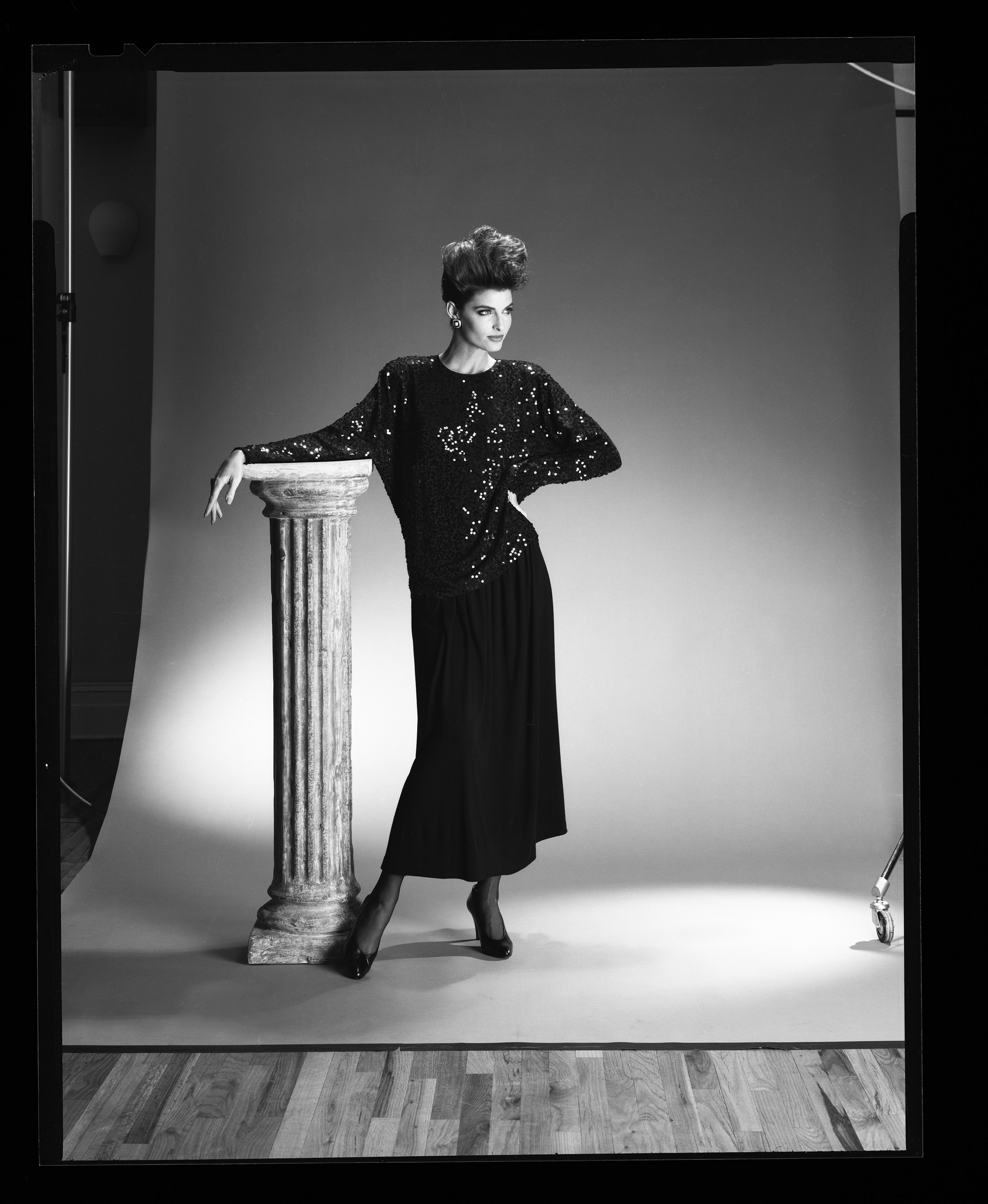
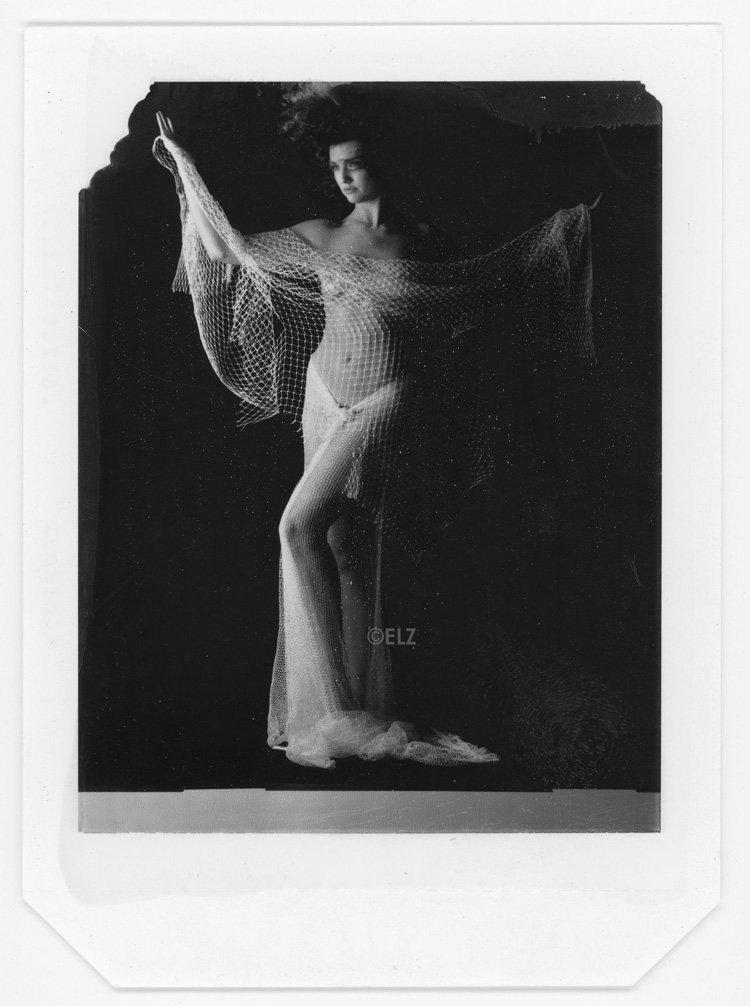
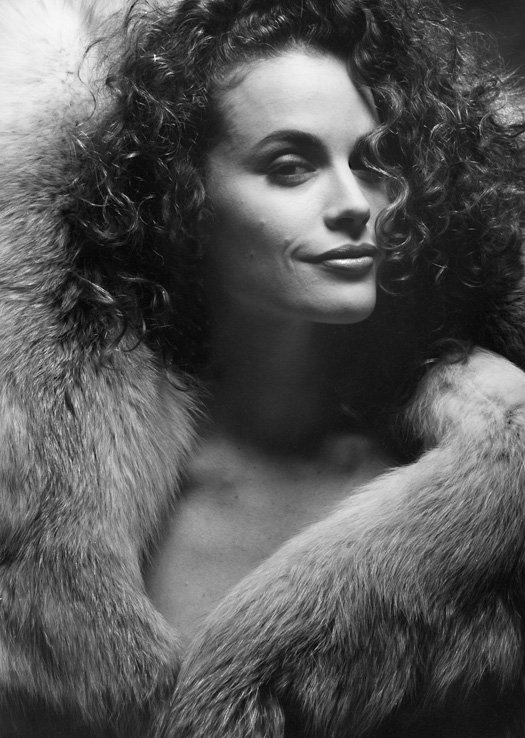
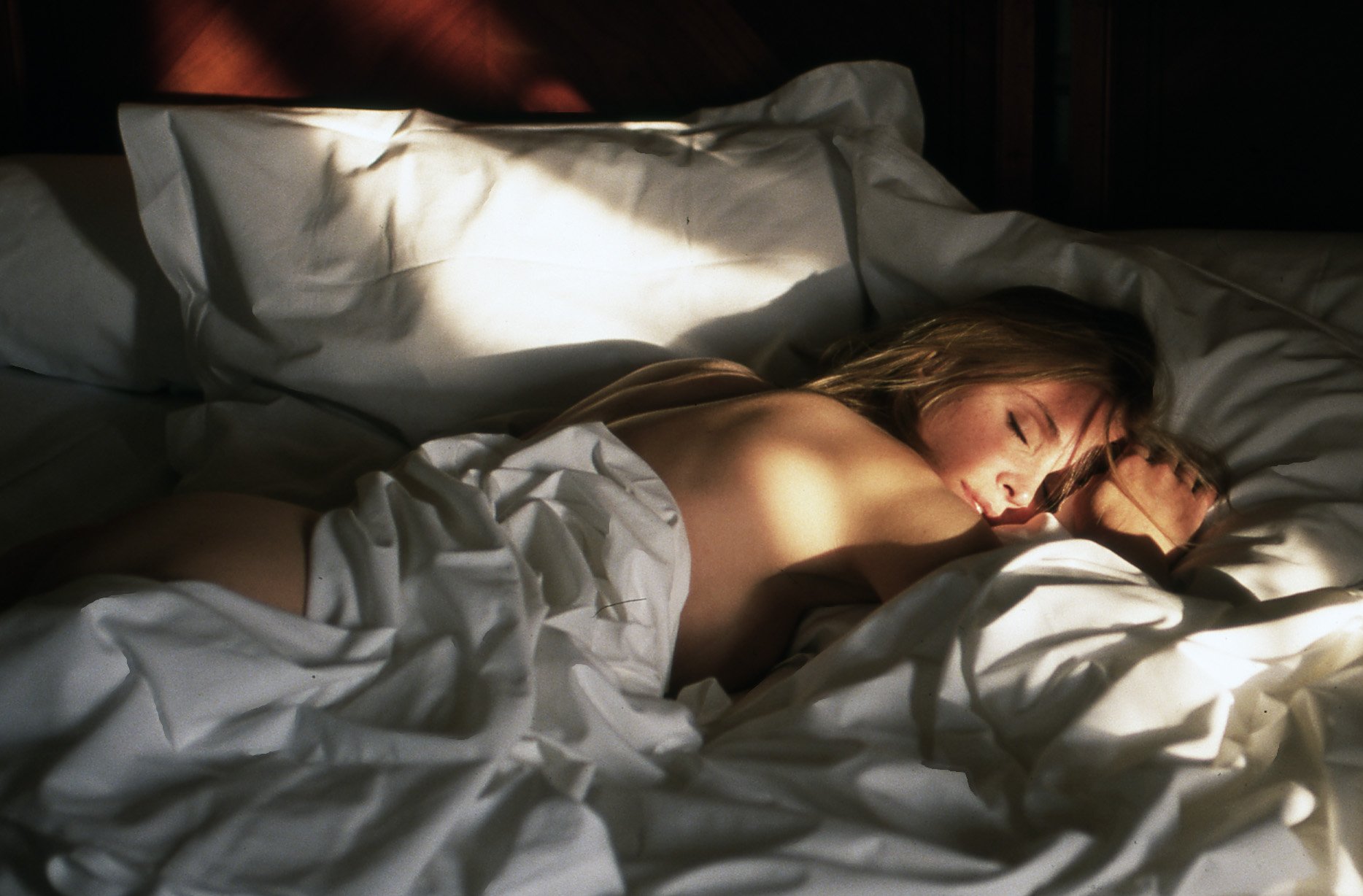
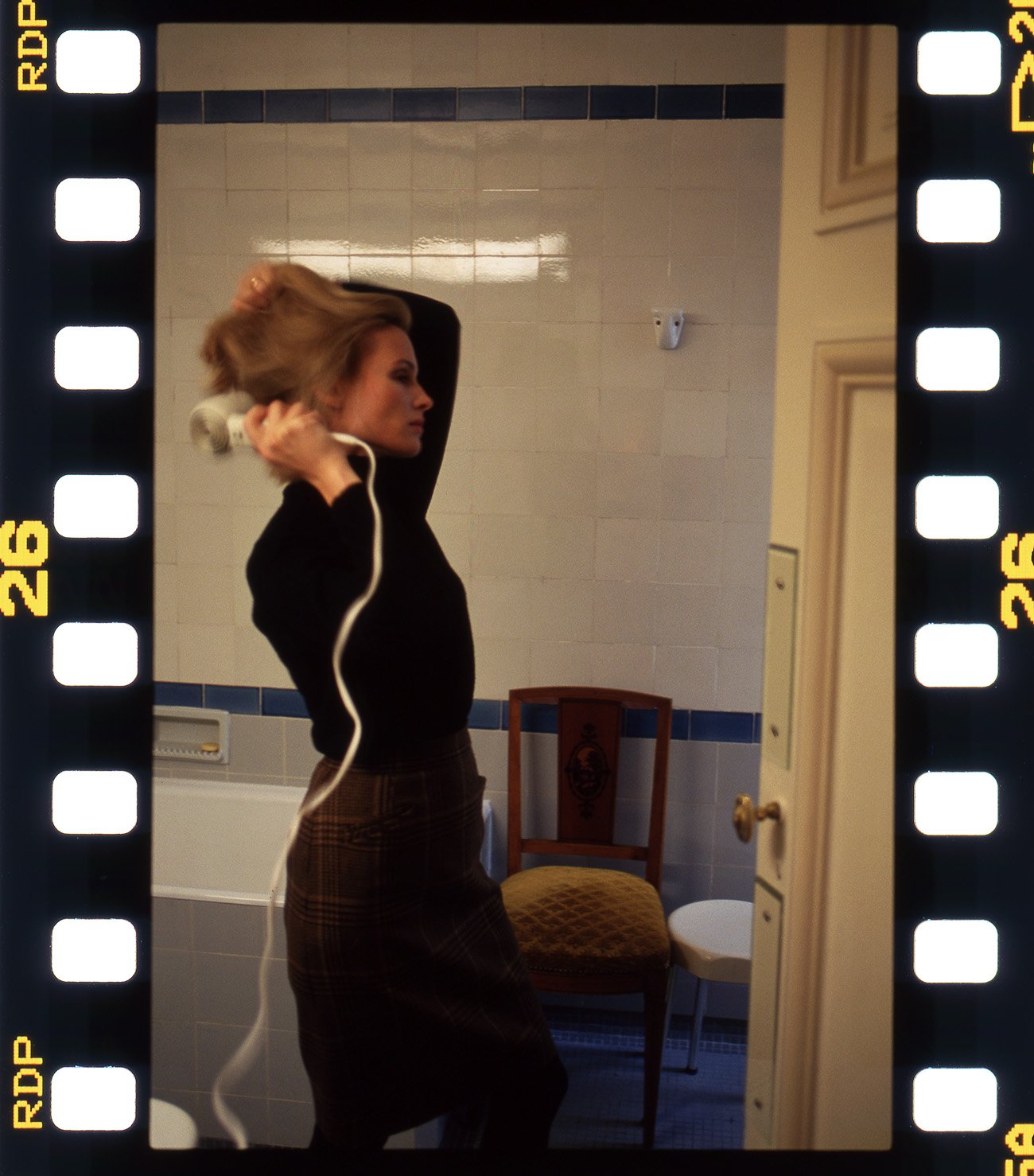
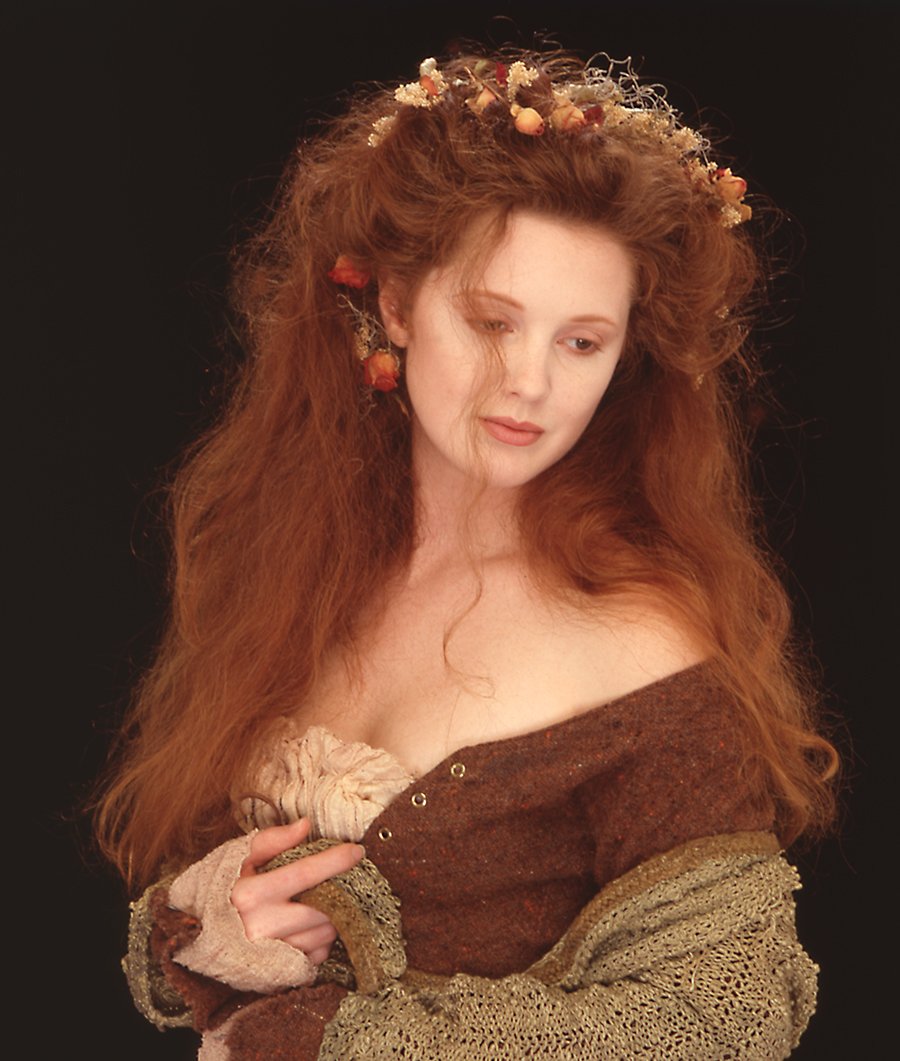
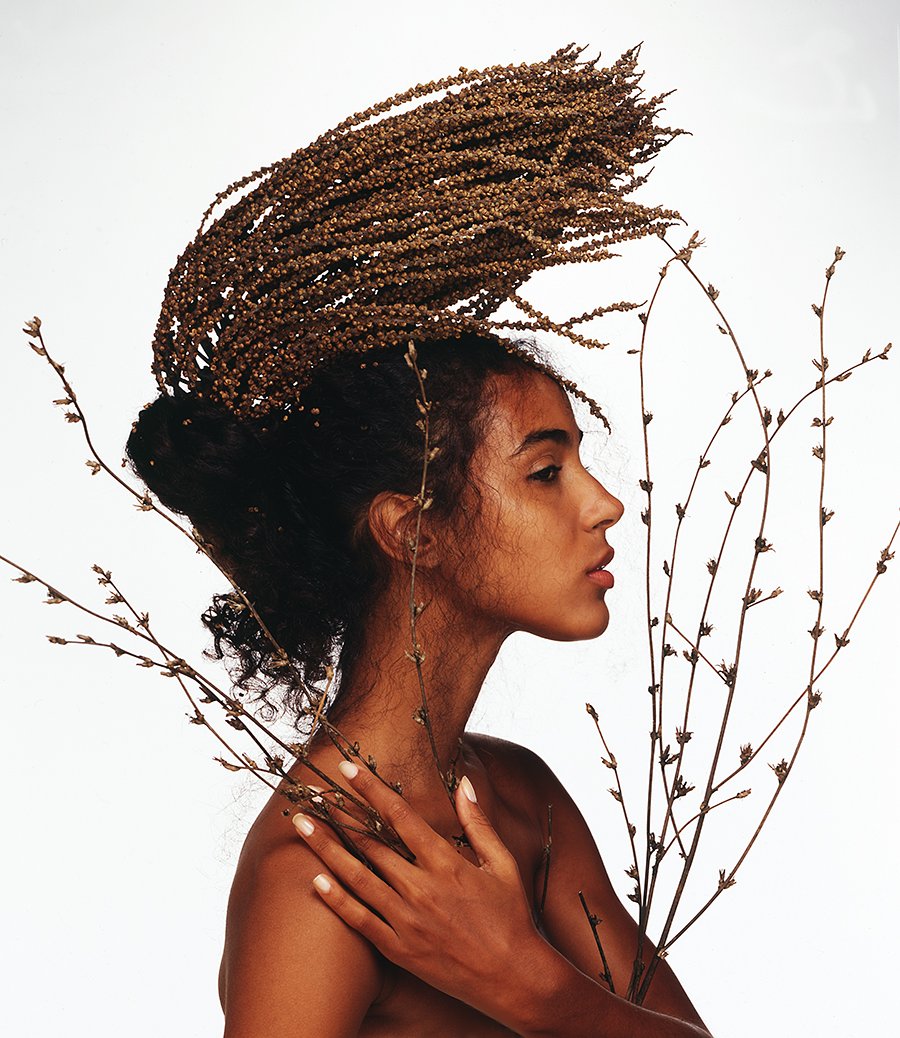


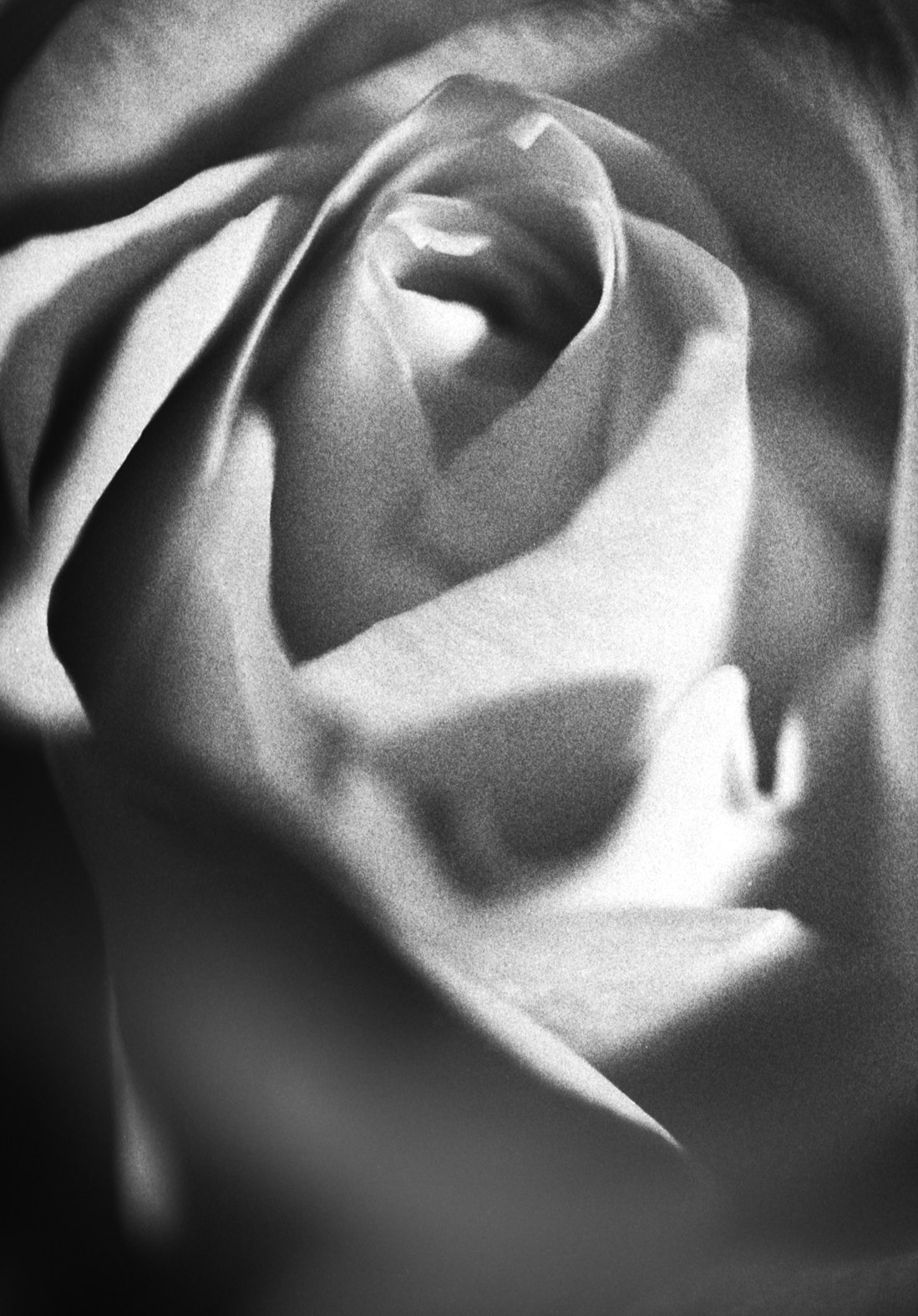
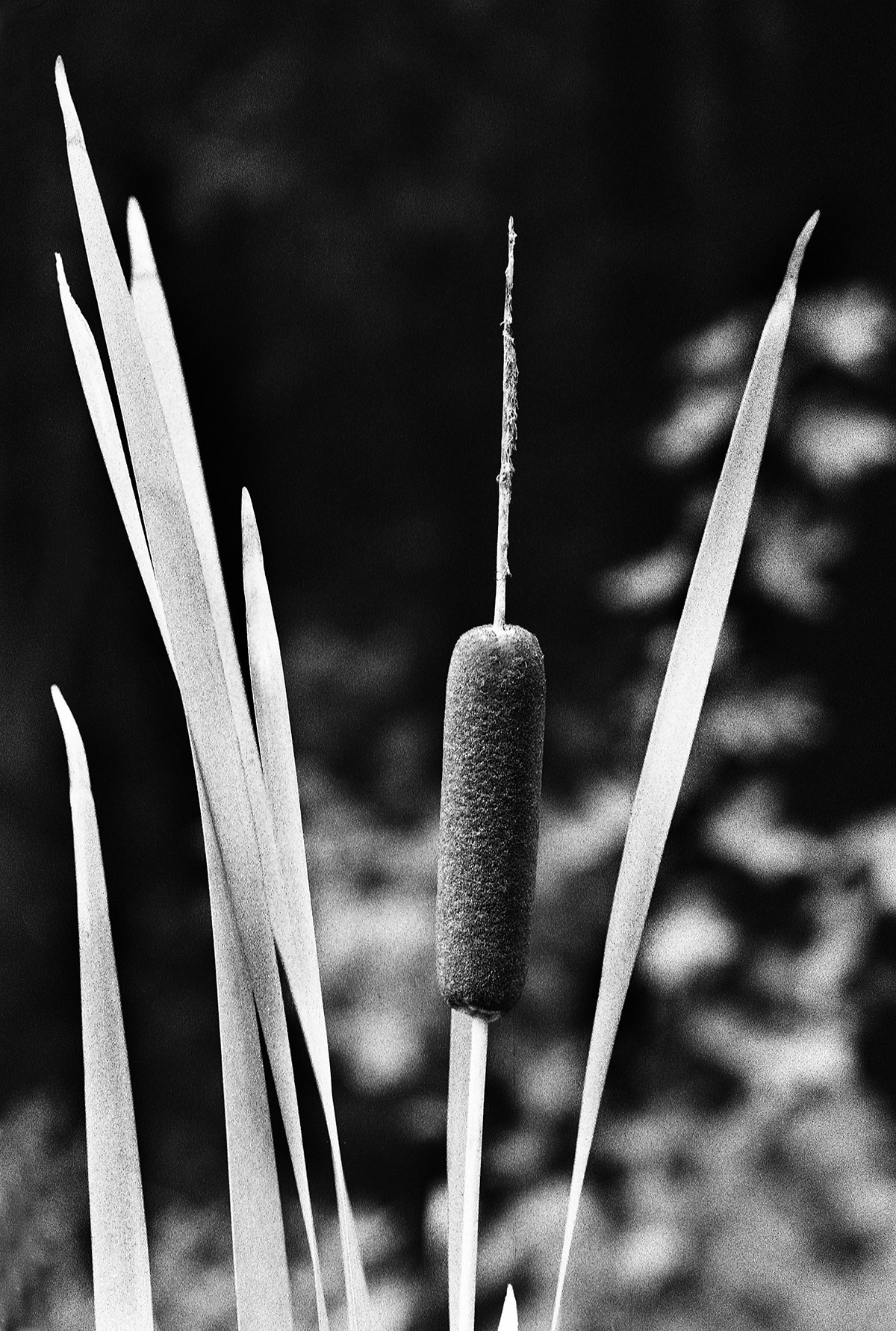
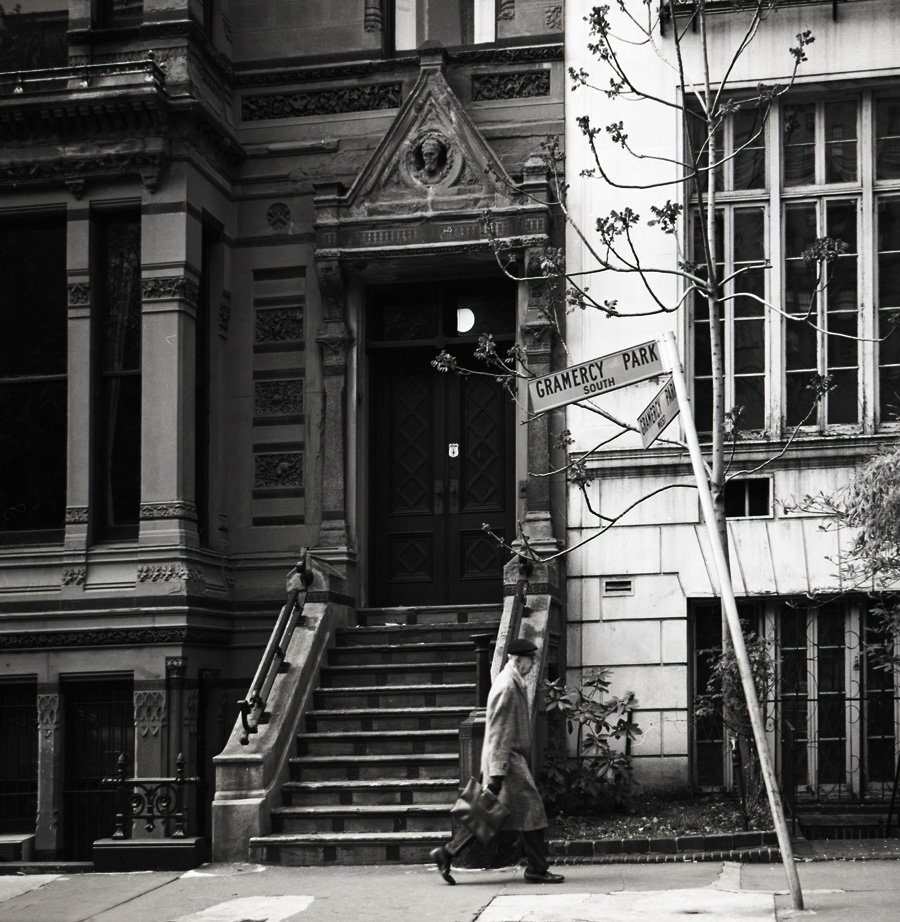
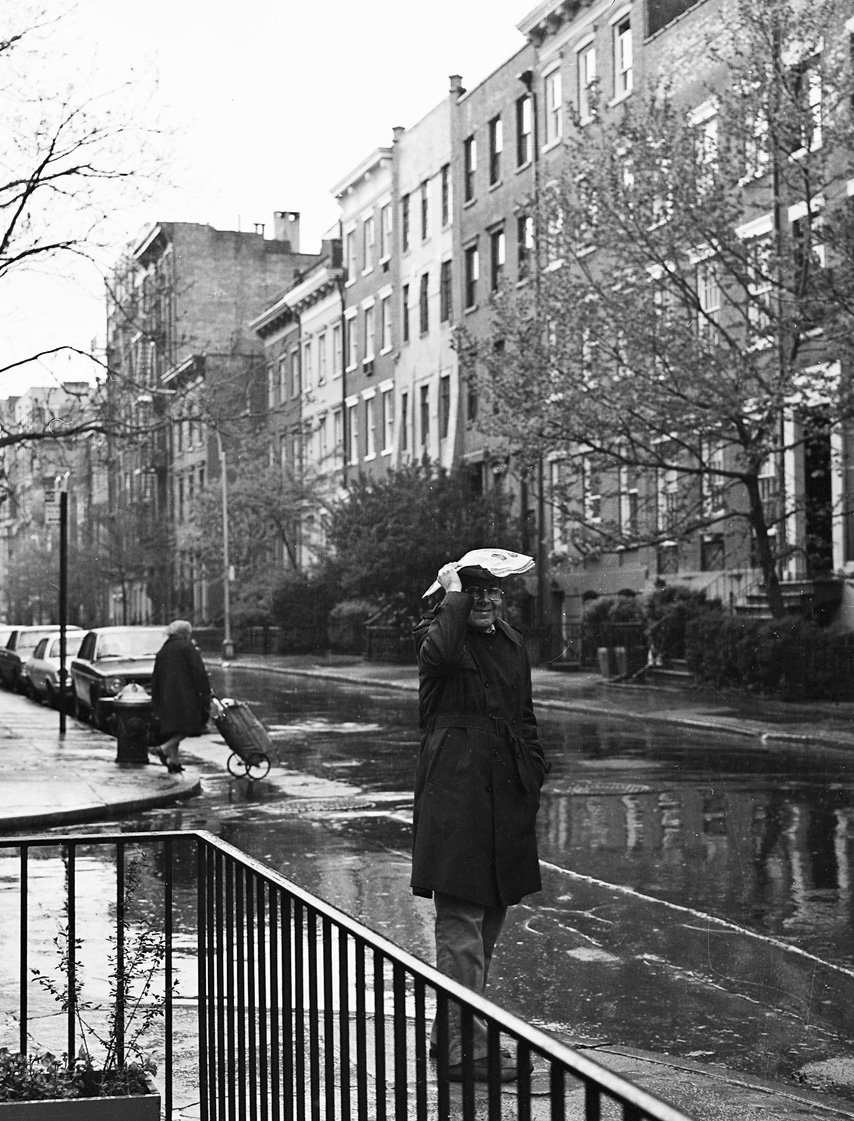
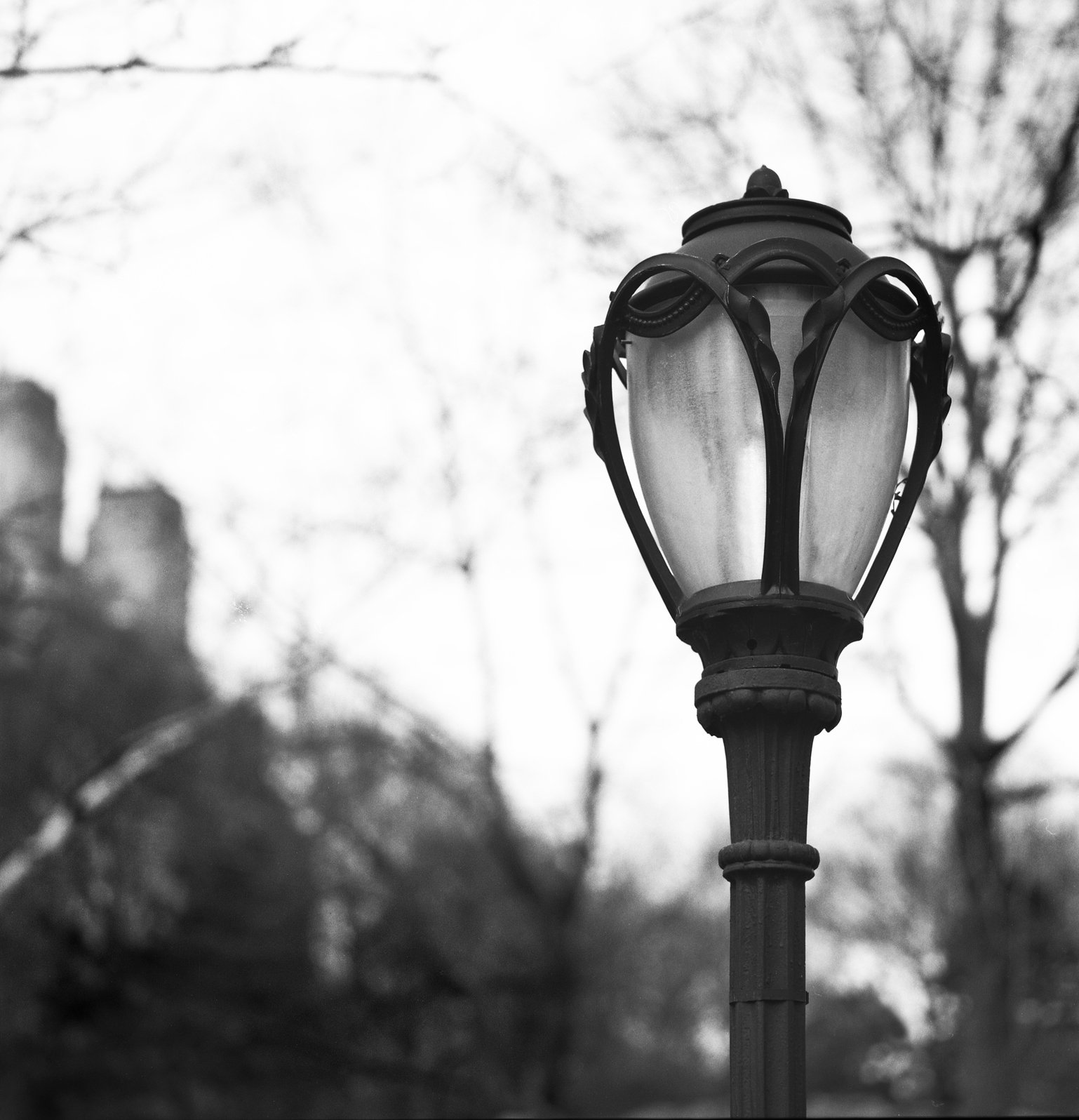
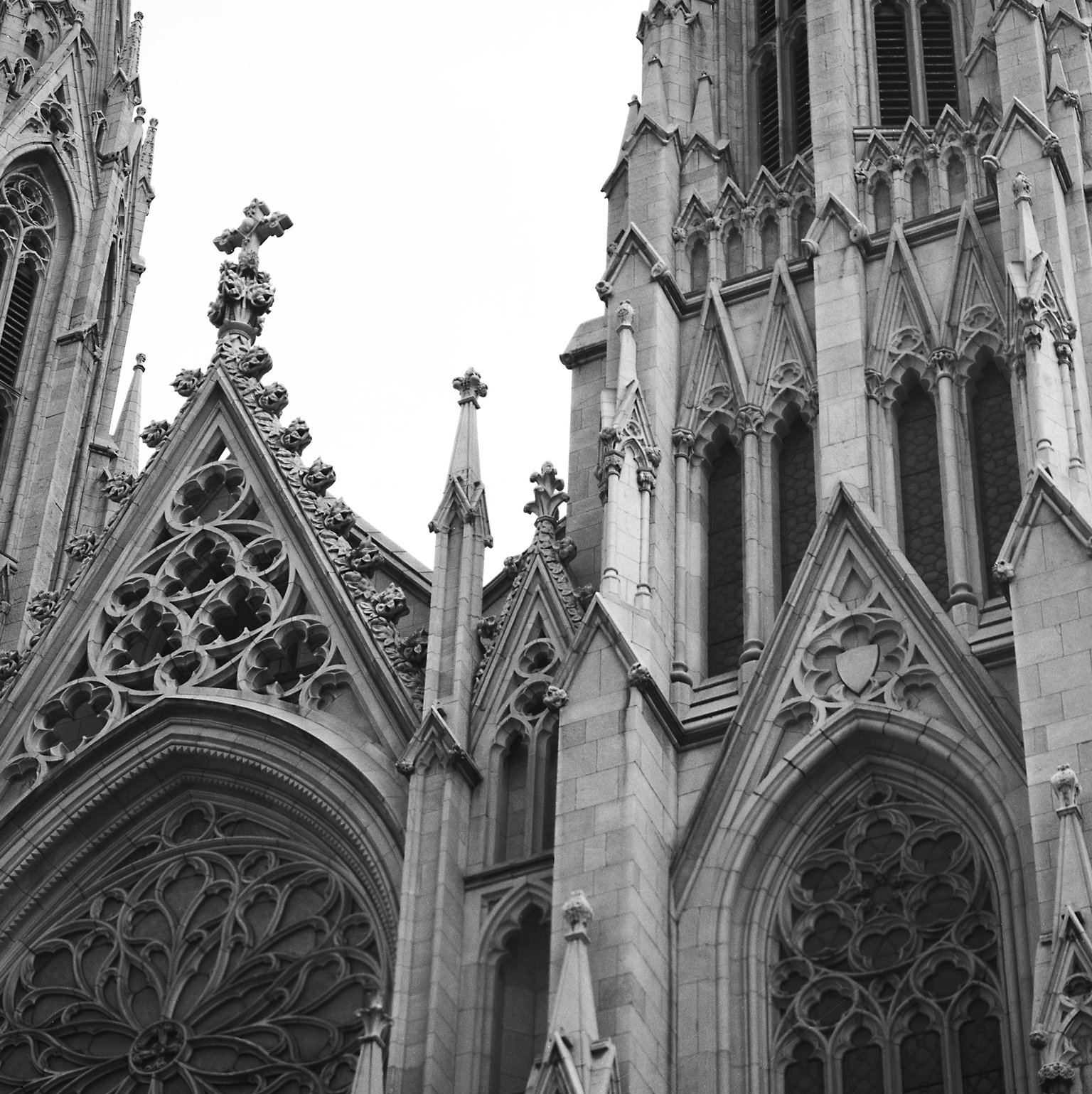
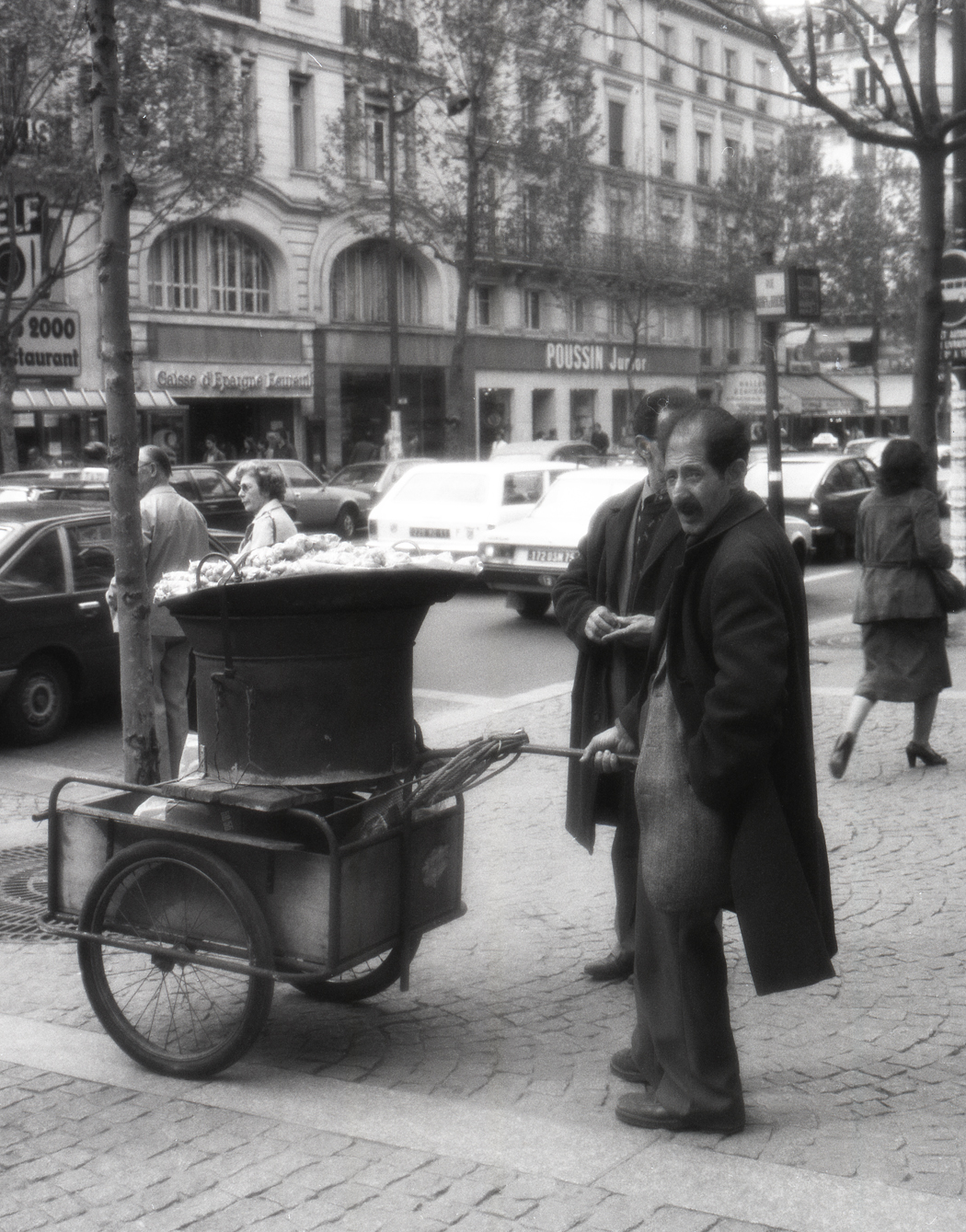
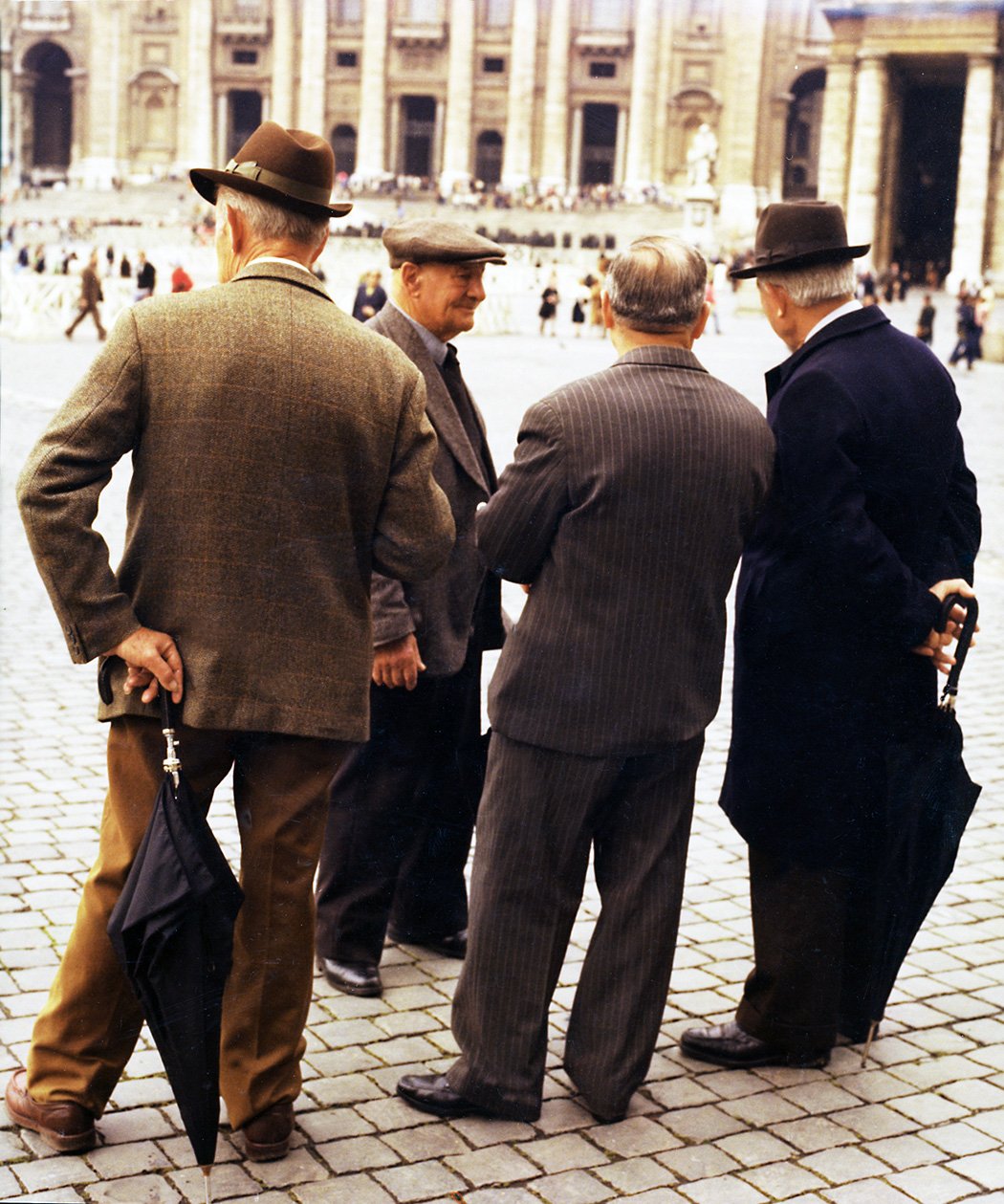
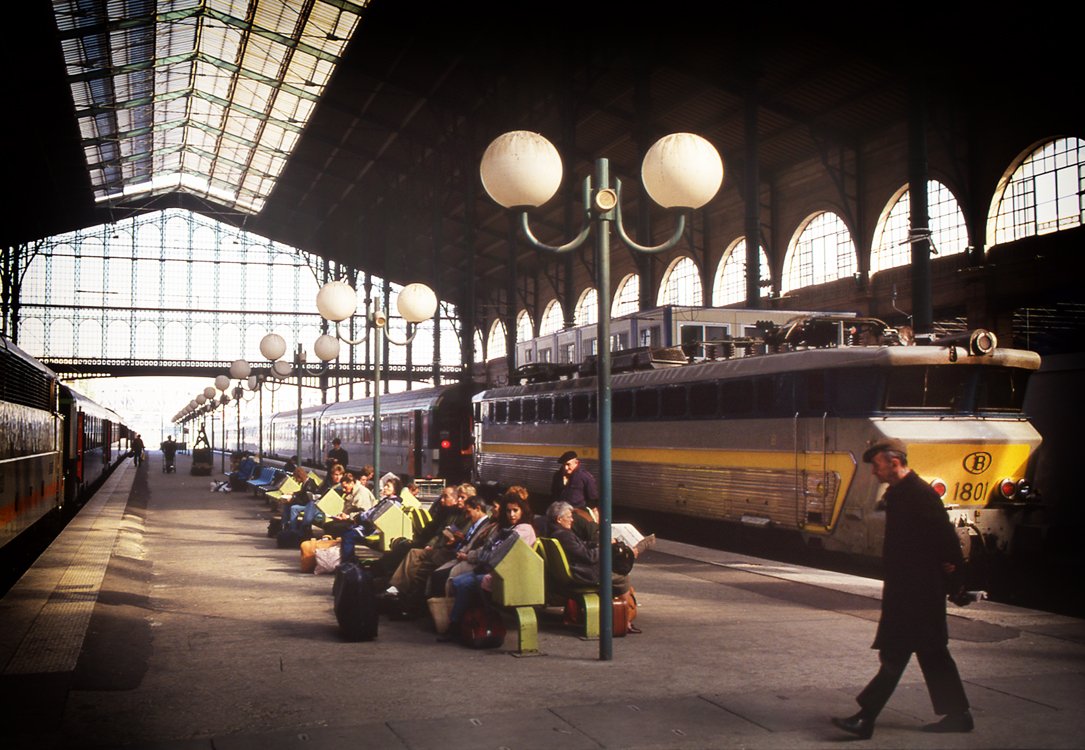


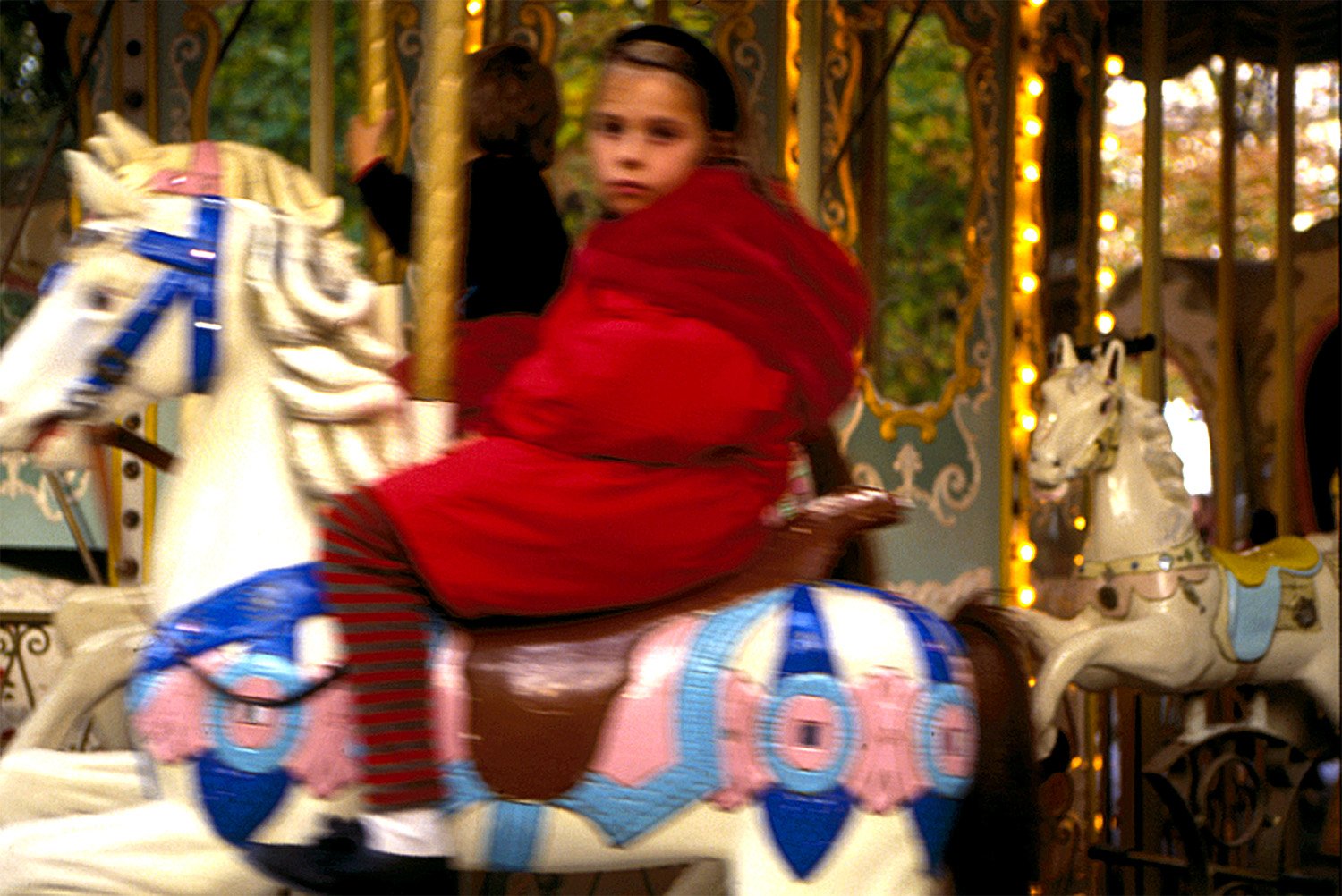

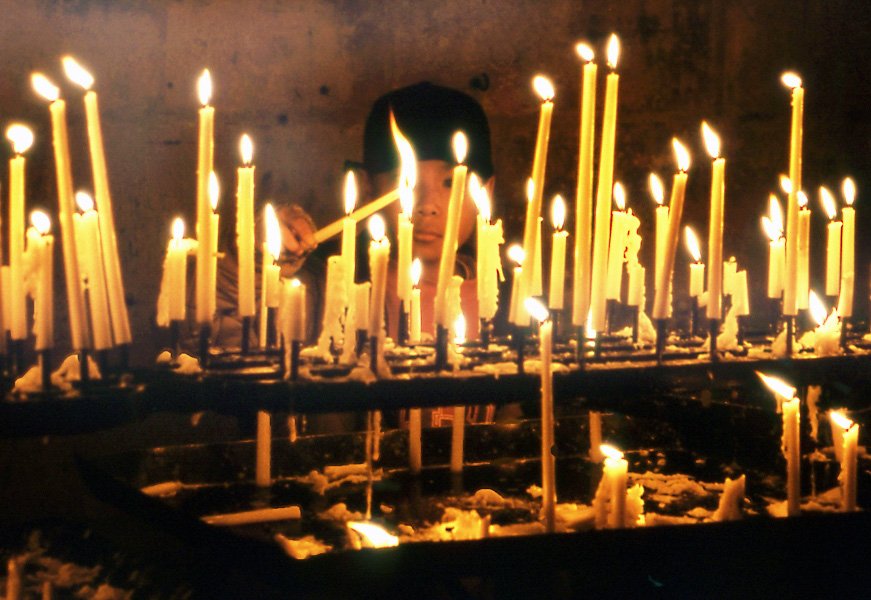
“I imagine a completely dark room, then I sculpt with light.”
This is the artistic philosophy of Barry Elz. This philosophy has taken Barry from a freelance field photographer with the St. Louis Cardinals, taking the seminal photographs of Hall of Famers such as Lou Brock and Bob Gibson, to the highest levels of the fashion industry, and then culminating with being selected to photograph the Chicago Bulls during their dynasty years, the photographs which were published in his New York Times bestselling, The Chicago Bulls: Portrait of an Era.
For Barry, it has been an almost impossible journey. While it would be easy to consider his career a series of fortunate turns, the actual narrative of his career is held together by his philosophy of art—every photograph begins with a dark room, then he sculpts. In other words, every photograph is the careful searching and unfolding of art.
The St. Louis Cardinals job started non-descript. Take photographs of the action, be there for portraits necessary for the Public Relations Department, and the such. Something set the photography of Barry Elz apart, though. In particular, it was his ability to see what a photograph can do and what it should do. At its worst, a photograph can be disruptive to how a person sees himself or herself. At its best, a photograph can enable a person to see hidden beauties he or she might not see. These photographs are usually taken by the best of photographers, specifically those that understand the potential risk inherent in taking photographs of human beings. It thus is no surprise that Barry was chosen by Lou Brock, at the very height of his career, to be his portrait photographer. Barry also was present at many of the distinguishing mile-markers for the Cardinal organization; these accomplishments are directly tied to Barry’s ability to see that special thing deep within a person, perhaps something that person has not even seen but that shines in the photographs.
The transition from St. Louis to Chicago and then New York signaled a maturation in the photography of Barry Elz. Gone were the youthful days of simply being happy on the field and to come were days of serious photography. The joy was no less; it was simply a different and much more adventurous happiness. As Barry tells it, he learned what it takes to work at the high levels of the fashion and advertising industry, which for photographers means the highest of expectation and demands. If you can make it here, you can make it anywhere, as the song goes. And the reality of the situation is that Barry made it. He made it big. He photographed Cindy Crawford, Kathy Ireland, Jennifer Beals, and Janice Dickinson, to name a few world-class models.
And yet, while it is fun to get Barry talking about the fashion photography scene in the Eighties in New York City, if you want to see him light up, ask him about the late night art photography sessions, in most cases with those same models, many who gave their time because they understood the relevance of his figurative photography. Or perhaps, you can get Barry to talk about his portfolio with boxers, not the famous ones but the ones who toiled in obscurity and whose jobs it was to fight but ultimately lose to younger up-and-coming boxers. It is the creation of art through which Barry Elz finds meaning in life. This much is evident in the figurative photographs in his polaroid series and his scapes series, the result of those late night sessions utilizing Sinar Bron large-format view cameras that show just how amazing his light sculptures truly are. This much is evident in his boxers series, that shows young men for whom life has not been kind but who nonetheless are dignified and courageous and hard-working, the essence of what a man should be.
Nothing is as amazing as the artist who creates art simply for the sake of creating art. Instead of making art for a commodities market, these photographs allow us a glimpse of the photographer-in-performance: gone is the stress of production for consumer audience and in its place is the creating of art without restraint, a total freedom of expression. These photographs show what is possible when an artist simply does what an artist must do, namely to create something that will last for eternity.
The last chapter of Untethered Series is the photographs of the Chicago Bulls. They were created in 1996-1998, the height of the Bulls dynasty. This also is an important point for Barry Elz. After a long and illustrious fashion photography career in New York, he opened a Chicago studio in the early 1990’s and quickly established himself as a high in-demand sports photographer. His clients included Nike and Gatorade, for whom he provided the photographs for their successful “sweat” advertising (a concept still in use today), which included many icons of the sports world at the time.
The art of Barry Elz is unique. The photographs capture a time when photography meant a strict adherence to detail and craft, as well as a time when photography captured the intimate connections involved in the careful searching and unfolding of art. In a sense his art is the evocation of a time and place; the name of his project is entitled Untethered, as a way of noting that these photographs were captured on film. His project is at once an art project and one of history for it narrates a story told in silver halide crystals. In his photography Barry Elz brings the richness to the word for his art; the word “photography” means to draw with light and these photographs are devoted to sculpting with light.
Jesus Montaño, PhD. Hope College.
